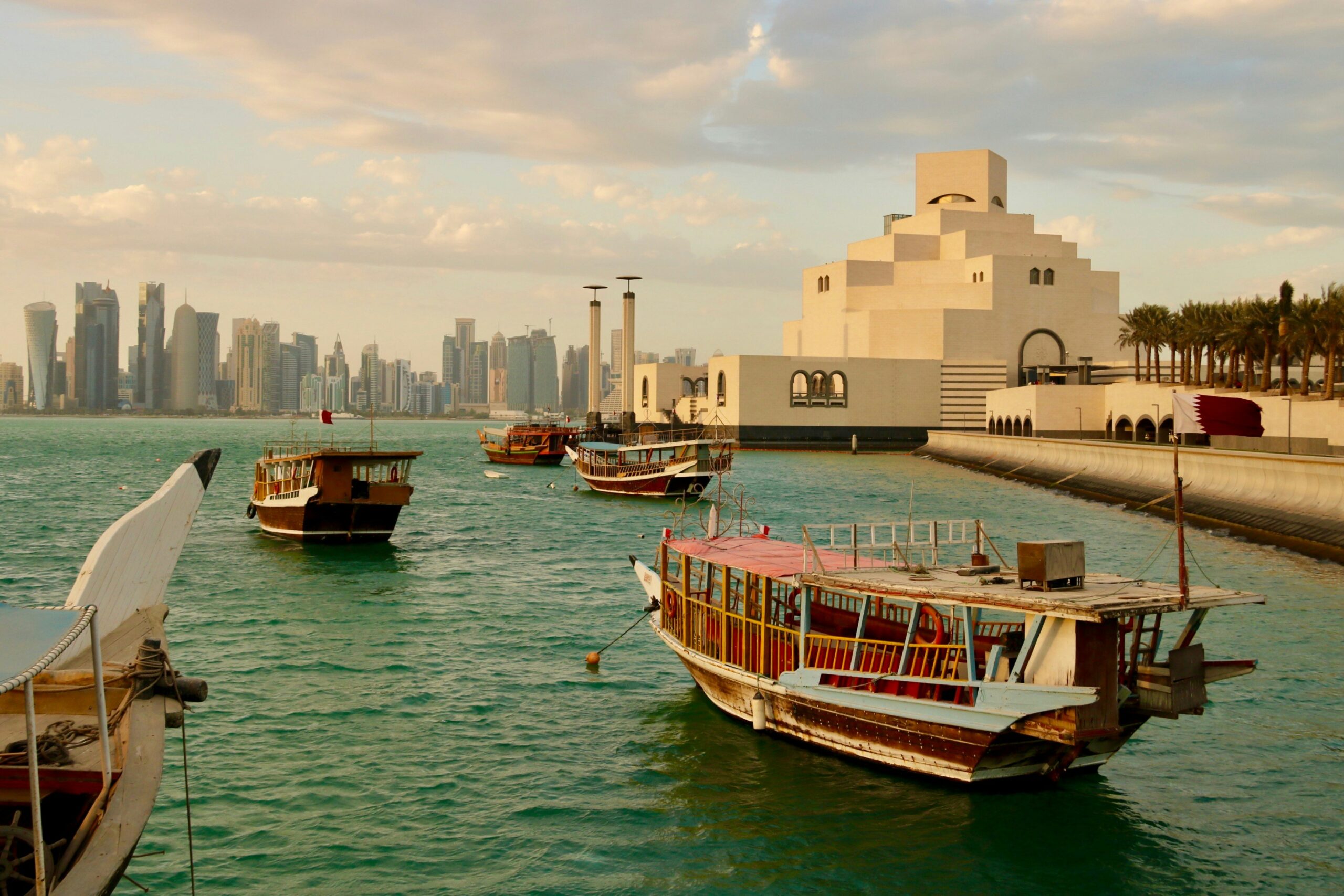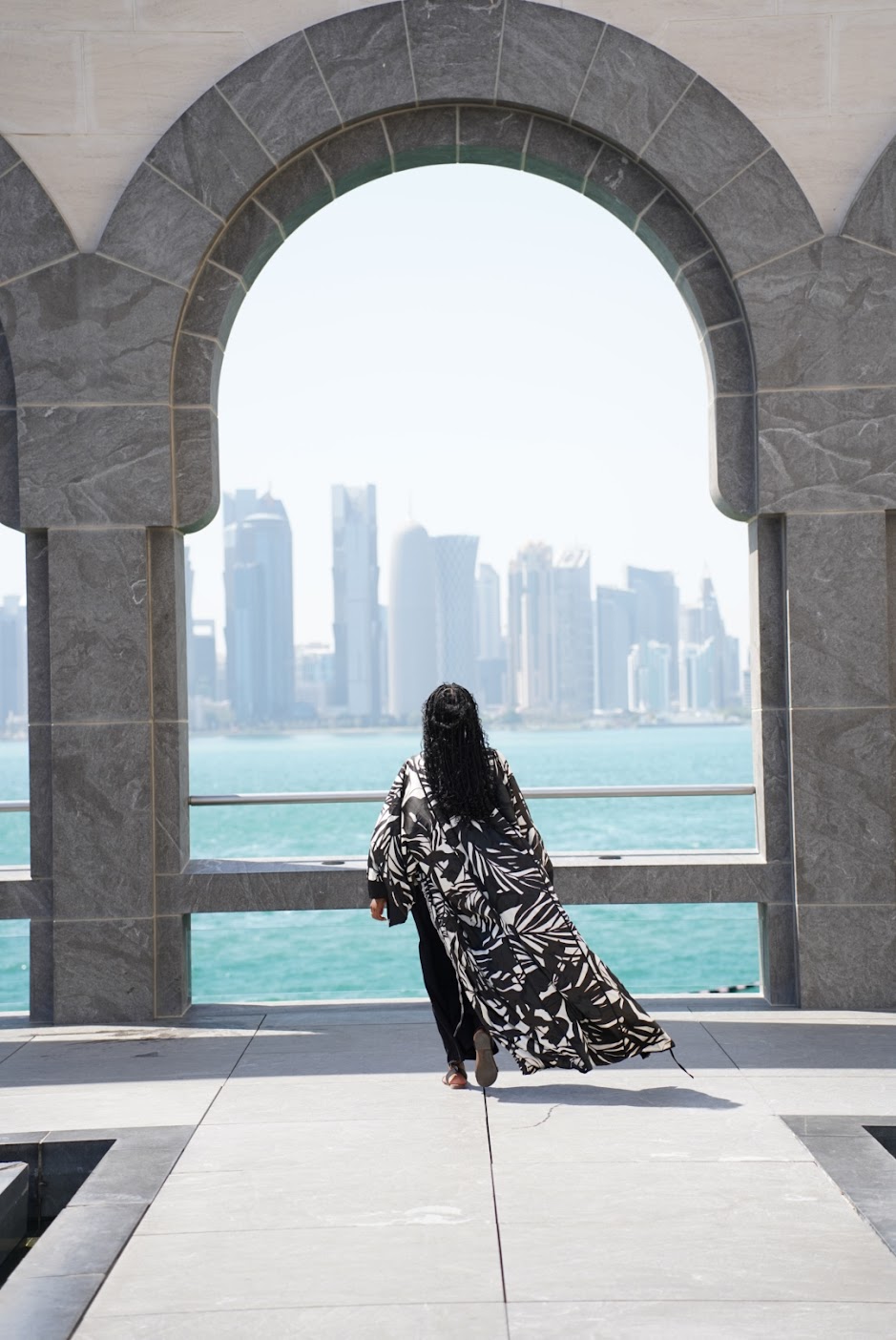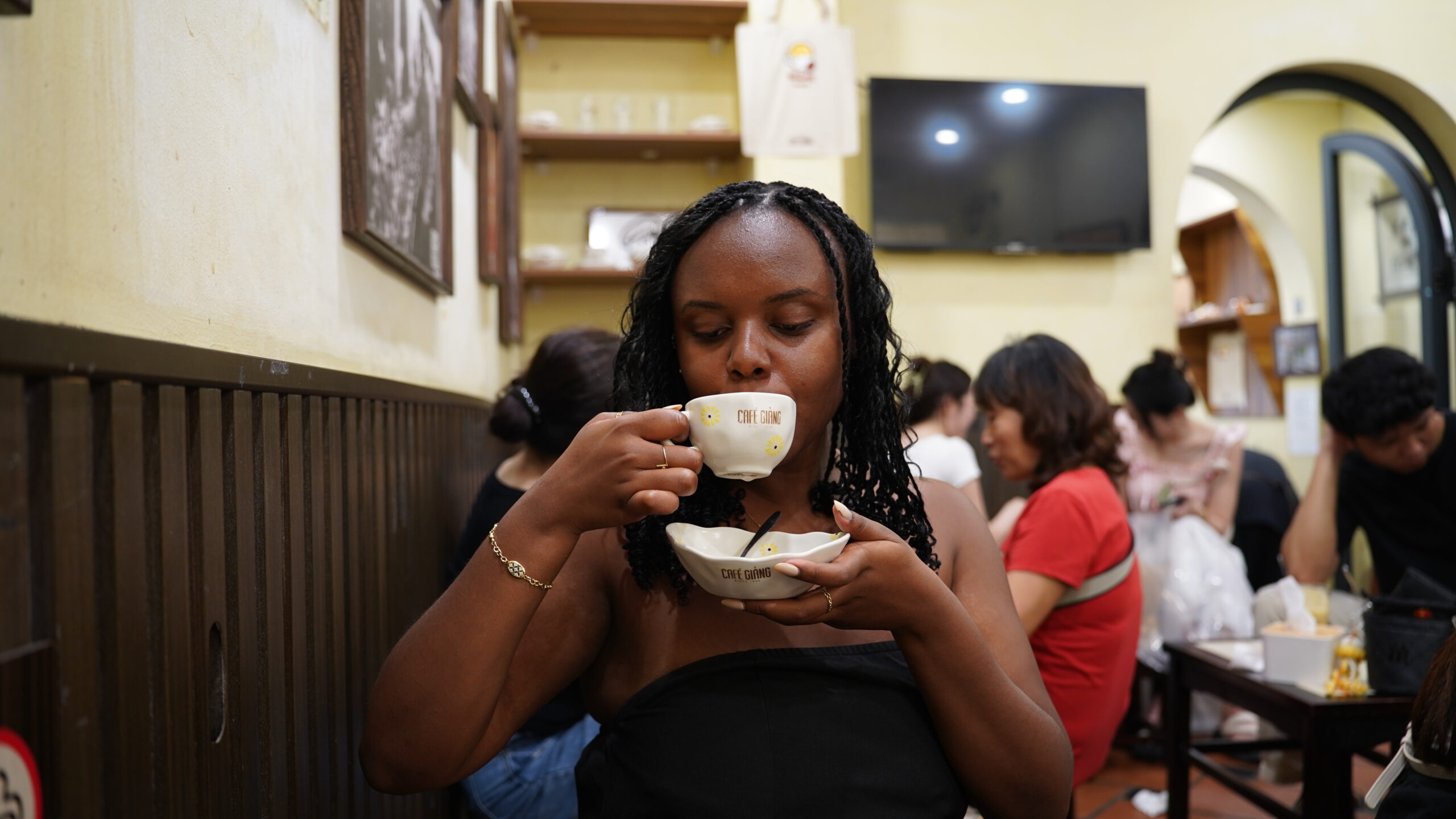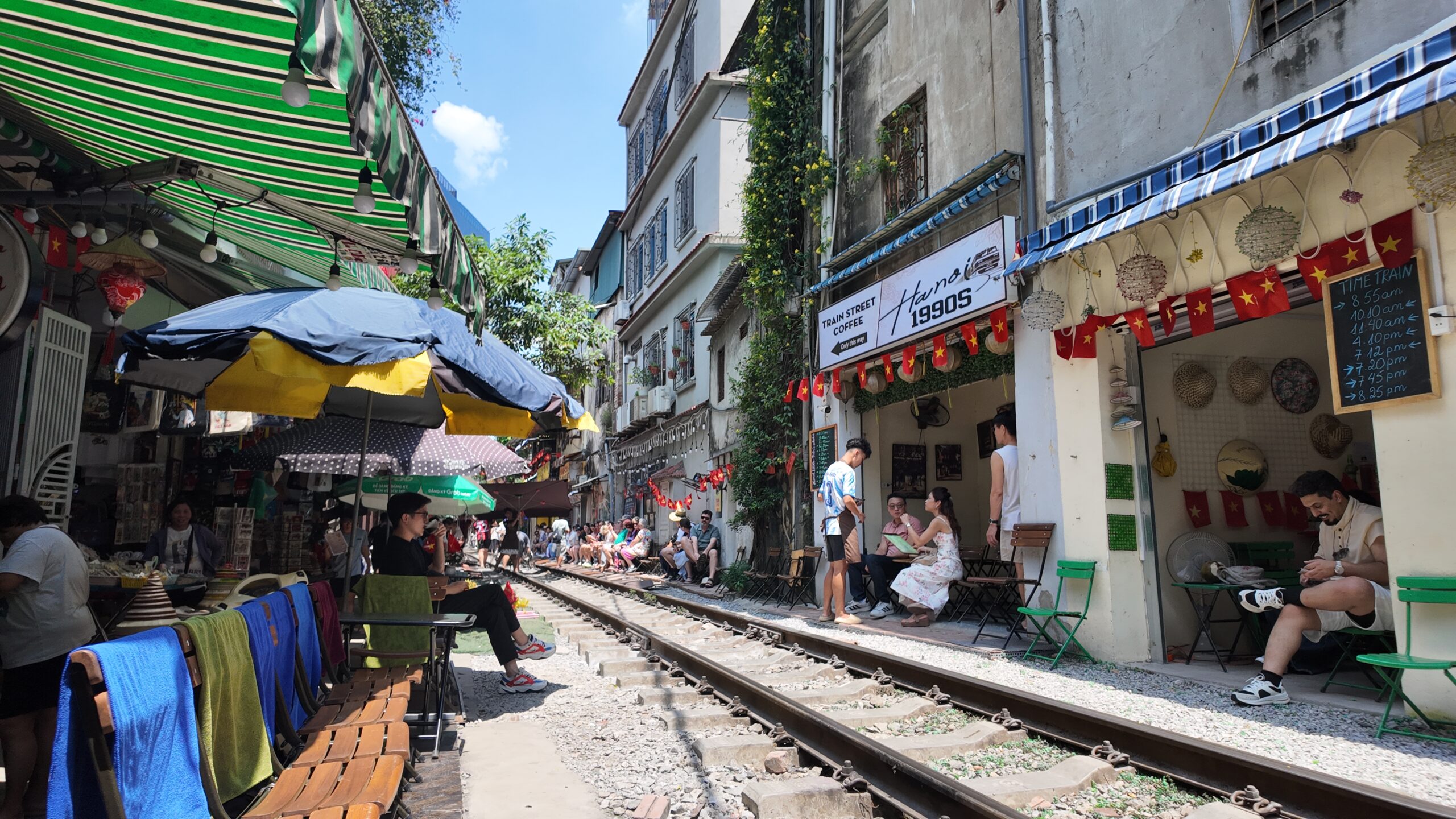The first half of my solo one-week trip to Italy began in Rome, the country’s busy capital.
Rome was the first major European city I traveled to alone. I did a lot of research and learned a lot of lessons from my trip, and now I want to share that knowledge with you to help you prepare for your trip.
In this Rome travel guide, I’ve put together everything I did and learned while exploring the city—from the top things to do and places I ate, to how I got around using public transportation.

Table of Contents
Toggle————————-
This blog post may contain affiliate links which means that if you book one of these activities using my link (which I know you will because you loved how helpful this blog post is *wink*I am going to receive a small commission at no additional cost to you. Thank you for supporting BCJ!
Other FREE Travel Guides You Might Enjoy:
——–
Rome International Airport
Rome’s international airport is the Fiumicino Airport (FCO), which is officially known as the Leonardo da Vinci International Airport.
I flew from Doha, Qatar, with Qatar Airways and had about a 5.30-hour direct flight into FCO.
I found the airport to be fairly straightforward to navigate and convenient.
Once you exit the immigration area, you’ll find currency exchange booths, SIM card stands, and other services and goods to make your time in Rome a breeze.
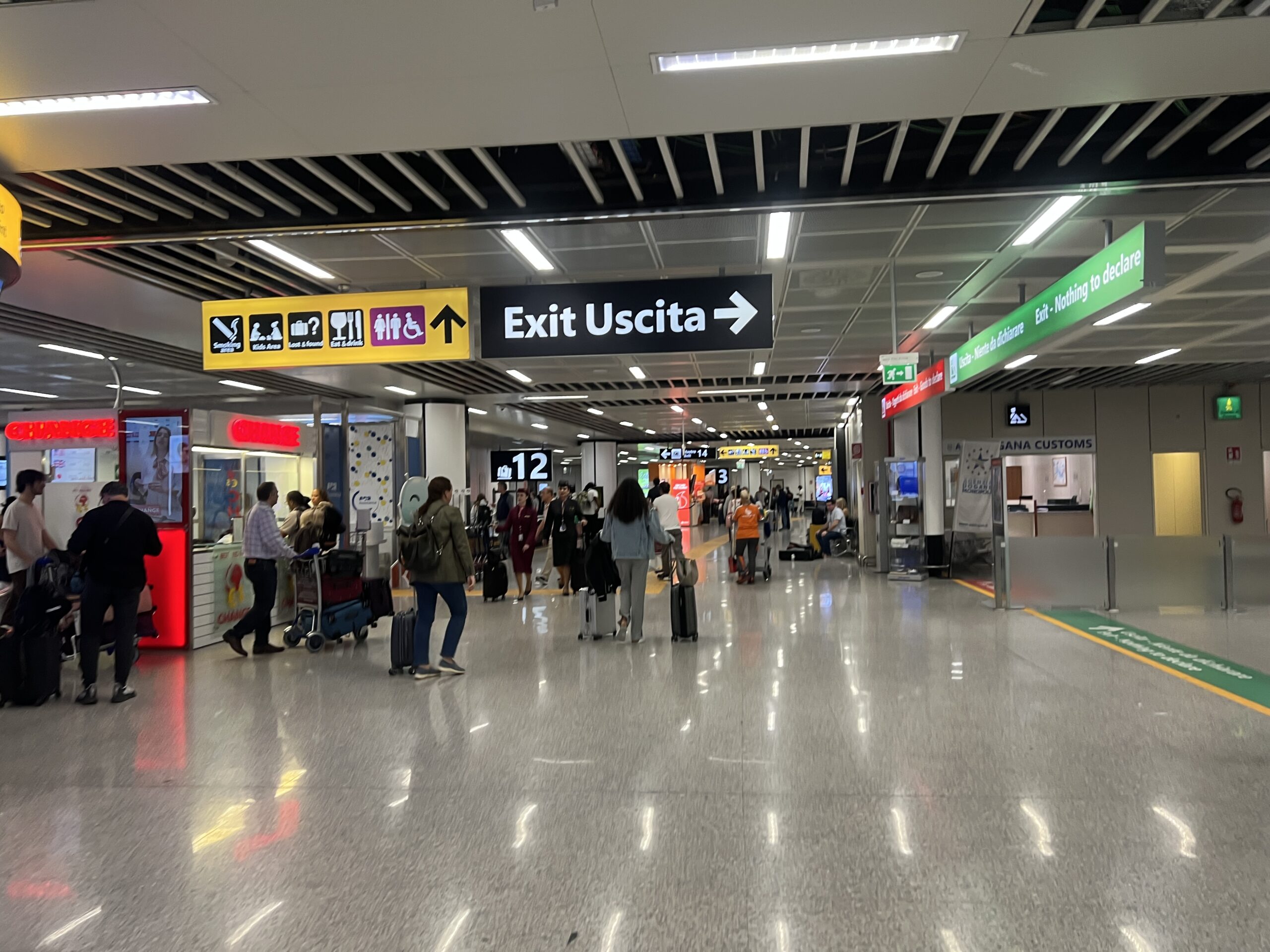
How to Get to the City from the Airport
Besides taking a taxi, I was pleasantly surprised to see that there is both a train and bus option to get into the city from the FCO Airport upon arrival.
Leonardo Express Train
The Leonardo Express runs several times a day from the FCO airport to the Rome Termini train station.
The train leaves about every 30 minutes and is a direct train with no stops. It will take you to Rome Termini in about 40 minutes.
I chose to take the train into the city when I arrived in Rome.
I purchased a ticket for €14 using one of these ticketing machines. I recommend choosing a time that is at least 30 minutes from the current time so that you have time to navigate and find your way to the correct boarding point.
You can also purchase a ticket ahead of time here.
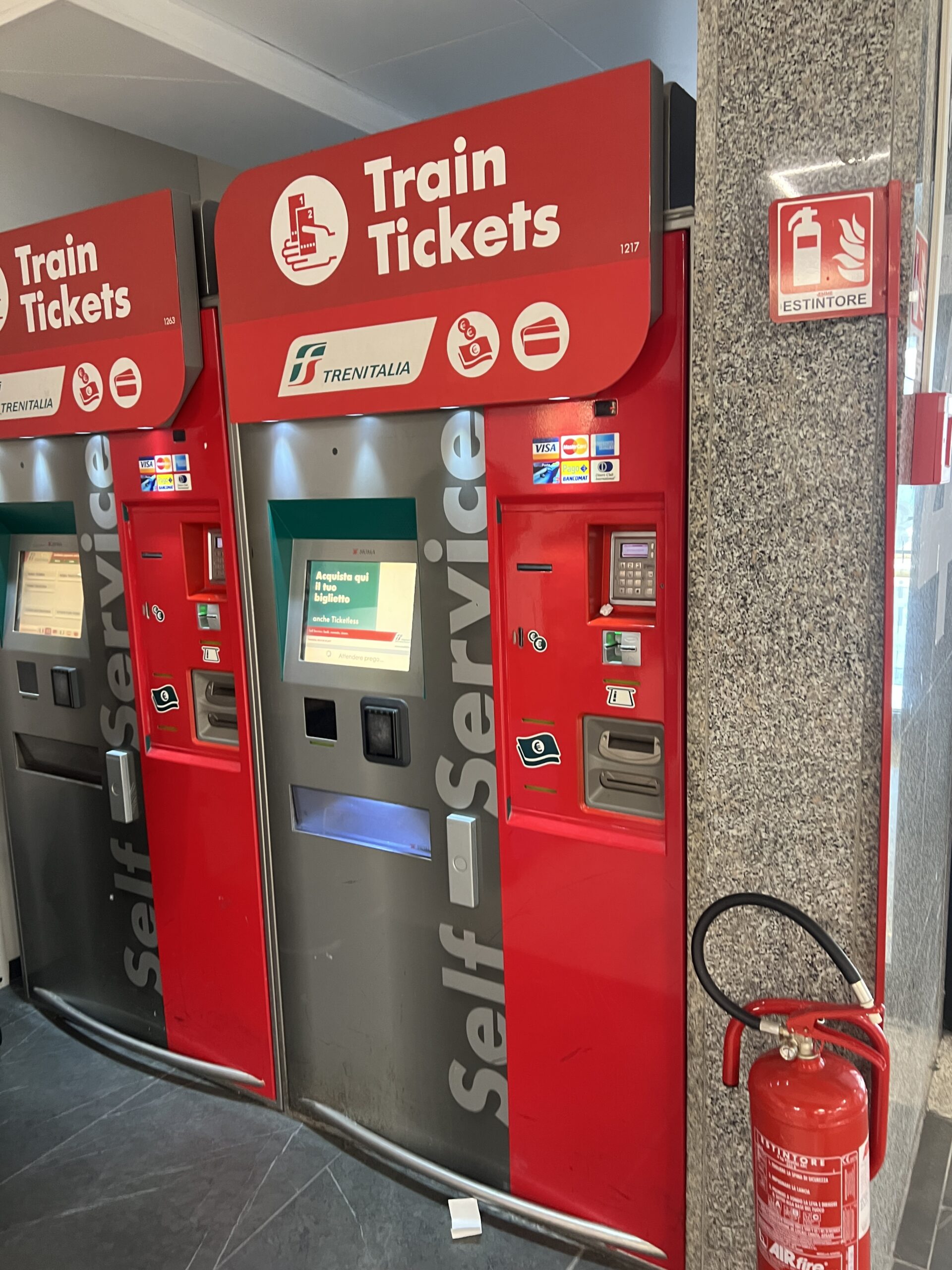
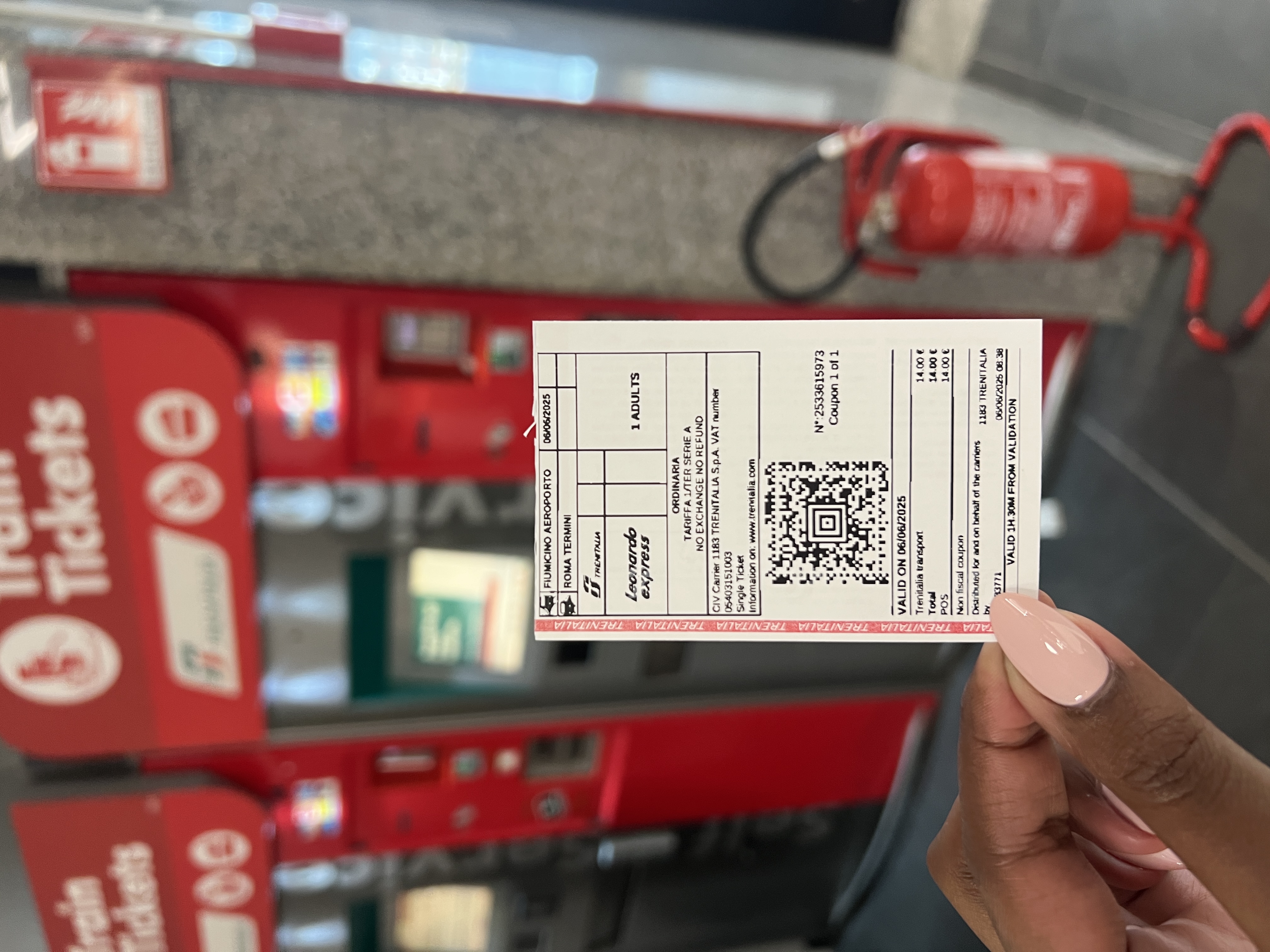
The train station where you were bored, the Leonardo Express train, is across the street from the airport.
As soon as you exit, you will see several signs with the metro icon, and you should follow them to be guided to the correct place.
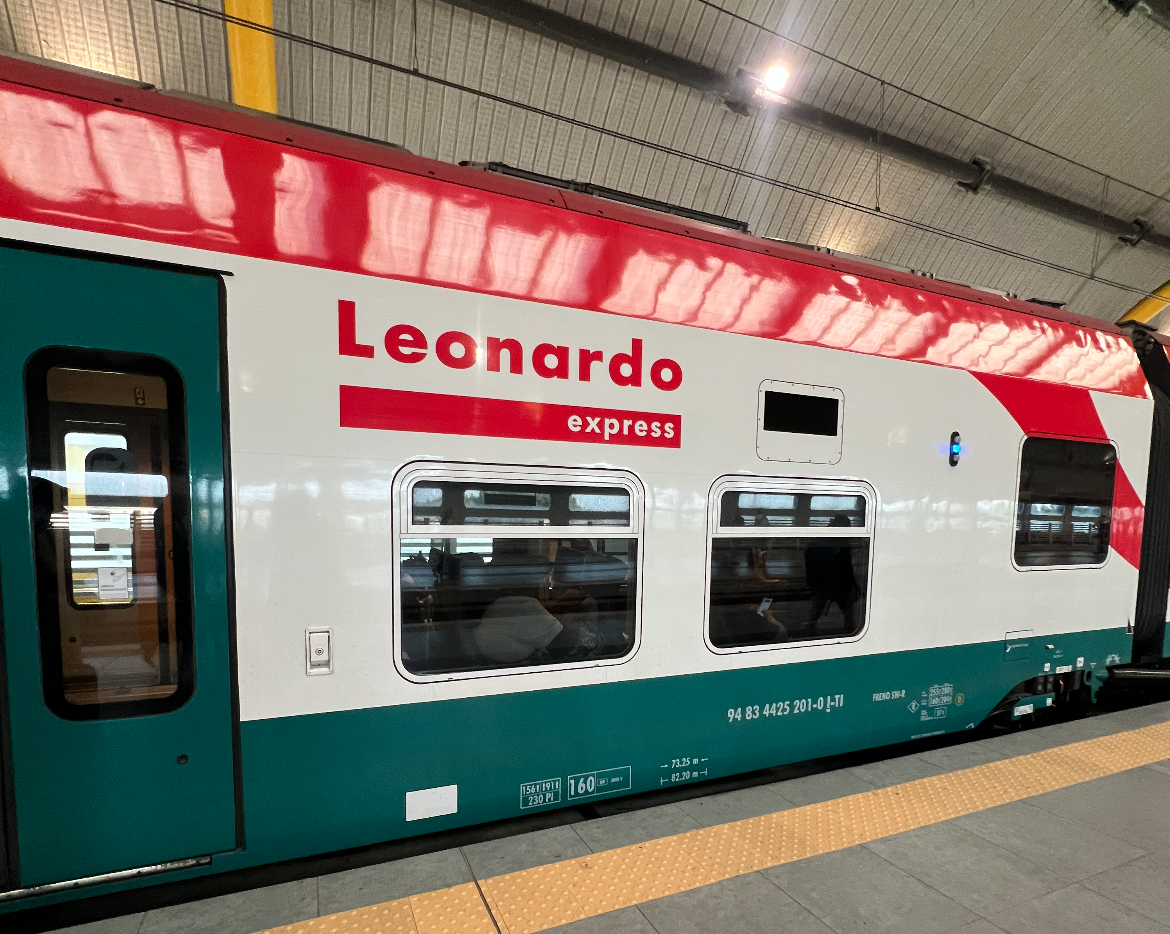
I was not too sure if I was going to the right train, so I was not shy about asking staff members. They were able to help me and confirm that I was indeed boarding the correct train.
The Leonardo Express is a great option for getting into the city at a fraction of the price; I was not overly thrilled about my experience.
The train was very packed, and you have to keep in mind that many people, of course, were traveling with their luggage, as they had just landed in the country.
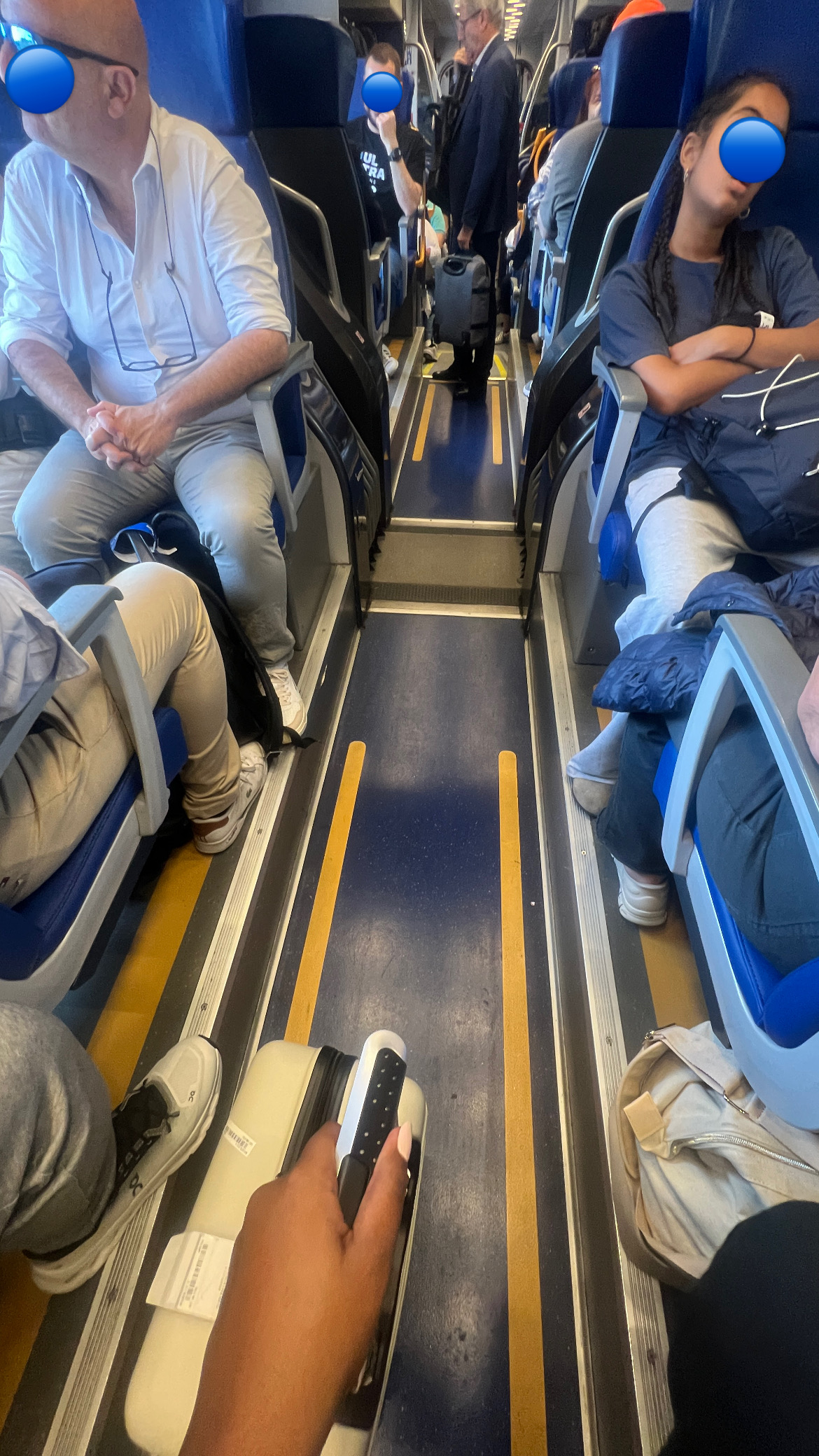
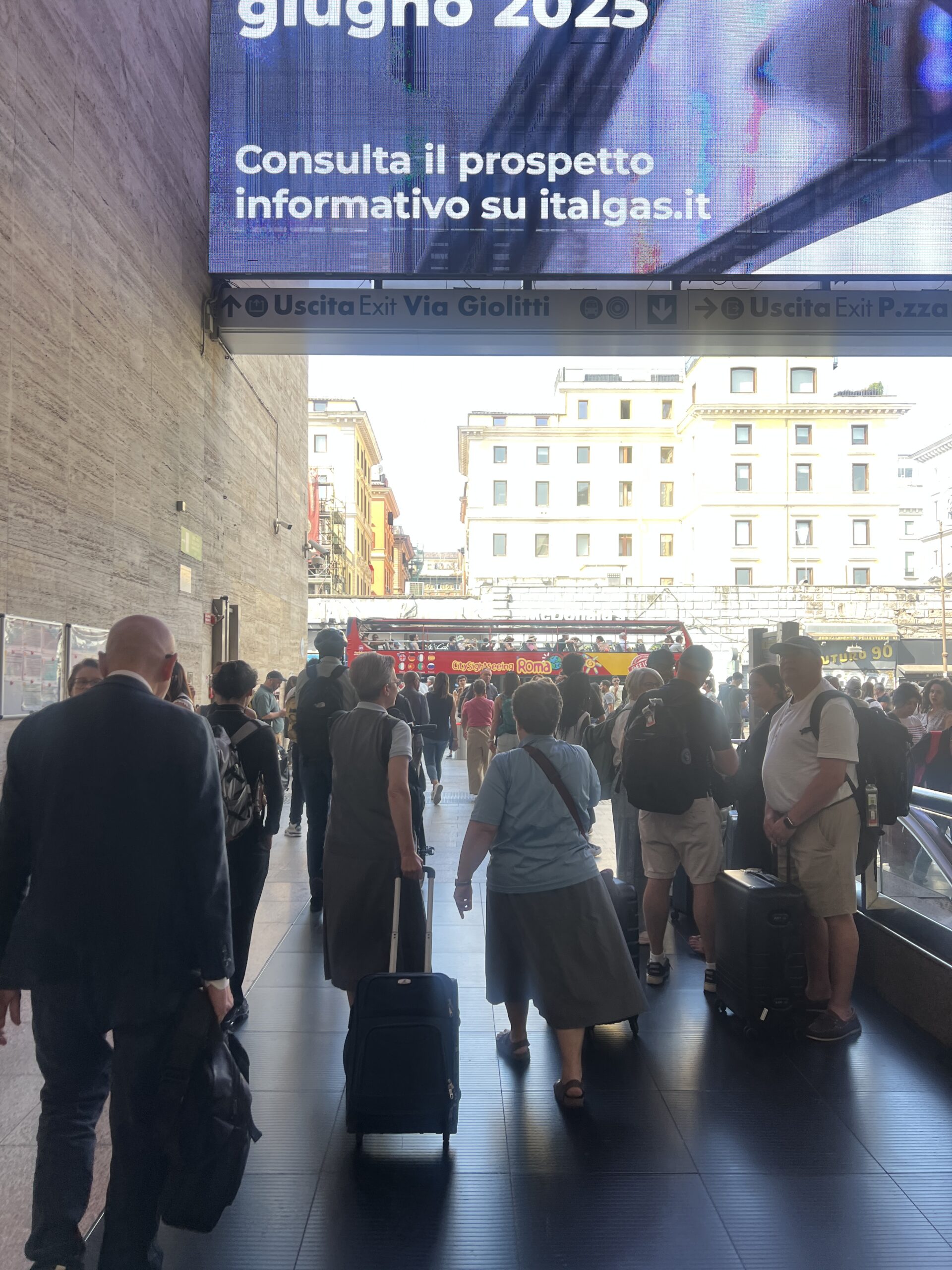
Luggage storage space is limited on trains, and it was also hard to find an open seat once I got on, so I had to keep my luggage right by my side, which took up a fraction of the already narrow aisle.
Nonetheless, if you are looking for ways to get into the city center, know that this train is an option and is relatively easy to navigate.
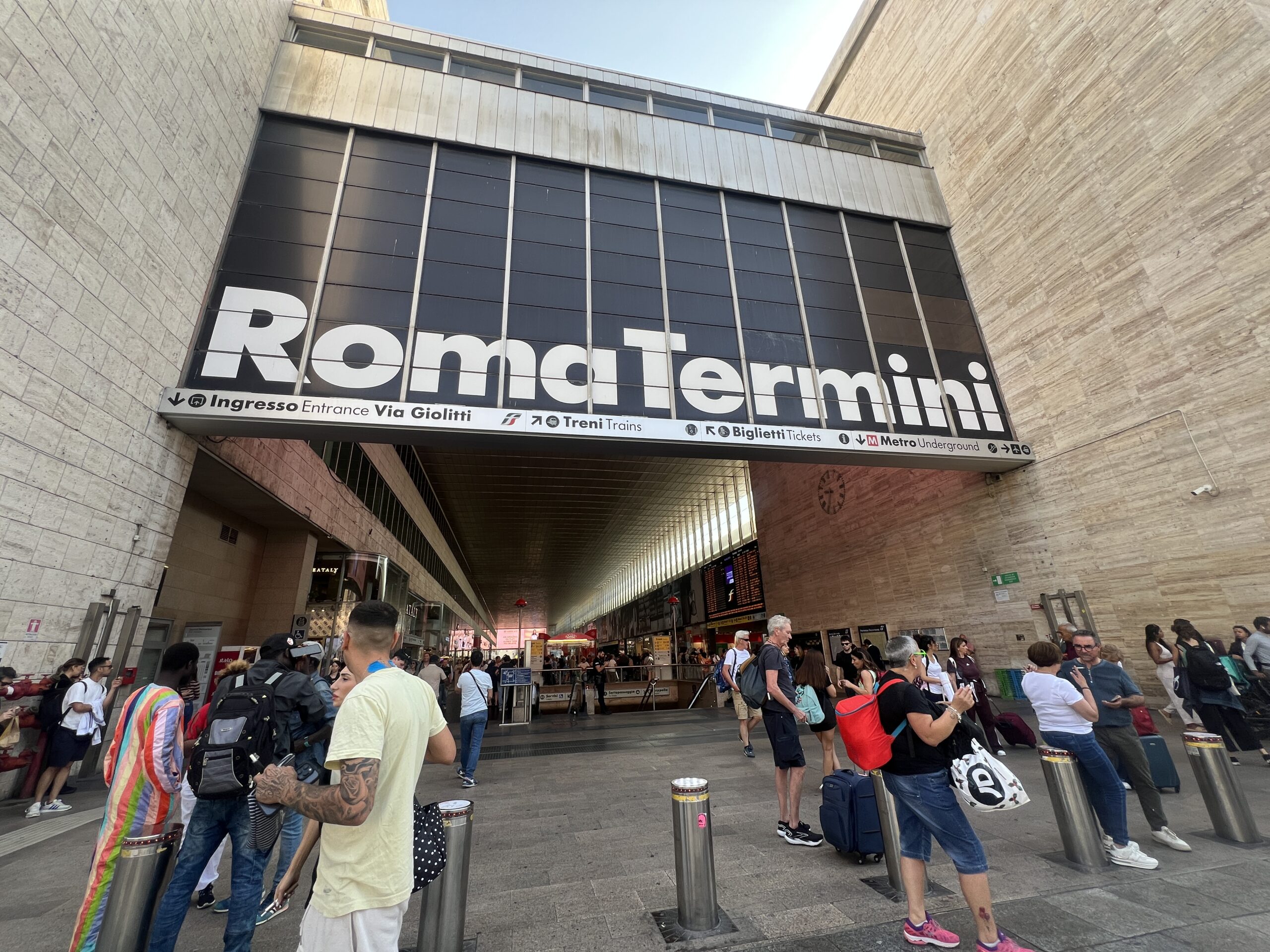
Terravision Bus
Terravision is a bus transfer company that provides a direct bus trip from the FCO airport to Rome Termini Station.
I learned about this bus when I saw it parked outside the airport upon arrival and decided to take it back to the airport when I was leaving Rome.
The bus costs about €7 ($cause 8.04) one-way and takes around 40 minutes to make the journey.
I would recommend purchasing your bus ticket time for an hour after you are scheduled to arrive at the airport to make time for finding the exact location where the bus is parked.
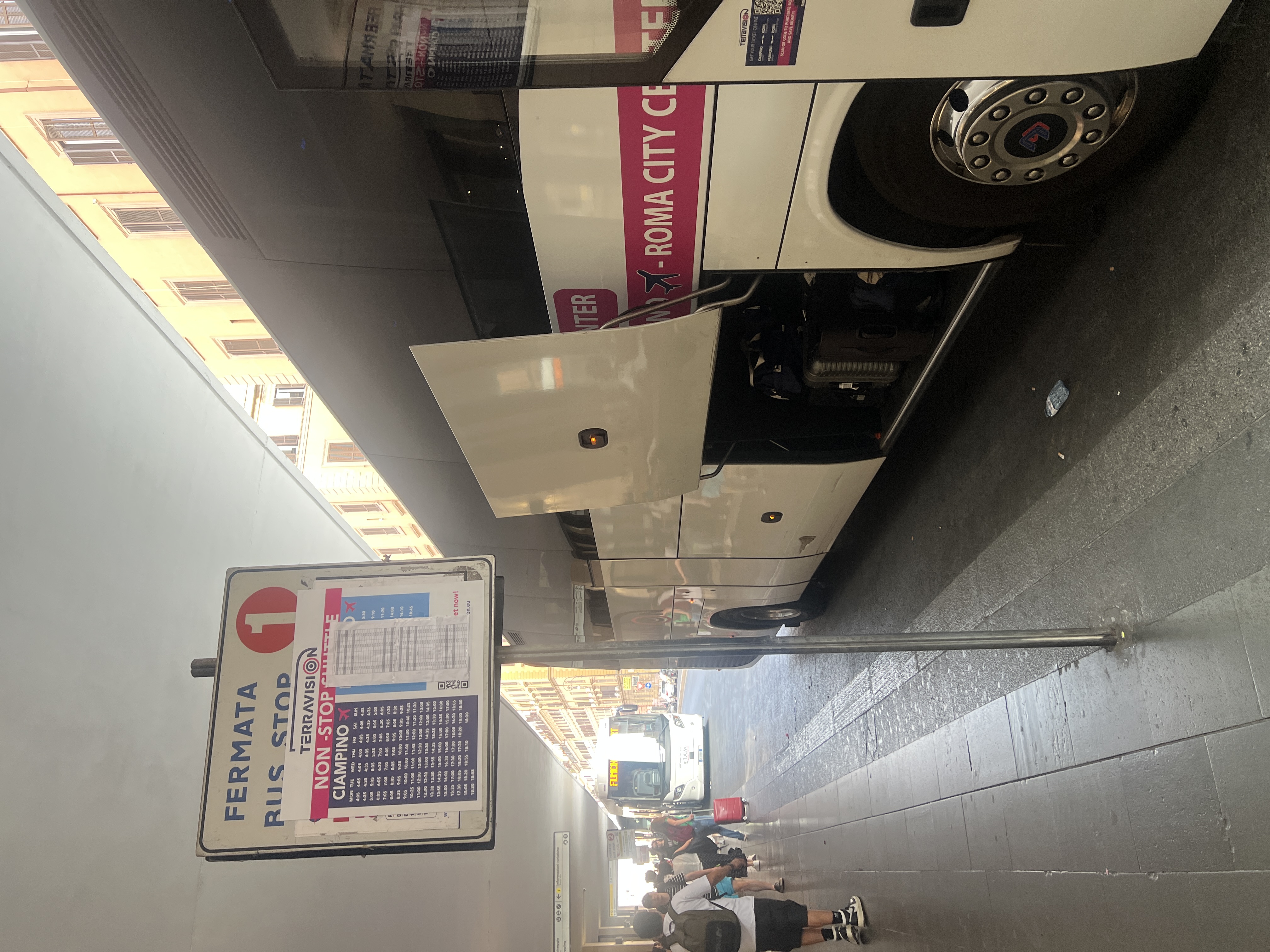
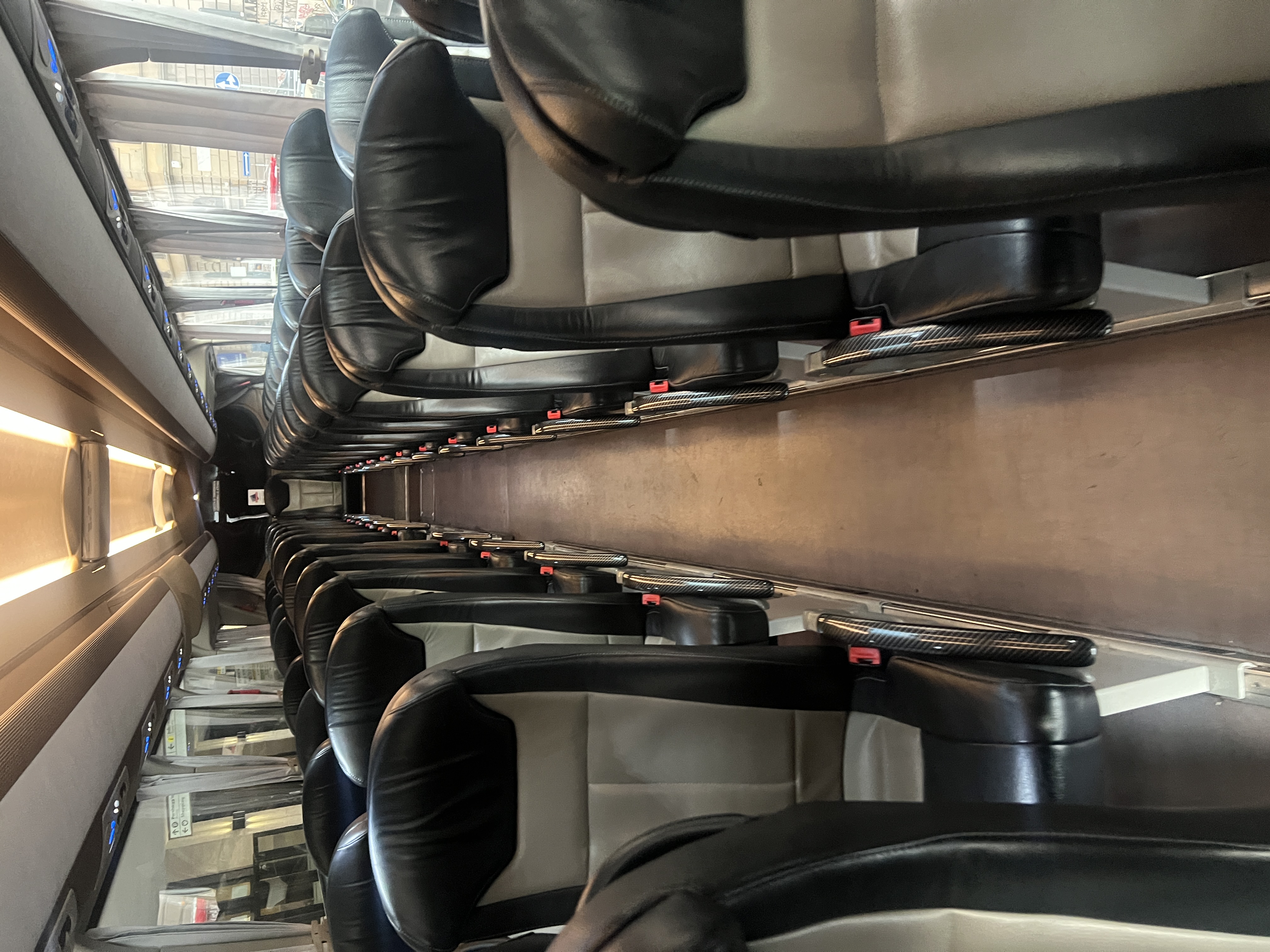
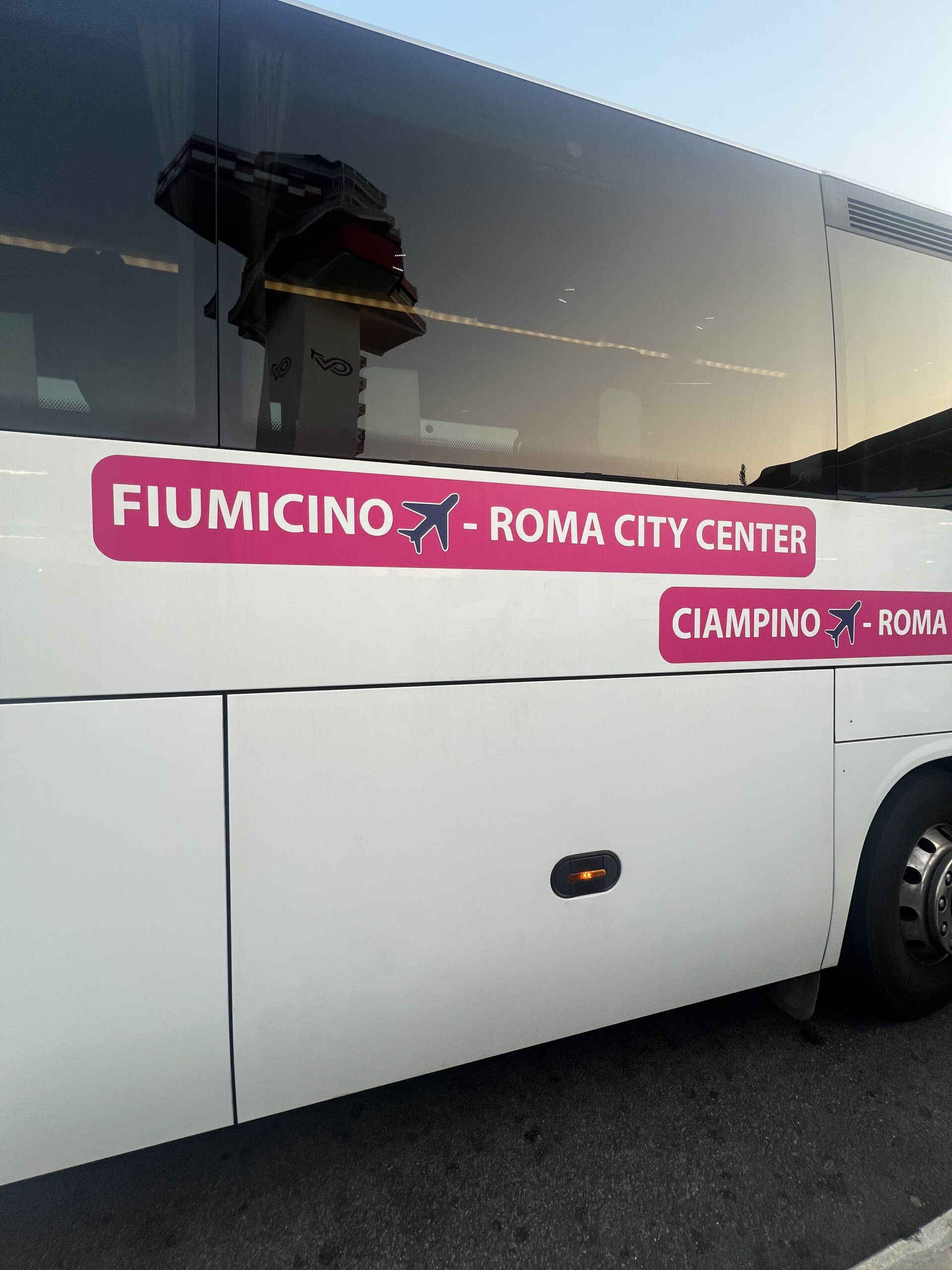
When I was leaving Rome Termini, the bus attendant was not super strict about timing and allowed me to board a bus leaving earlier as the buses depart every 20 minutes.
I liked this option more than the train because the bus was not full, there was a lot more space, I could store my luggage under the bus and recline my seat, and it was just a lot more seamless than what I experienced on the train.
I would recommend this bus company and take them on my future trips to Rome.
Entry Requirements
Visa-Free Travel
Italy is a Schengen country, meaning whether or not you need a Schengen visa will depend on your nationality, which you can check here.
Visitors from certain countries, such as the U.S., Japan, UK, etc., can travel to Italy visa-free for a maximum of 90 days.
However, if you plan to travel to other Schengen countries over a long period, I recommend researching the applicable guidelines, as I believe that 90 days also counts toward other countries in the region.
Passports must be valid for at least 3 months beyond your planned departure date from the Schengen area. Passports that are valid for at least 6 months are recommended.
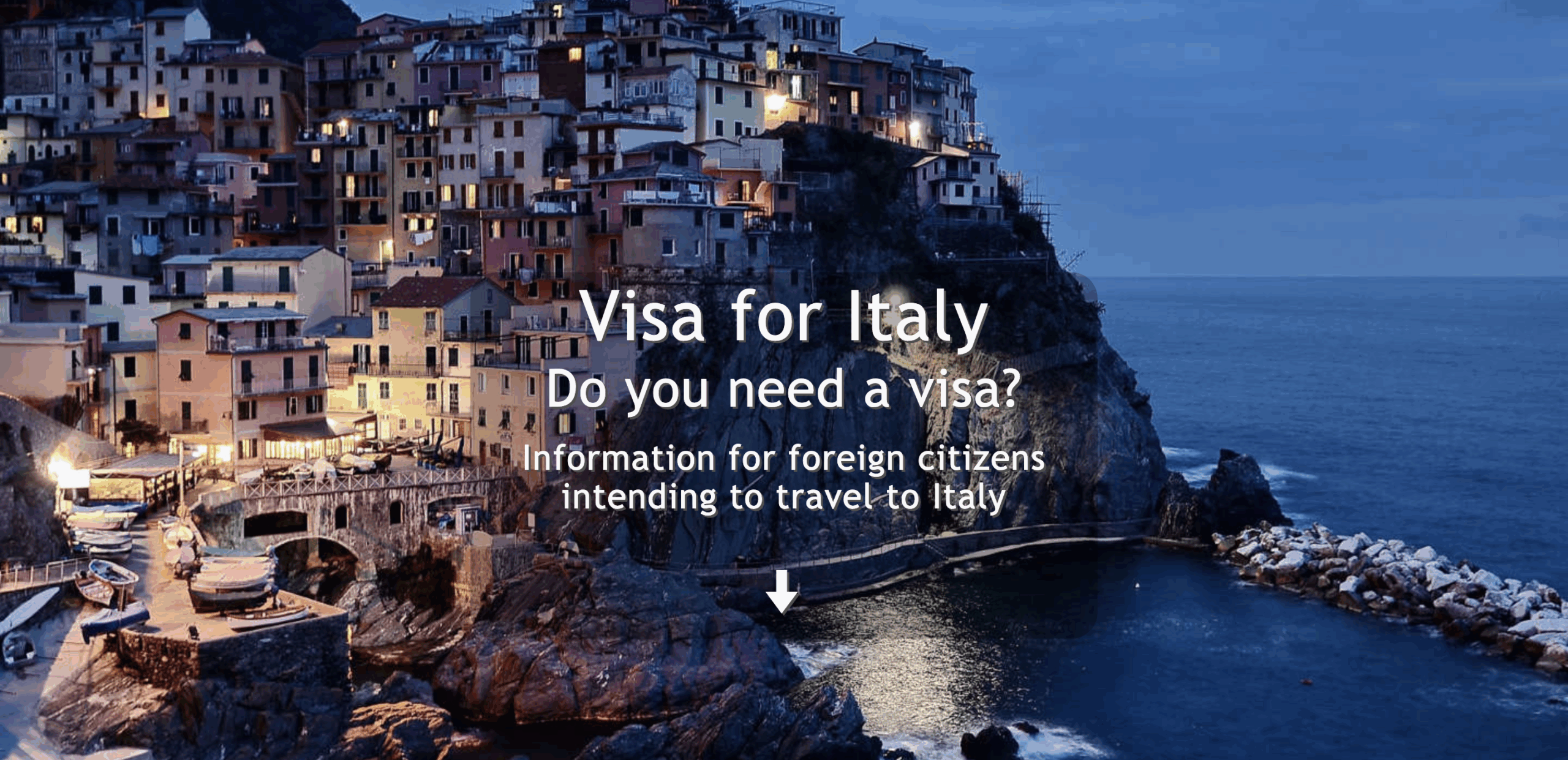
Visa Required Travel
If your country is not listed as visa-free, you will have to obtain a Schengen visa.
Once you input details about your nationality and reason for travel in the mini questionnaire, you will receive instructions on what you need to apply, application fees, etc.
Currency in Italy
The currency used in Italy is the euro (€).
I was able to use my credit card to pay for everything I wanted, even if it was just €1.
If you need cash, ATMs are widely available in main areas and banks throughout Rome, but I only found cash necessary when I wanted to tip my tour guides or restaurant staff.
I recommend exchanging $100 – $200 for tips when needed.
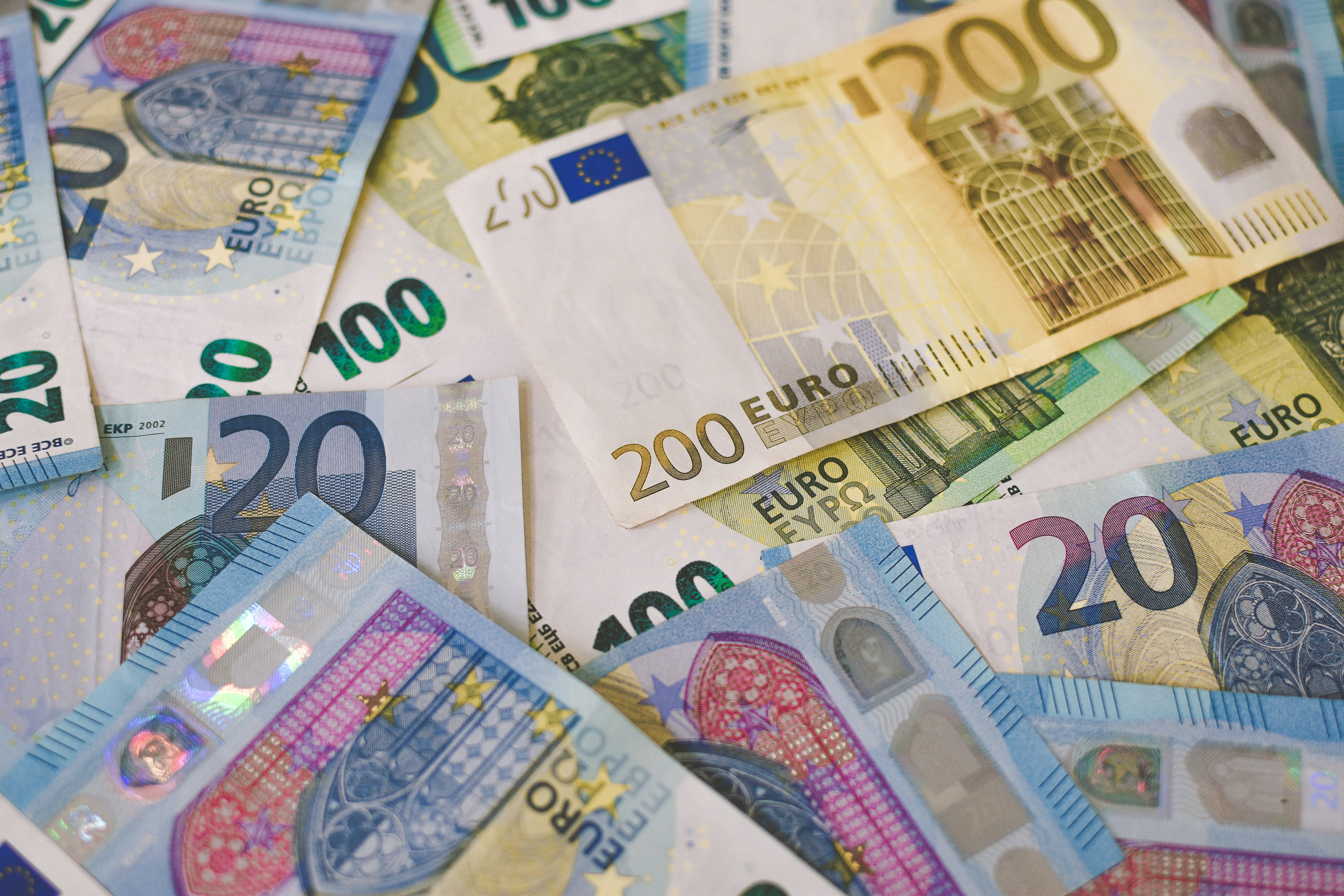
Language Spoken in Rome Italy
Italian is the official language spoken in Italy, with various dialects present depending on the region of Italy, from my understanding.
Many Italians I met speak as many as 3-4 languages, like Spanish and French, which was impressive.
Rome is a very touristy city, so many people, likely most that you encounter, speak English. I also found that tours were provided in multiple languages, such as Russian, Japanese, etc. if needed.
I found Italian to be such a fun and romantic language during my time there and picked up a few greeting phrases that you’ll find helpful and will likely hear often:
- Ciao! – Hi! / Bye!
- Come sta? – How are you?
- Buongiorno – Good morning / Good day
- Grazie – Thank you
- Prego – You’re welcome
Time Zone
Italy follows Central European Time.
The country follows daylight savings, so the clocks change during the year.
Depending on the time of year, the sun sets a lot later (like 8 p.m. in some seasons) than you may be used to, especially if you are traveling from the States.
Electrical Outlet/ Plug Type Used
Italy mainly utilizes the two-round pins outlets, better known as Type C.
As always, I recommend checking the voltage of any electric devices you bring so they do not get damaged or burn out when plugged in.
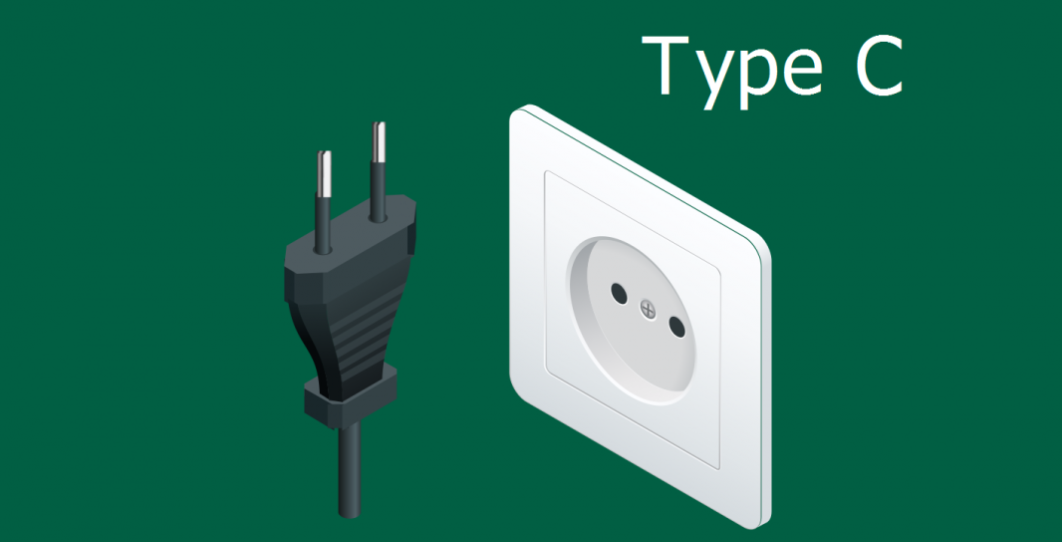
Weather
I visited Rome in early June, and it was pretty hot. Temperatures were between 85 – 93°F.
Rome is a very walkable city, but it’s important to remember that you will be in the heat for a considerable amount of time while touring it.
I recommend bringing a portable fan, a small umbrella, a hat, and sunglasses for maximum sun protection.
Rome is said to have mild winters and warm summers overall.
During winter, temperatures in Rome can reach as low as 46°F.
When to visit Rome based on weather conditions depends on the experience you are looking to have.
I wanted to be comfortable walking around my first time in Italy, and for me, that meant I wanted warmer weather.
Safety
Rome is a reasonably safe city for a tourist, as violent crimes are said to occur against tourists rarely.
I saw many police and security personnel on the streets in many of the neighborhoods I visited and passed through, which makes sense given how touristy the city is.
When I was in Rome in early June, the sun went down around 8 pm—8:30 pm daily, which meant that even as it got late, there was typically still sunlight outside, to the point that I felt comfortable walking alone and often did so without any issues.
There are always people outside, usually in crowds, so you are never truly alone, which can be comforting.
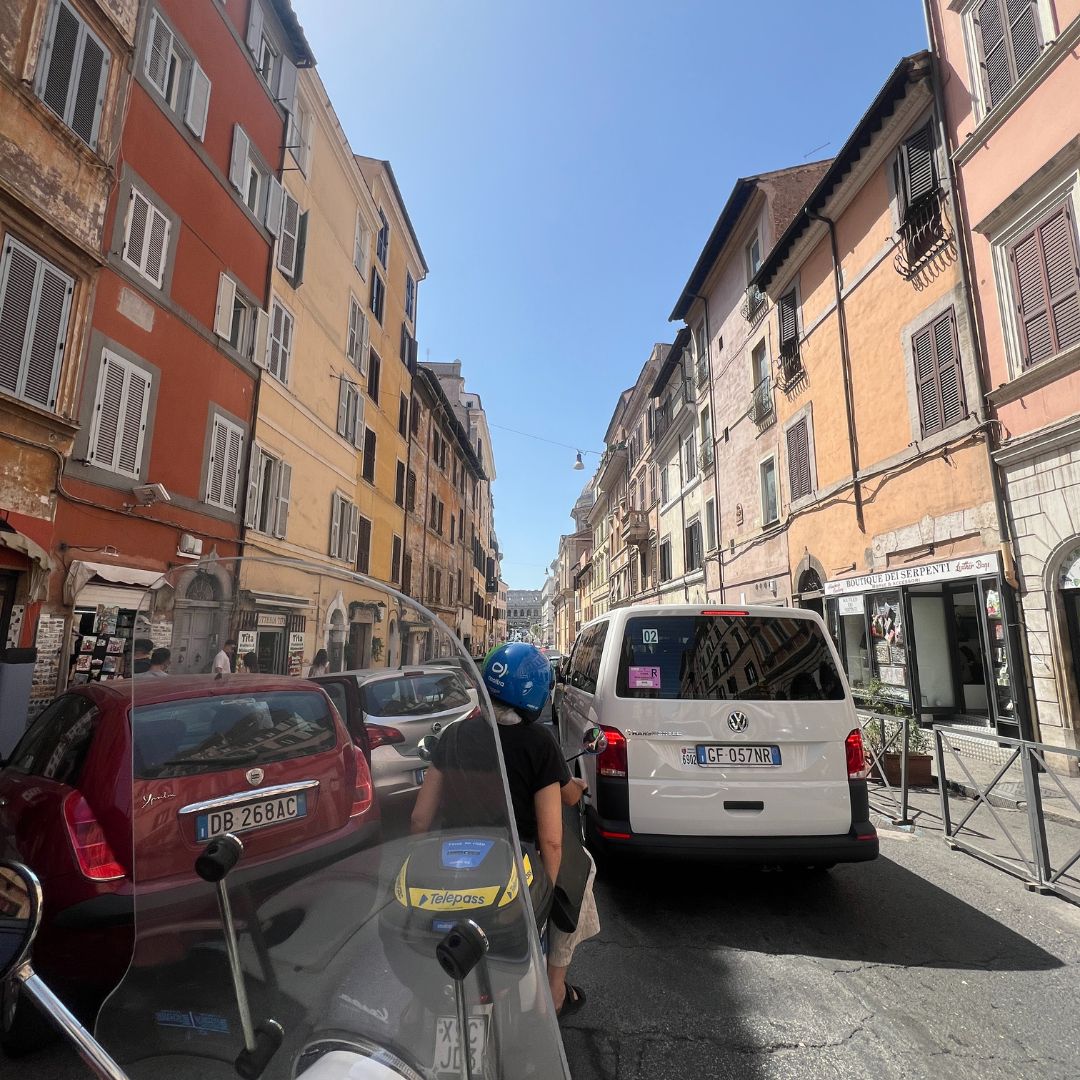
Pickpocketing in Rome
Pickpocketing is The number one issue you may face or should be aware of in Rome.
While researching safety in Rome, you’ve probably already encountered how common it is to be pickpocketed.
It tends to happen in crowded areas like Metro stations and tourist sites or even being distracted.
You’ll see signs to be aware and careful in Metro stations and lots of warnings online.
I was very nervous about the possibility of being a victim of pickpocketing, but I will say that I successfully completed my trip without any incidents and with all of my belongings intact.
Always keep your hand over your bag, keep your bag in front of you, make sure that it is zipped or closed all the way, and constantly check for your belongings.
It’s good practice not to carry every single one of your payment cards or all of your cash on you at once in case anything does happen.
However, with the precautions I mentioned, you should be good to go!
Other than pickpocketing and small scams, like people posing as charity workers and asking you to sign petitions or being offered free gifts from street vendors who may later demand money, Rome felt extremely safe, and I did not have any concern concerns for my safety as a solo traveler at any time.\
Getting A SIM Card
Upon arrival at the Fiumicino airport in Rome, I purchased a SIM card and phone plan from Vodafone.
I was presented with three different phone plans and decided to choose the one with the most GB because I use data a lot.
A good deal was going on, so I received twice as much of the GB shown in this image.
I always purchase a local SIM card when I travel because I do not have an international phone plan and find it fairly affordable.
Looking back, I would probably explore other SIM card options like eSIMs as I found the cellular plans to be quite pricey. It’s probably the most I’ve ever spent on an international SIM card and phone plan while traveling.
I traveled in Italy for one week and selected the 200 GB data plan for €75 ($86.08).
My phone plan worked great throughout my trip to Italy, including Florence, toward the second half. I never had any connection issues.
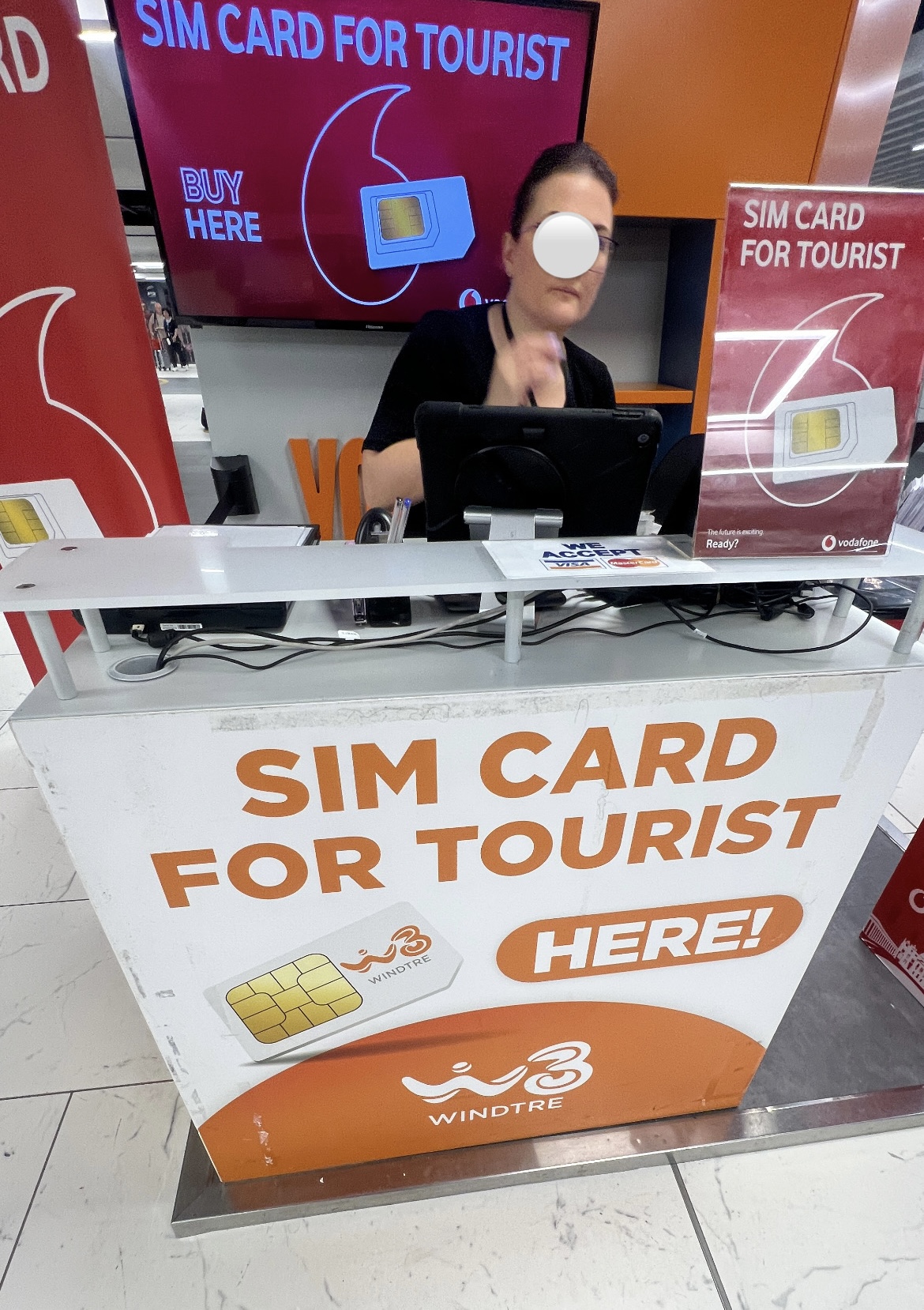
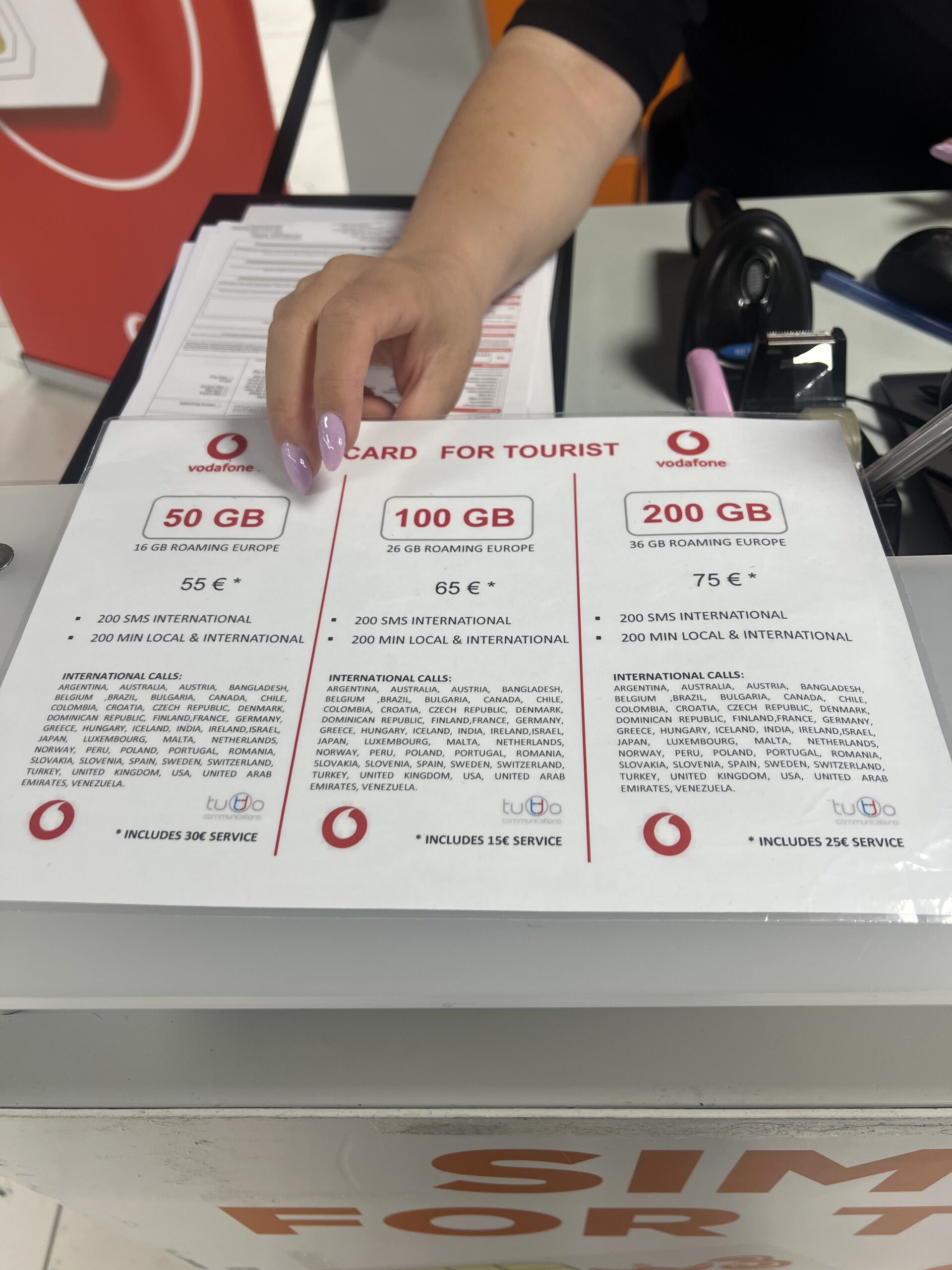
Do you need a local SIM card in Rome?
I would say getting a local SIM card while traveling in Rome is necessary.
Having data is essential to navigating the city as you will need to use applications like Google Maps for directions, Uber to call a taxi if needed, etc.
It’s great to be able to make phone calls, but I did not really see a need to do so during my time in Rome, as everything could be done online, including reservations or just visiting places beforehand.
I never really had a reason to call any businesses during my time in Rome.
There was Wi-Fi available in several places that I visited, but many also did not, so I would not risk depending solely on Wi-Fi while traveling in Rome. I would highly recommend getting a phone plan that includes data.
Apps to Download Before Arriving
There are a few apps you can download before coming to Rome that I wanted to include in this Rome travel guide that will assist in making your trip smoother:
Google Maps
When traveling in Rome, you will likely need to do a lot of walking and self-navigating to get to the spots you want to visit.
With that in mind, you should download Google Maps on your phone or your other favorite navigation app to help you get from point A to point B in the city.
It is helpful not only when walking but also as a roadmap for figuring out which lines and modes of public transportation to take in Rome.
Download the Rome maps ahead of time so that you can still use the app even if you do not have phone service or are offline.
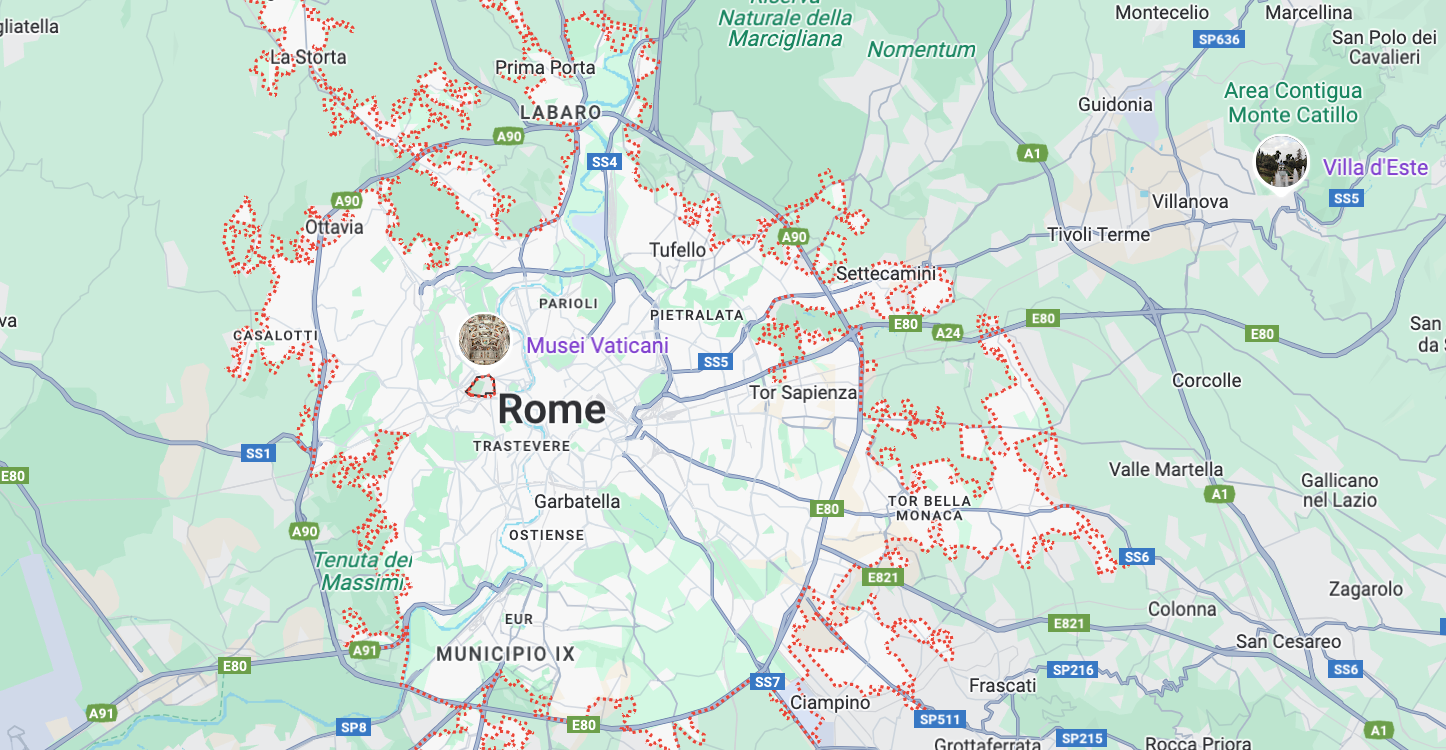
It Taxi
It Taxi is an app in Italy that allows you to book a taxi for private cab rides.
Taxis are heavily used in Rome, especially as opposed to Uber, which I will cover in the transportation section of this Rome travel guide.
While you can always flag a taxi, this app makes it extremely easy to eliminate the hassle and order a ride immediately.
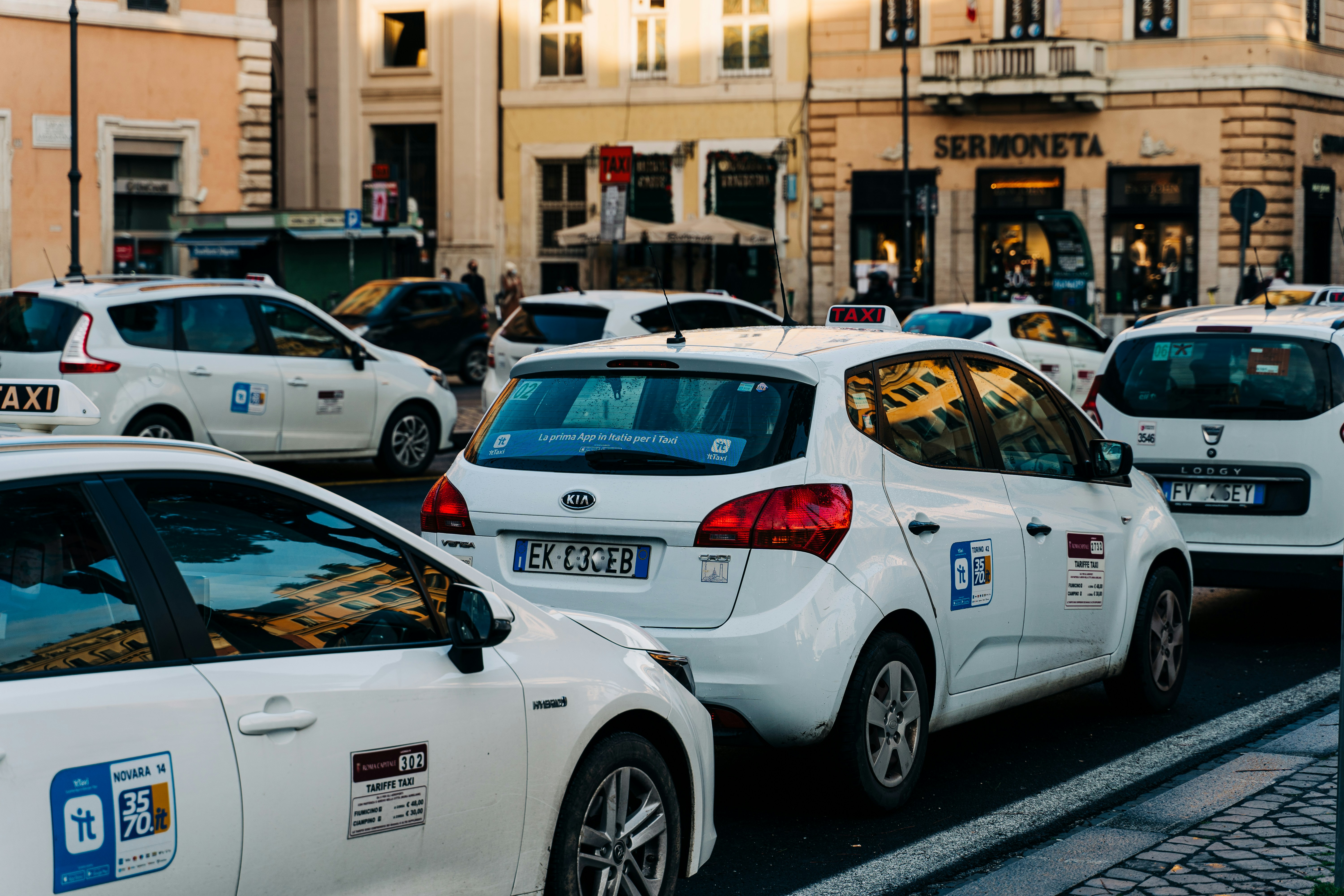
Trenitalia or Italo
If you are Looking to travel to different cities around Italy from Rome, you will want to download some of the train apps like Trenitalia or Italo.
These are the different ticketing and reservation apps available to book train rides, keep track of arrival and departure times with your train, etc.
It makes staying on top of your train, travel a lot easier and making last-minute bookings seamless.
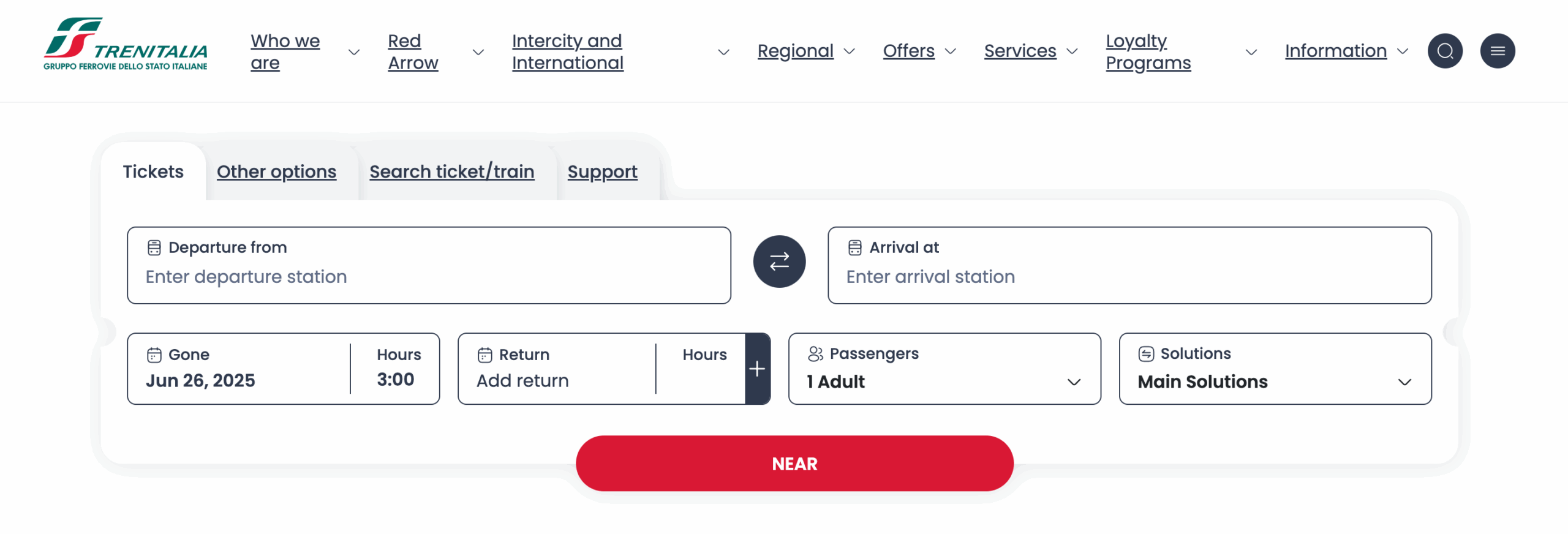
Getting Around Rome: Transportation Options
Walking
Rome is a highly walkable city.
In fact, it is said that walking is one of the best ways to explore the city, especially when it comes to visiting more of the major attractions in Rome that are close together.
The city and roads may be more compact because of traffic-restricted zones where cars and other large vehicles are not permitted.
I found that it was usually easier and faster in the long run to just walk somewhere rather than try to take public transportation or book rideshare.
Metro
Riding the Metro in Rome was one of my favorite ways to get around.
The metro system is extremely easy to use as a tourist or someone visiting Rome for the first time.
You do not need to buy a MetroCard or pass in Rome before riding the Metro.
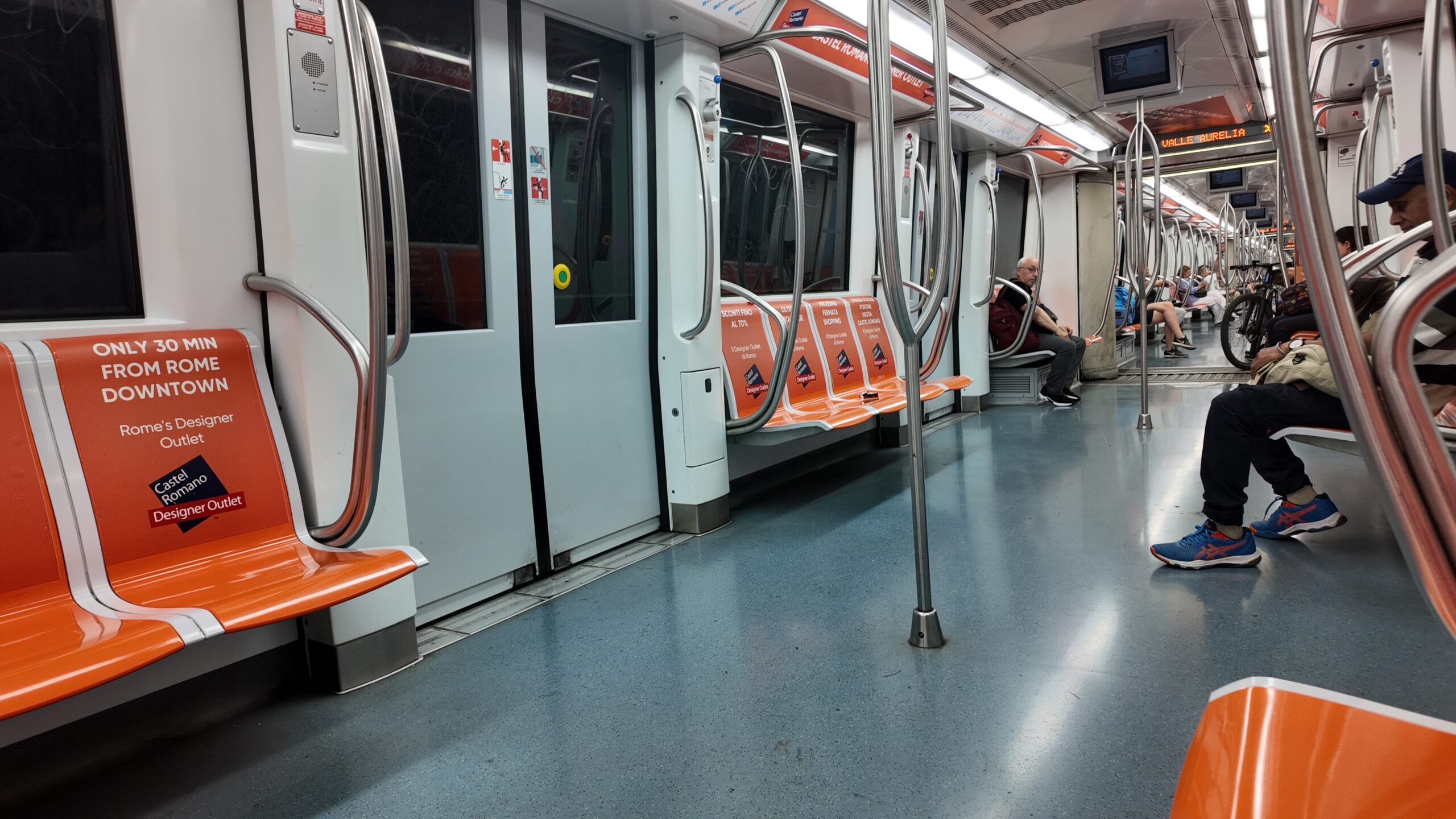
As you approach the gate to enter the Metro, there will be small black machines that accept tap and pay. You can simply tap your physical card or digital card located within your wallet on your phone, making it all super easy.
Rides were usually €1.50 ($1.72).
Keep your belongings close while on the Metro and in Metro stations!
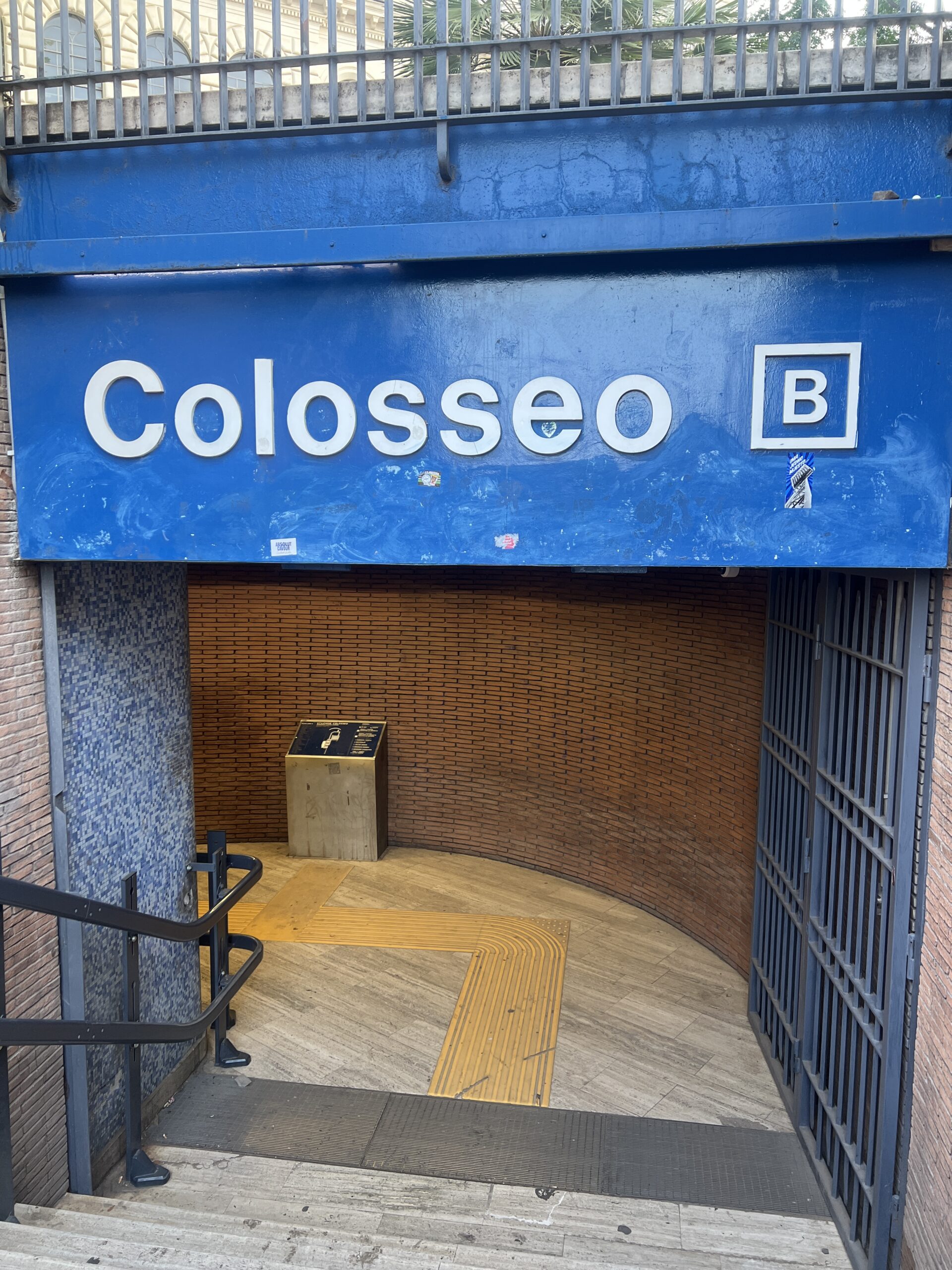
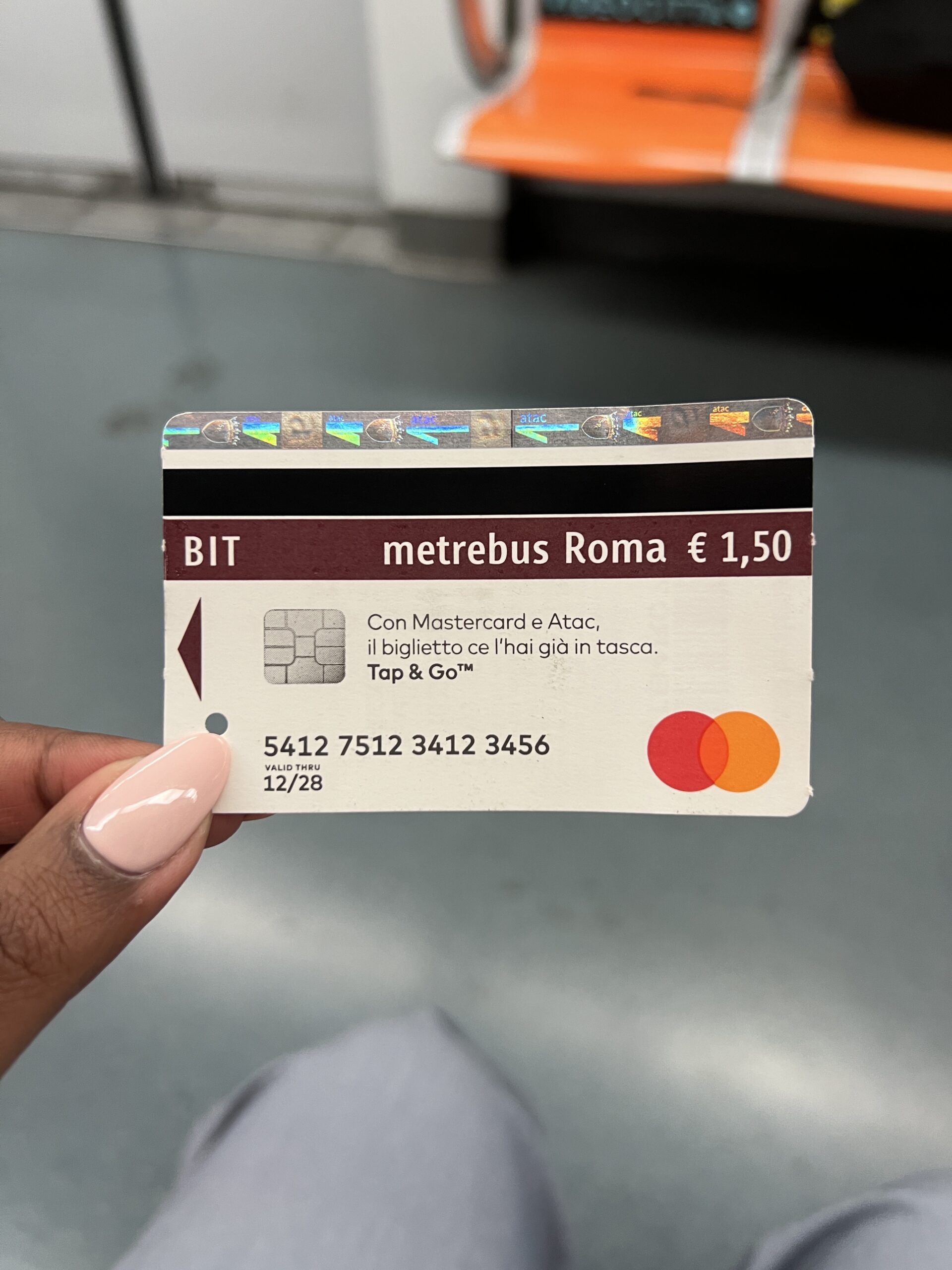
Taxi
Taxis are everywhere in Rome, and you will see them going up and down the street during your time there.
You can either flag one down, walk up to them and inquire about your desired destination if they are parked to the side of the road, or use apps like ItTaxi or FreeNow to order one.
I found taxis in Rome to be around €35+ ($40.12), which is pricey based on what I am used to and furthermore, they can take a bit of time to get to you depending on where you are located and how touristy it is.
There were times when I ordered a taxi, and they would have trouble finding me, and vice versa.
I used more taxis than I would have liked to in Rome to avoid being late for many of my planned activities, but I would not recommend relying on taxis during your time in Rome if you are looking to stay on a budget.
Bus
If you are looking to use public transportation in Rome, you will quickly learn that buses are also heavily utilized within the city, so you will want to familiarize yourself with how to use them.
Like the metros, you do not have to do any pre-registration beforehand.
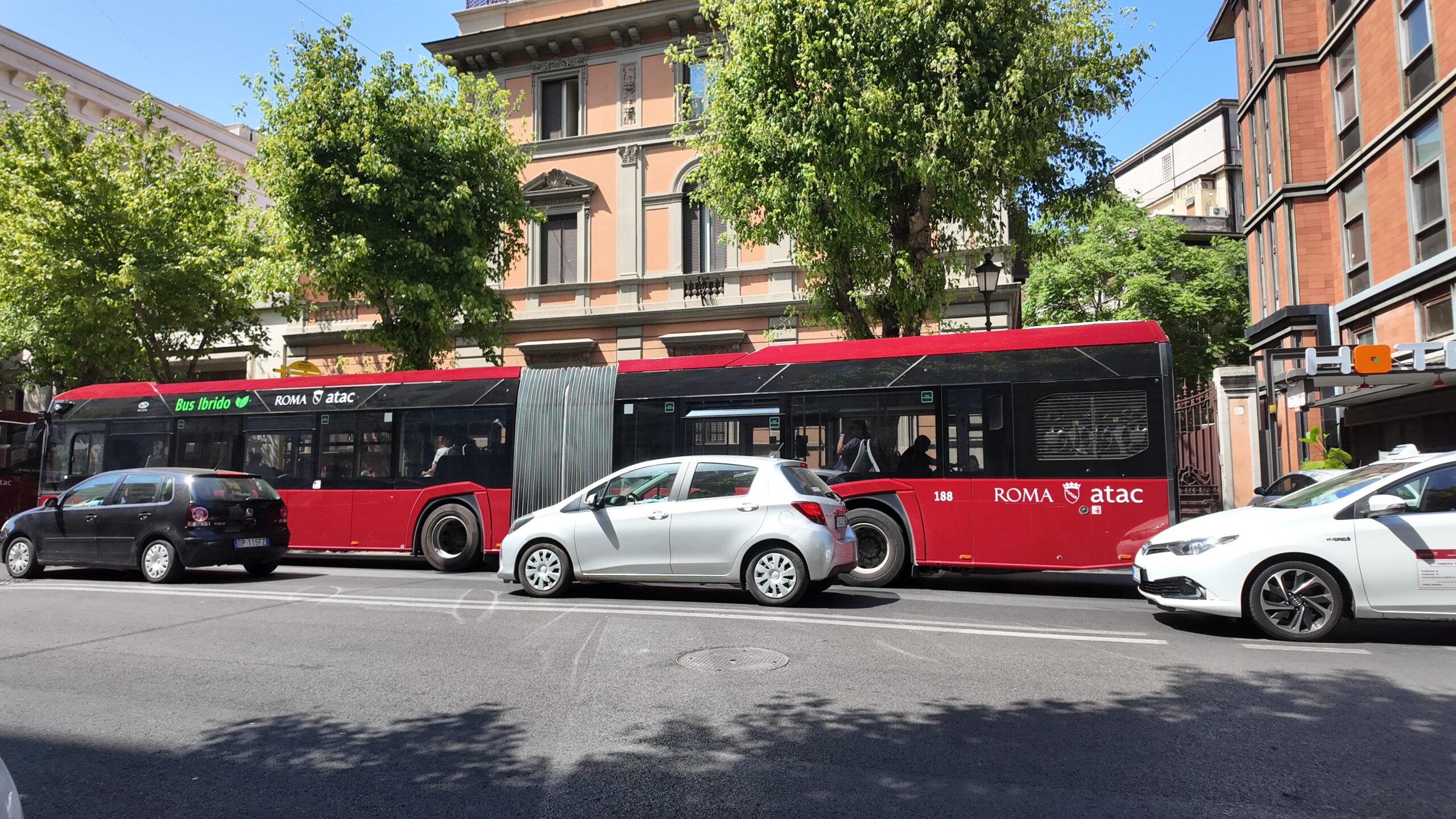
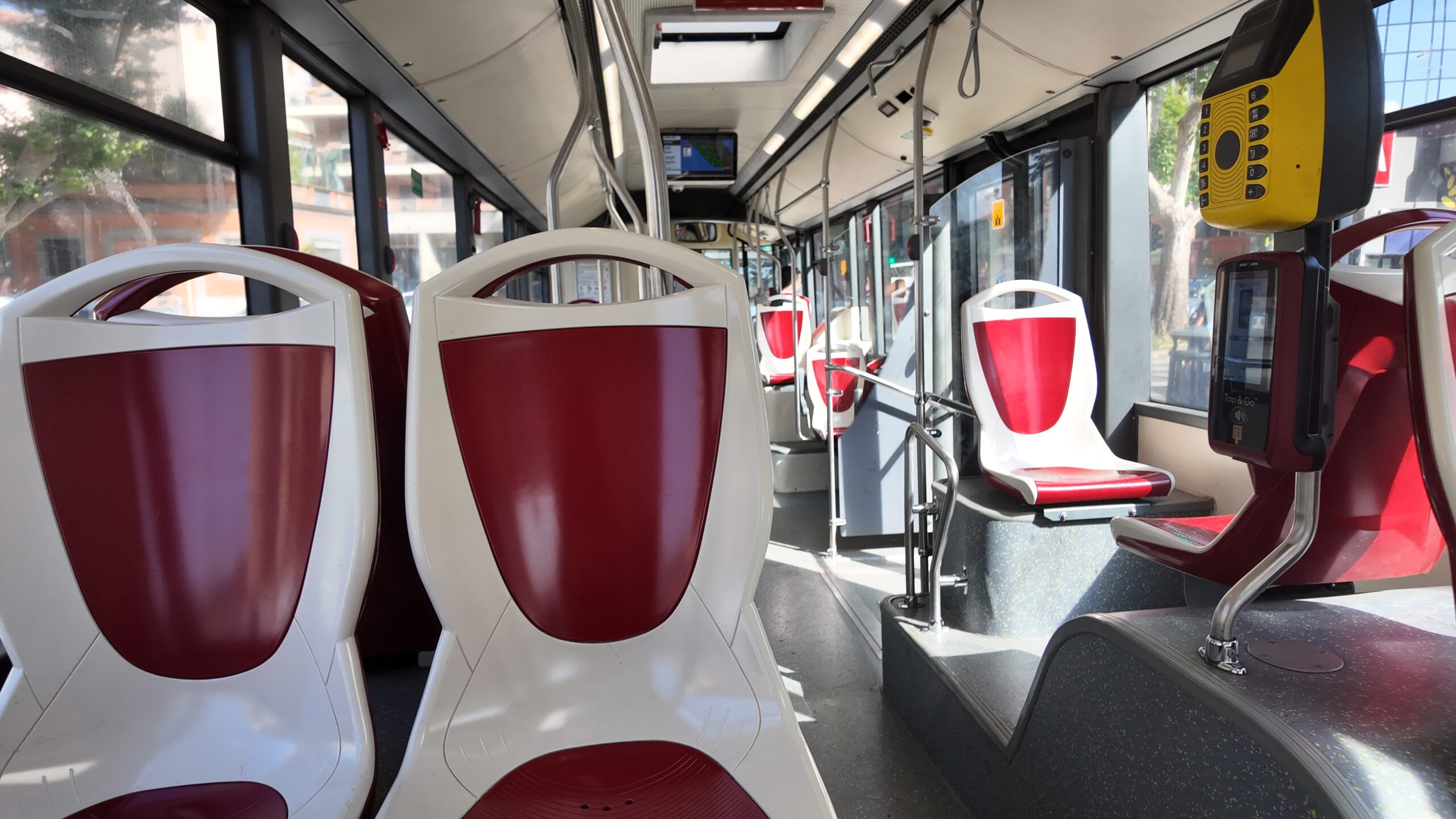
Once you get on a bus, look for black machines located either at the front or back of the bus, if not both.
These are the tap-and-go machines, where you hold up your card, physical or digital, until you receive a checkmark with a green screen that says OK, symbolizing that you have paid for your fare.
Rides were also €1.50 ($1.72).
Some buses have stopped buttons to indicate to the driver that you will be or want to stop at the next bus stop, while some do not.
I always made sure to press the ones with buttons once my stop was approaching, and the ones that did not have buttons I found stopped at every single stop along the way.
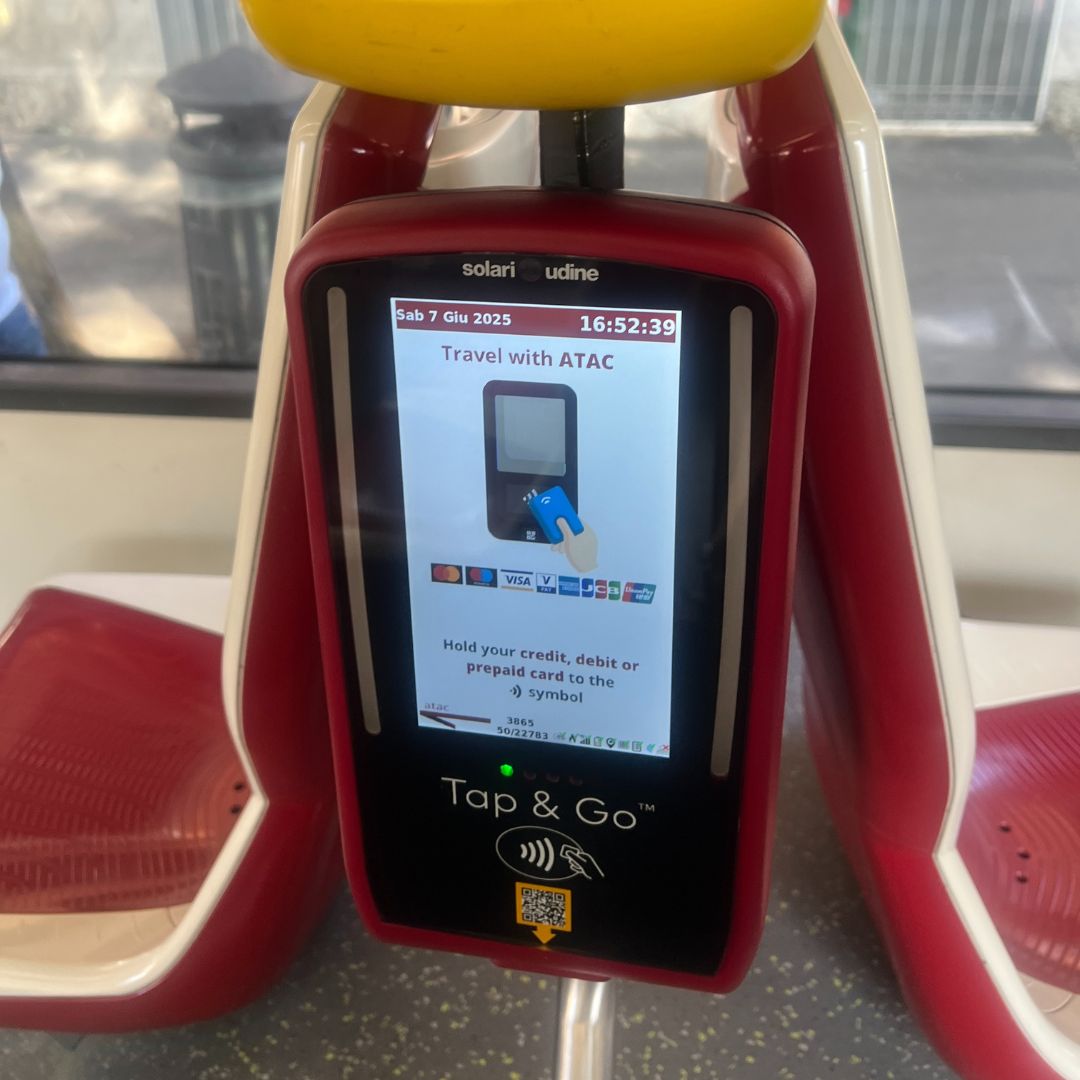
Avoid Getting Fined for Riding Without Paying
This is one of the most important things you will read in this Rome travel guide, so if you do not pay attention to anything else, please remember this:
There are fines for not paying for public transportation fares, which usually start at €100 ($114.75).
Inspectors randomly board buses, Metro trams, etc., to ensure that people have paid and will check.
It is not worth getting fined, so please make sure to pay even if the bus is extremely packed. You never know when you’ll be checked, and it is not worth the hefty fine.
I was in Rome for about three days before moving on to Florence, and I can say that I was checked probably at least five times within that three-day period. So, it is something that authorities are strict and consistent about.
Trams
I did not know that trams were a form of transportation in Rome and that they were used until Google Maps led me to one.
The same goes for trams, as with the buses and Metro in Rome.
Be sure to pay once you get on, as inspectors are more likely to check trams.
The trams are nice and clean, and they are also very easy to navigate using Google Maps.
Car, Bike and Vespa Rentals
If you are comfortable, consider seeking a transportation rental in Rome.
Driving is usually not advised, and from what I observed, I would not recommend renting a car, as parking seems to be a rough situation.
The roads can be compact in many places, and you might find yourself more inconvenienced than convenient, as you would in other cities.
Renting a bike or even a Vespa, if you feel comfortable riding one, is the most useful and effective way to get around Rome.
It will be very easy to get from place to place, navigate the nail roads, and ensure you will never be late for any planned activities.
Several companies in Rome offer rental services for various vehicles, which you can consider depending on your preferences and needs during your trip.
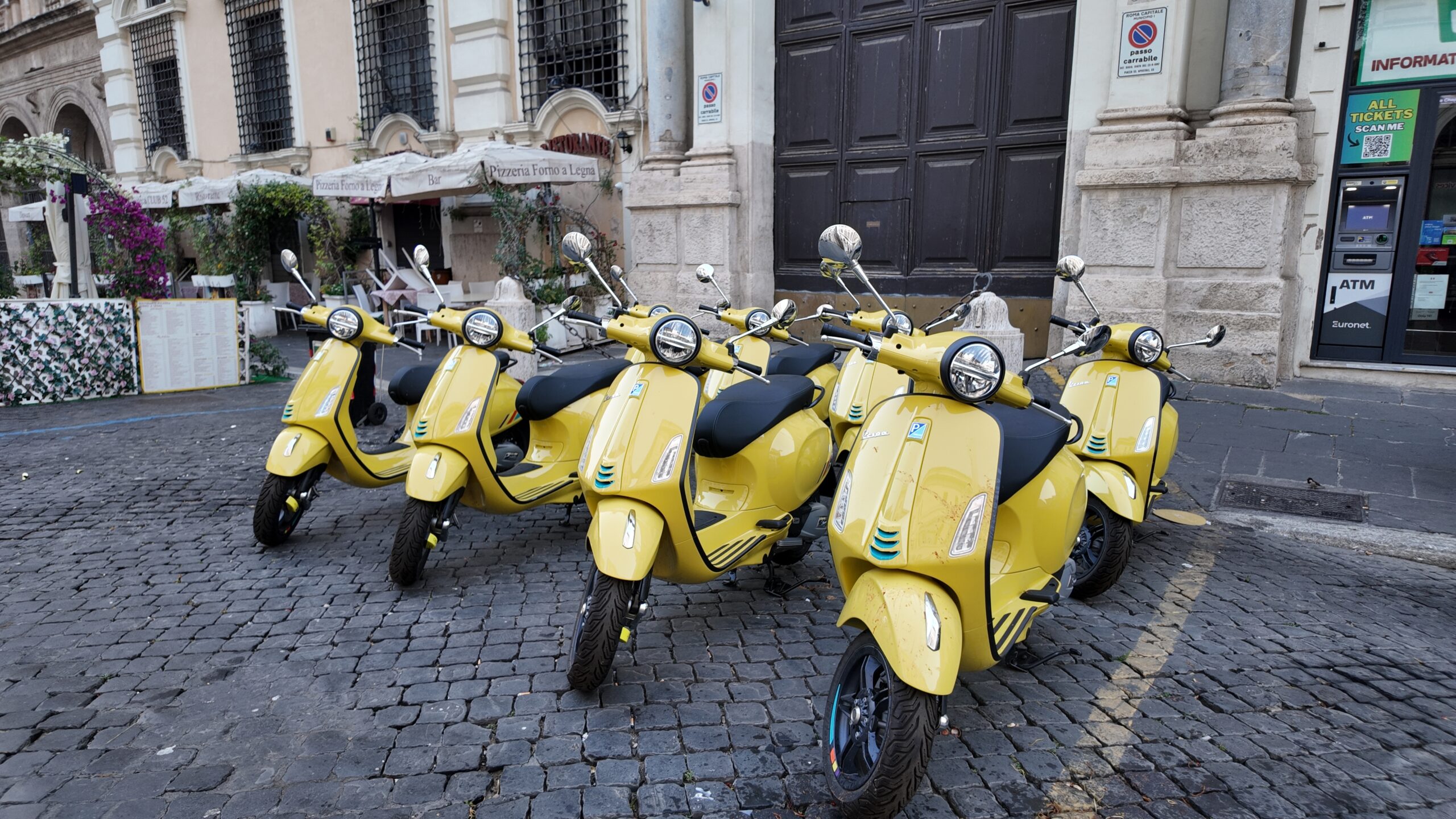
Uber
In a surprising twist, Uber was my least favorite method of transportation in Rome and one that I would caution against using.
I learned that Uber in Rome only includes Uber Black and Uber Lux or Van.
From my understanding, this is so that regular licensed taxis are not competing with Uber drivers.
The issue with this is that Uber prices are usually twice as much, if not three times as much, as a Taxi in Rome, which is already expensive.
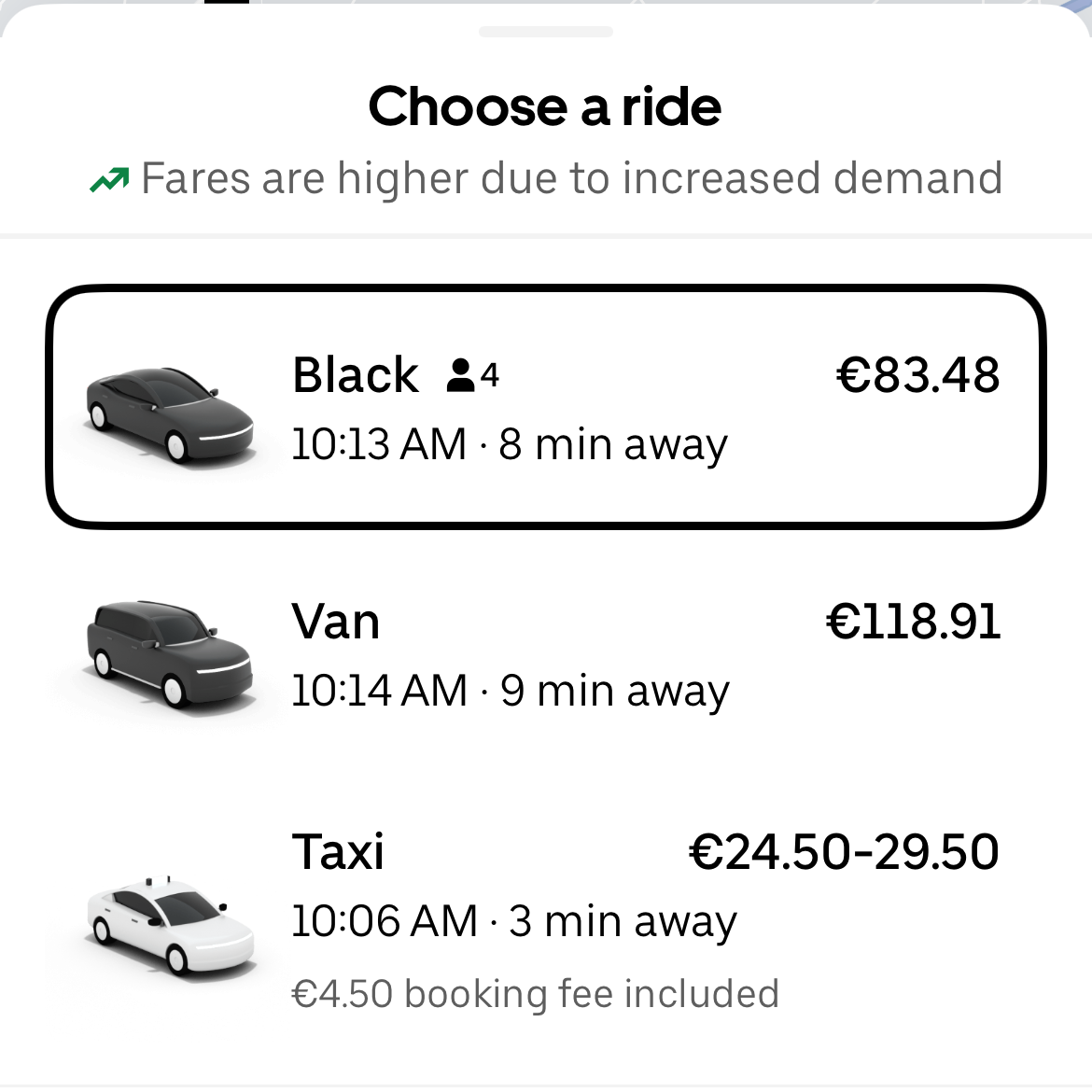
Uber also takes a lot longer to arrive.
I ordered an Uber Black once, and a super large van that was large enough to fit a family of 8 to 10 people arrived to pick me up.
For this reason, I quickly decided not to use Uber in Rome, as I found it less practical.

Where I Stayed in Rome
As a solo traveler, it became clear to me that staying in a hotel would be extremely expensive, so I opted to stay at an Airbnb.
My check-in time for Airbnb was at 3 PM, and I landed in Rome at 7 AM on the same day. While I waited to check in at my Airbnb, I booked a day room at a hotel in Rome.
In this section, I will share links to both of the places I stayed at, my honest opinion and review of them, and whether or not I can recommend them in the future.
My Day Room at nhow Roma Hotel
Dayuse is a platform that allows travelers to book daytime hotels for hours.
This is perfect for passing the time during a long layover or any extended period when you would benefit from being inside a hotel room and unwinding.
I’ve wanted to use this platform for a very long time, but I never had a reason to until my trip to Rome!
I booked a room from 8:00 am – 2:00 pm at nhow Roma Hotel, formerly the NH Collection Roma Vittorio Veneto Hotel, for €118 ($135.32). I booked the room online but made payment at the hotel and could cancel anytime before in case I did not need the room anymore.
The hotel is about 10 – 15 minutes from the Rome Termini Station.
Looking back, I could have probably just paid for another night at my Airbnb for less money. However, it was a last-minute decision, as I originally planned to lock my bags in a storage locker and explore.
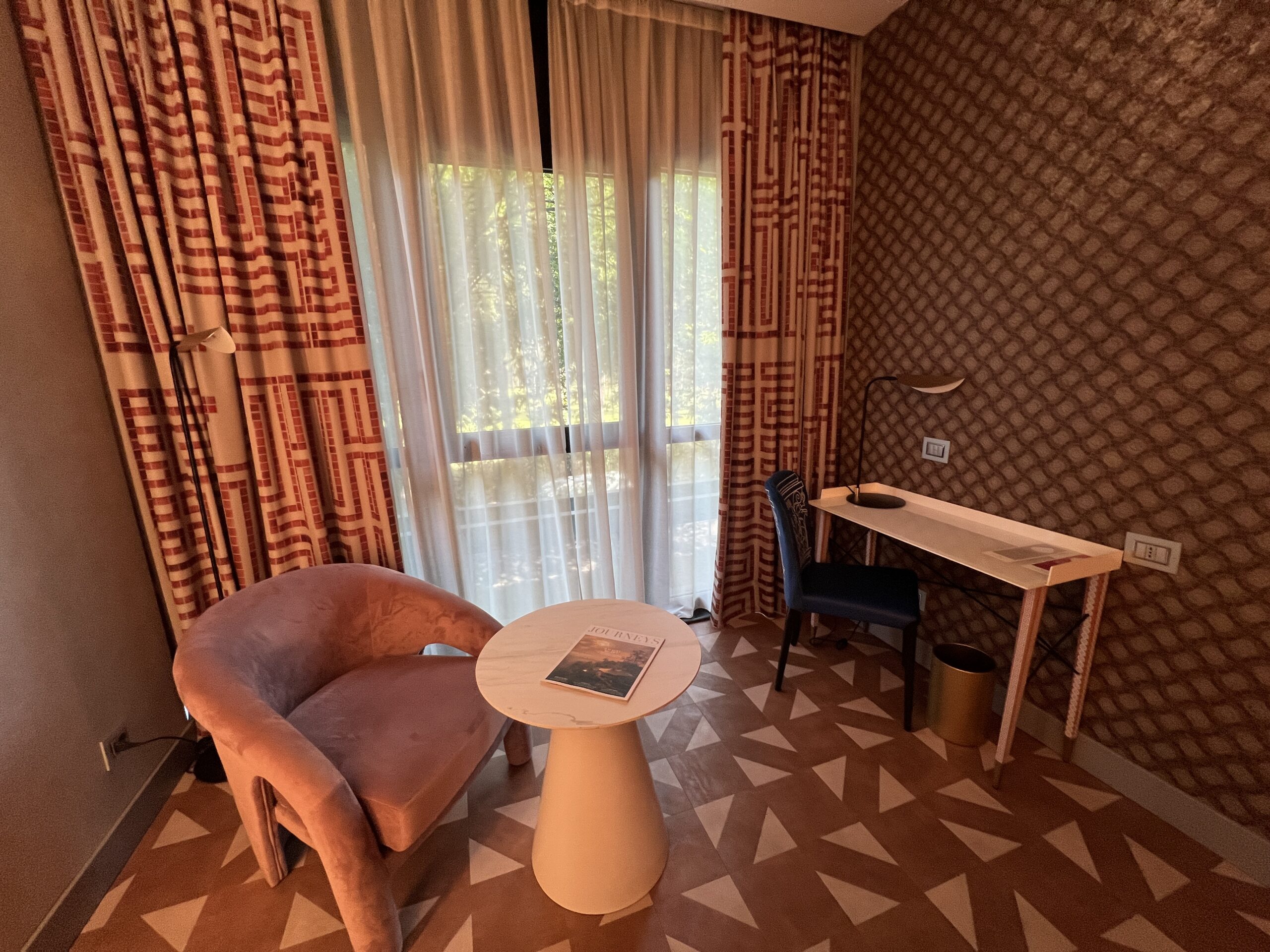
Inside of the Hotel and My Room
This hotel was absolutely stunning, from the room decor to the overall stylish, edgy, eclectic vibe depicted through the furniture, intentional artwork displayed on the walls, and the use of colors.
My room was lovely and included features like a flatscreen TV, a coffee machine with a minibar, and more to make it a comfortable stay.
The lovely staff allowed me to stay until 3:00 pm, which was greatly appreciated.
Though I did not get a chance to explore all of the hotel’s amenities, as it was surely just a quick stop before I had to check into my accommodation for the duration of my time in Rome, I would be willing to stay here again if I was in Rome.
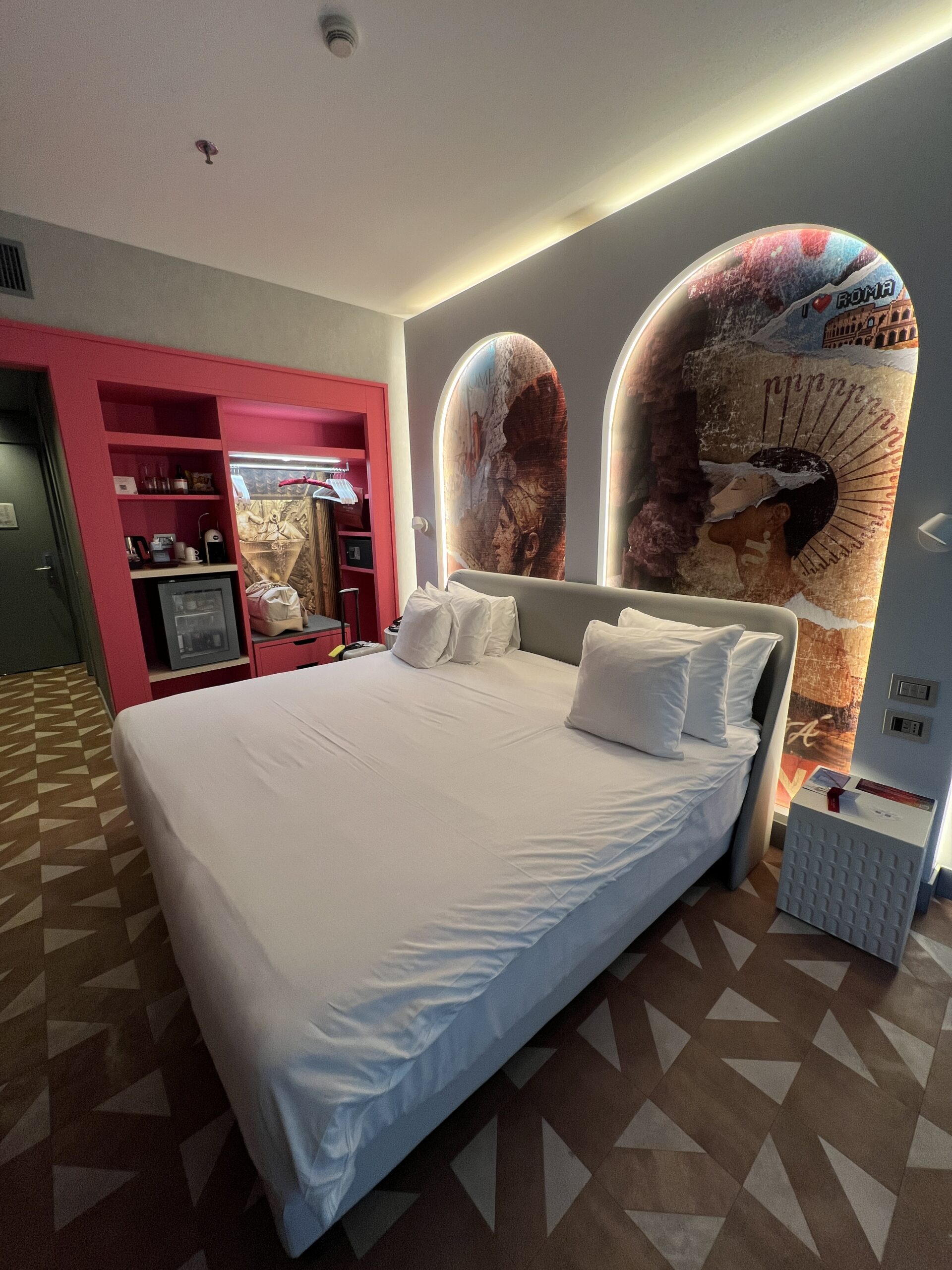
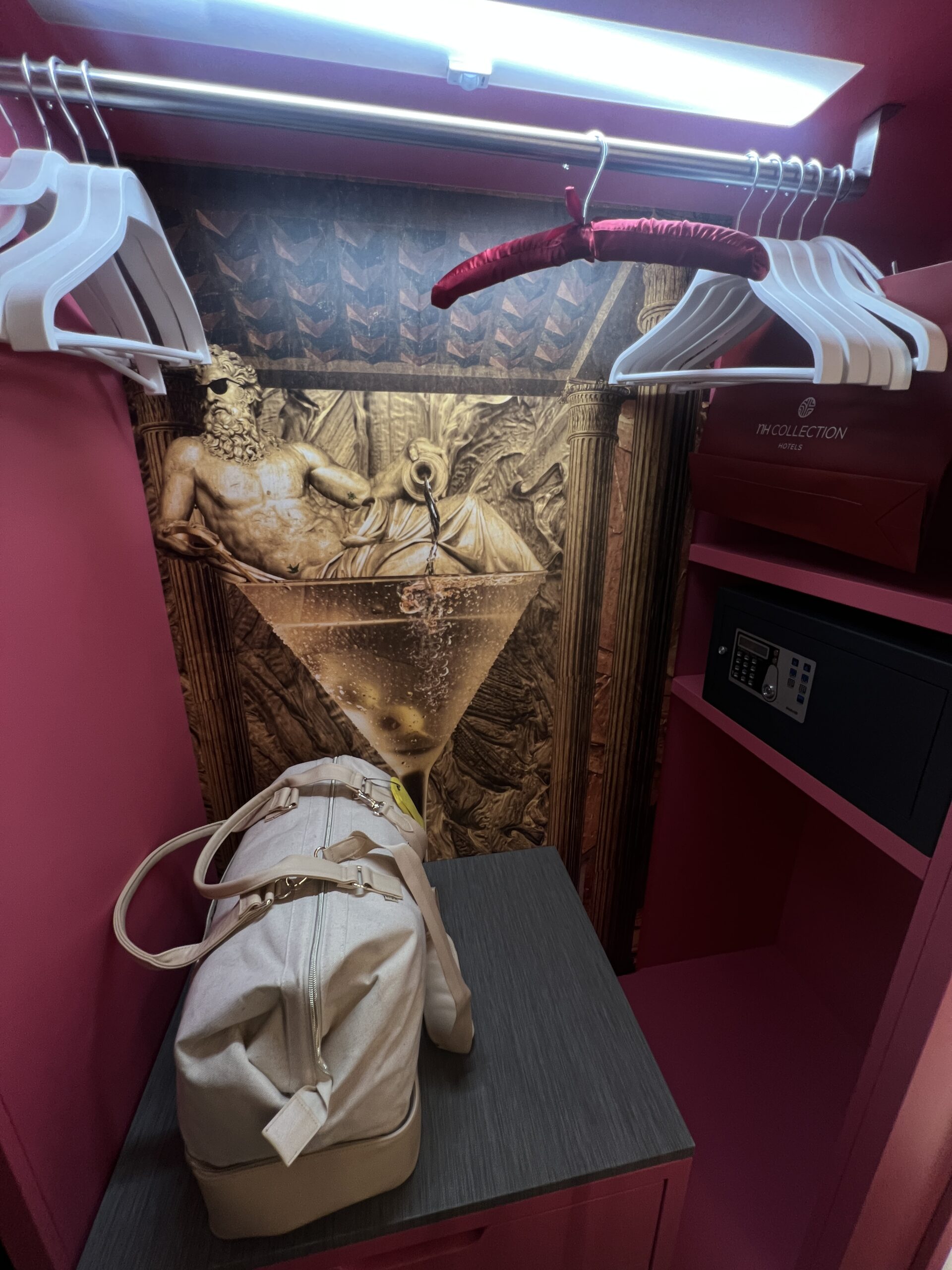
Airbnb: Anastasia Charming Apartment near Vatican City
My main accommodation in Rome was this two-bedroom, one-bathroom Airbnb located about 30 minutes away from the city center.
I was not originally planning to travel to Rome alone, so I ended up with a two-bedroom unit.
My three-night stay at this Airbnb hotel cost a total of $513.51.
Inside of the Airbnb
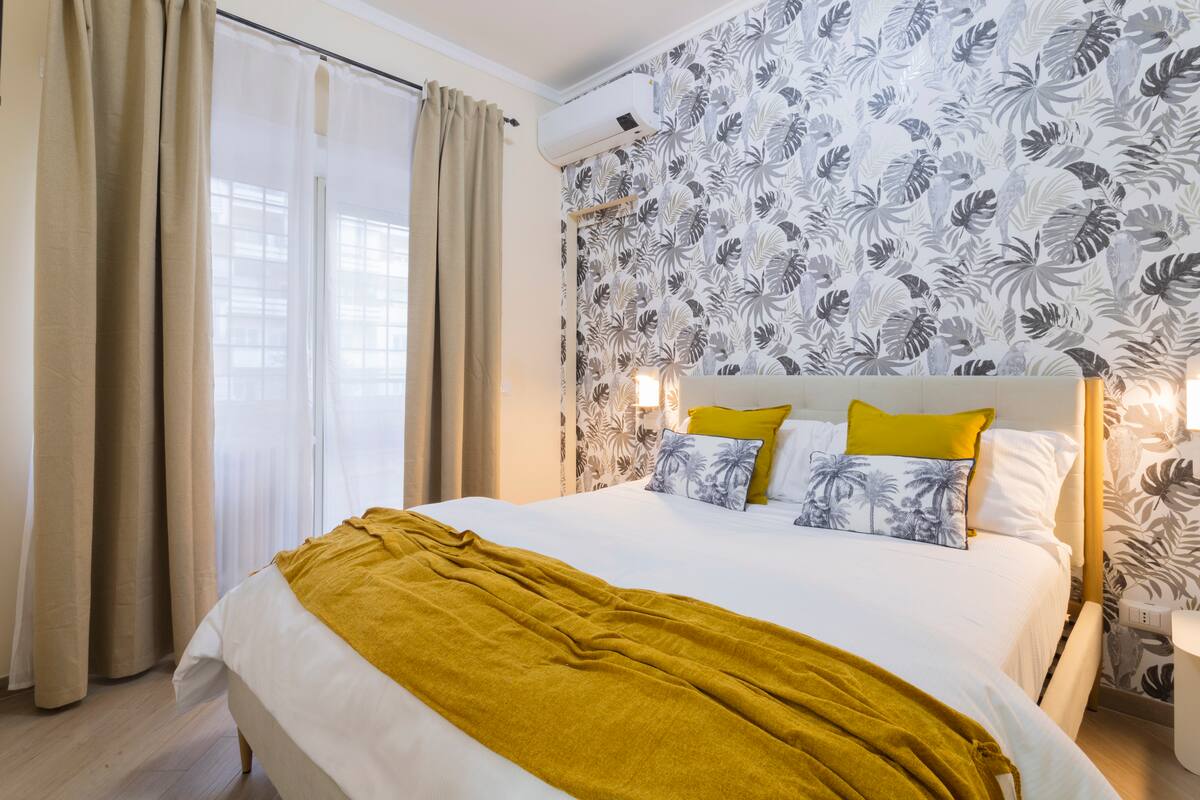
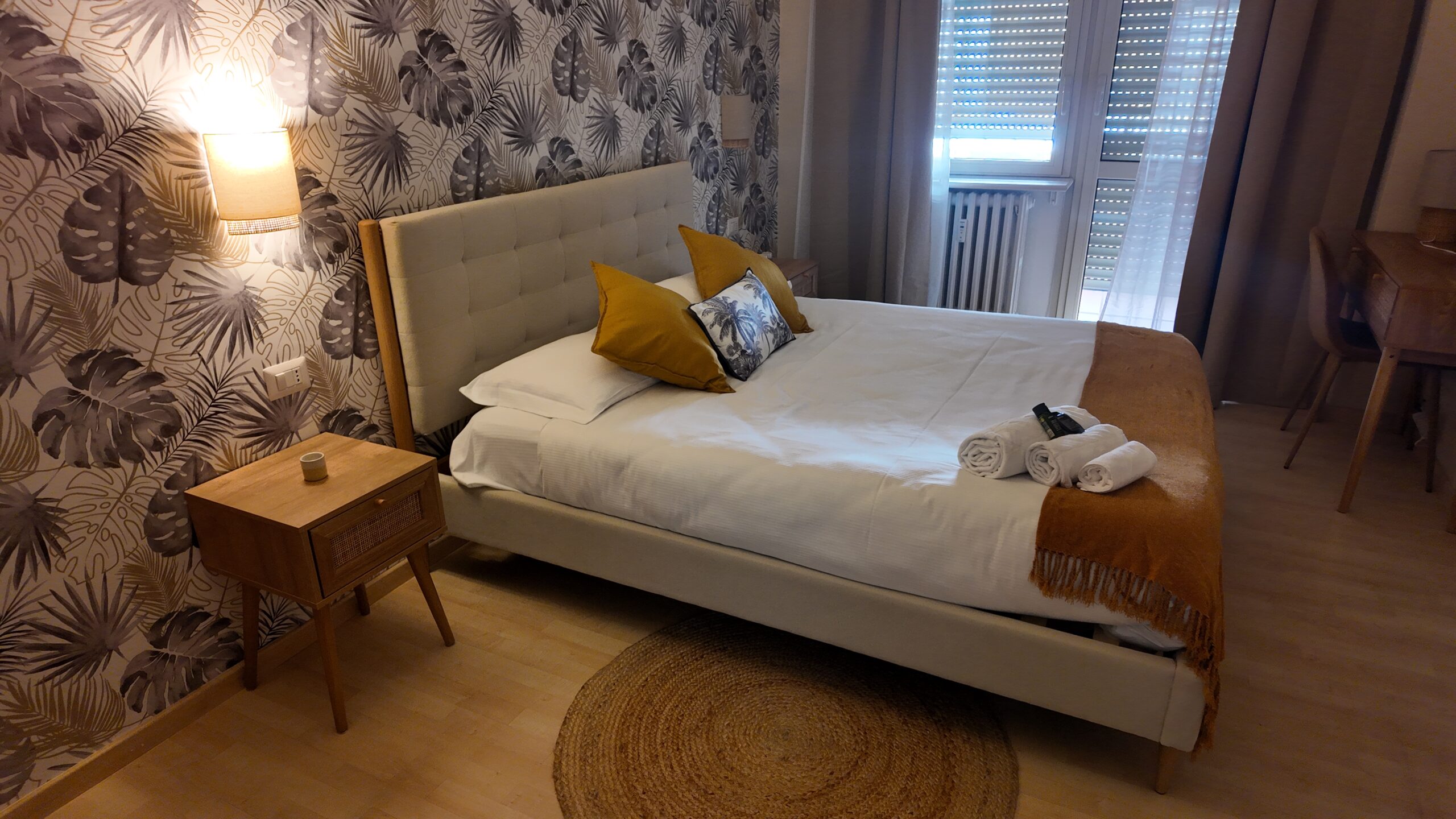
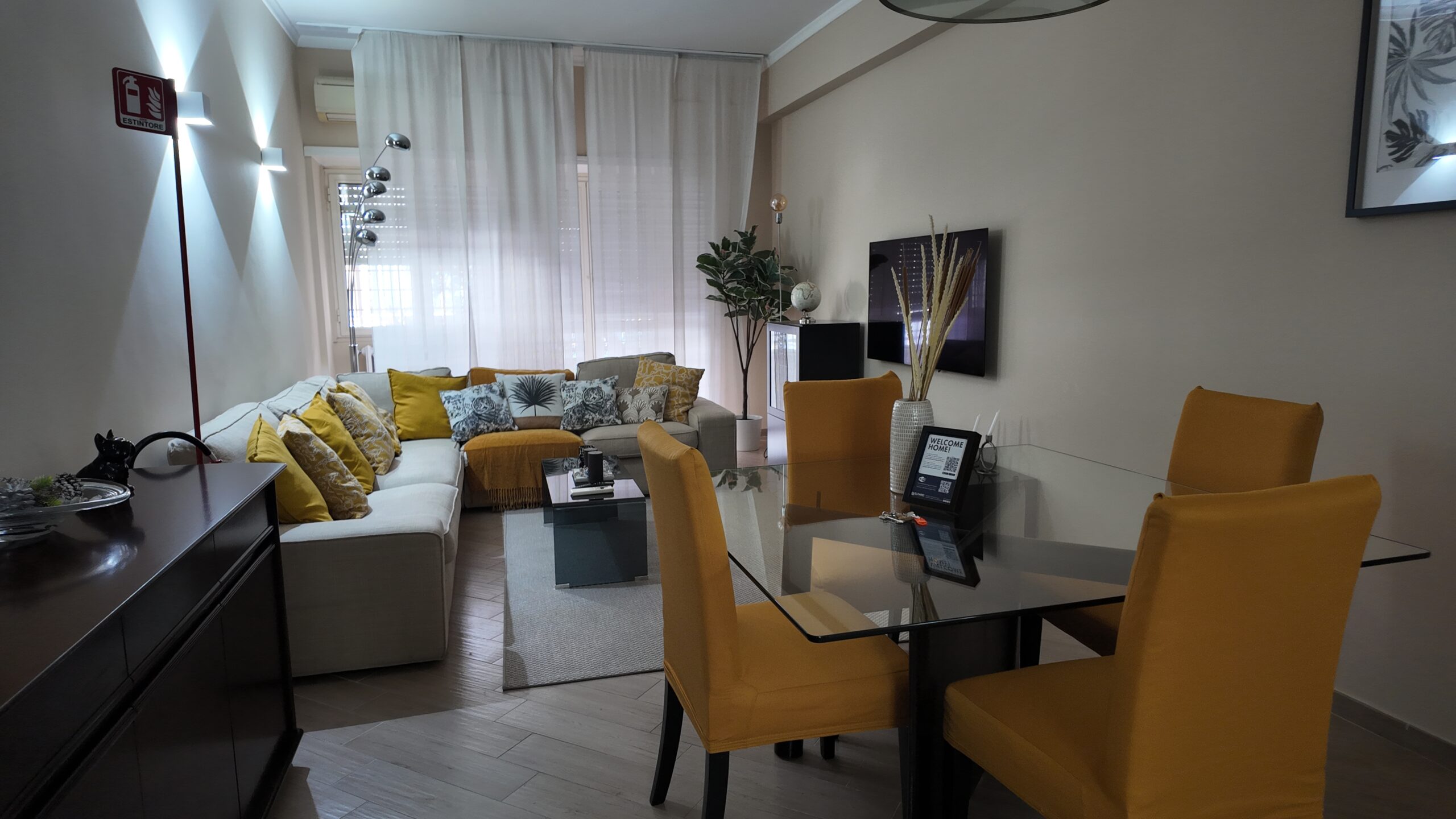
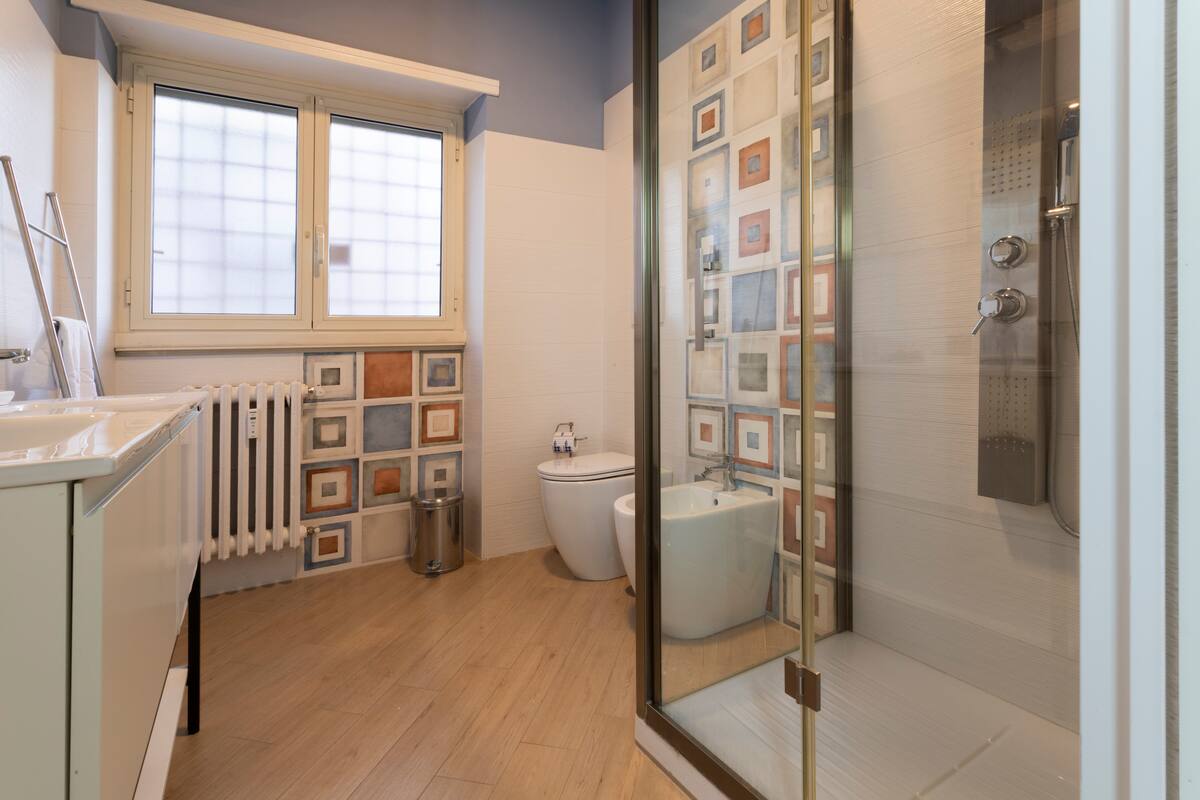
My Review of the Airbnb
Overall, this was a great stay in Rome.
The unit included features like a washing machine, AC in one of the rooms, dryer, rack, and clothing iron that made staying here better.
The host was also extremely responsive whenever I had questions or needed help.
There are a few aspects of the Airbnb, like the shower door, which is very hard to open and close, that I recommended the house look into fixing, but other than that, I truly did not have any major problems while staying here.
The unit is five minutes away from a metro stop, and buses pass just steps away from the building, making it easy to get into the city center, which is about 30 minutes away by Metro or bus.
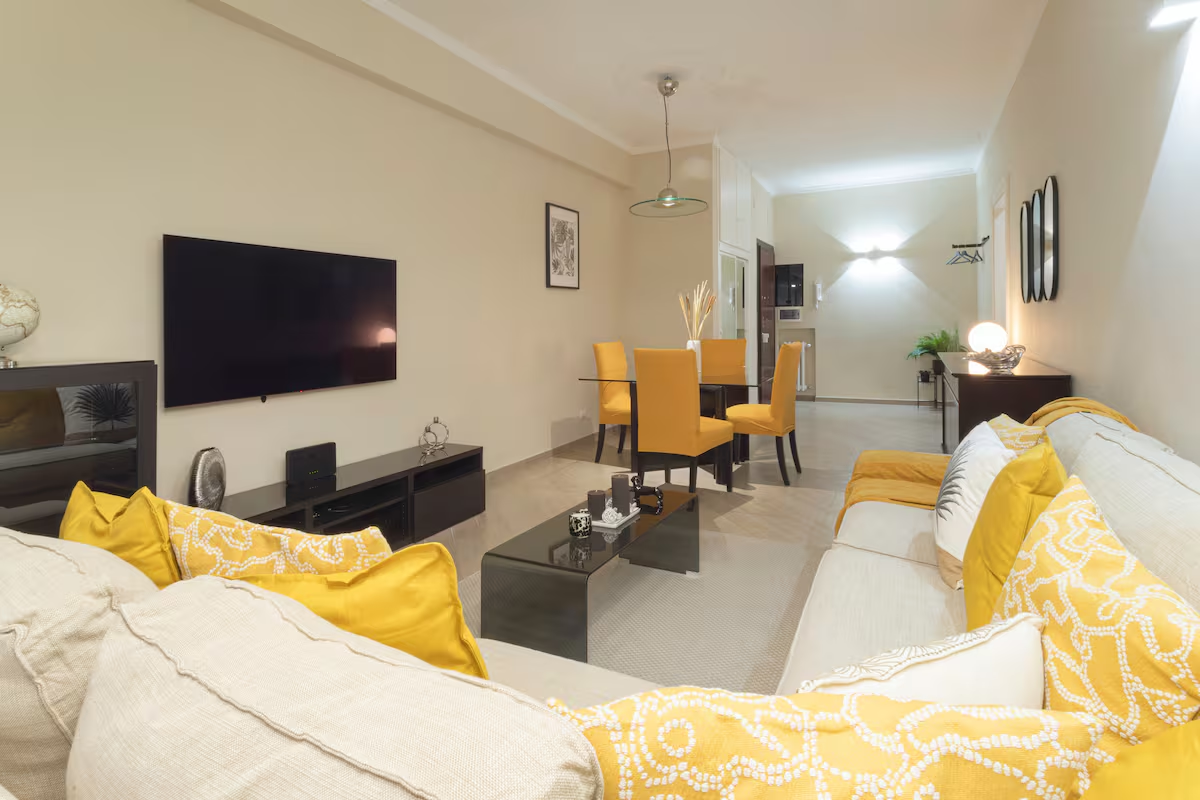
Dress Code in Rome
While there is no official dress code in Rome, and people tend to dress how they want to, if you are planning to visit religious sites like churches, there are typically rules that state shoulders must be covered, skirts/shorts should be knee-length or longer, and hats must be removed.
I always carried a light cover just in case I needed it, and I recommend you do the same.
When visiting more upscale venues, some places request that visitors not dress a certain way, so I would look for this on any reservation confirmations or the venue’s website.
In general, though, everyday clothing in Rome can be casual and comfortable. I like wearing flowy skirts, sleeveless tops, and dresses:
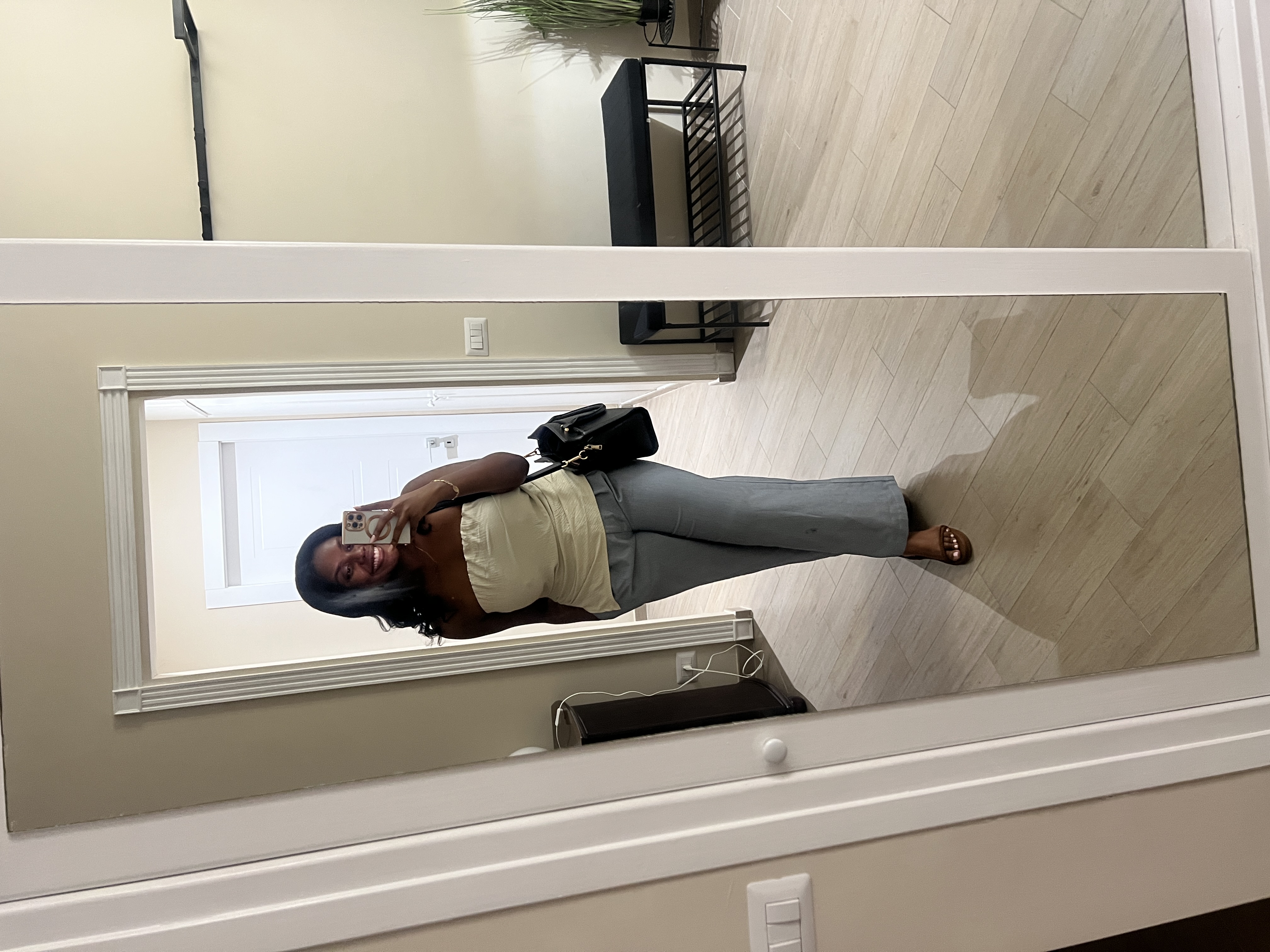


Things to Do in Rome
There are plenty of things to do in Rome, mainly revolving around religious sites, artwork, history, food, and other activities to immerse you in the city’s culture.
In this section, I will share all of the activities that I did while in Rome and, in the end, even include a longer list of activities I will have to do on my next trip to Rome, which would be great to know about if you have the time to visit and see them!
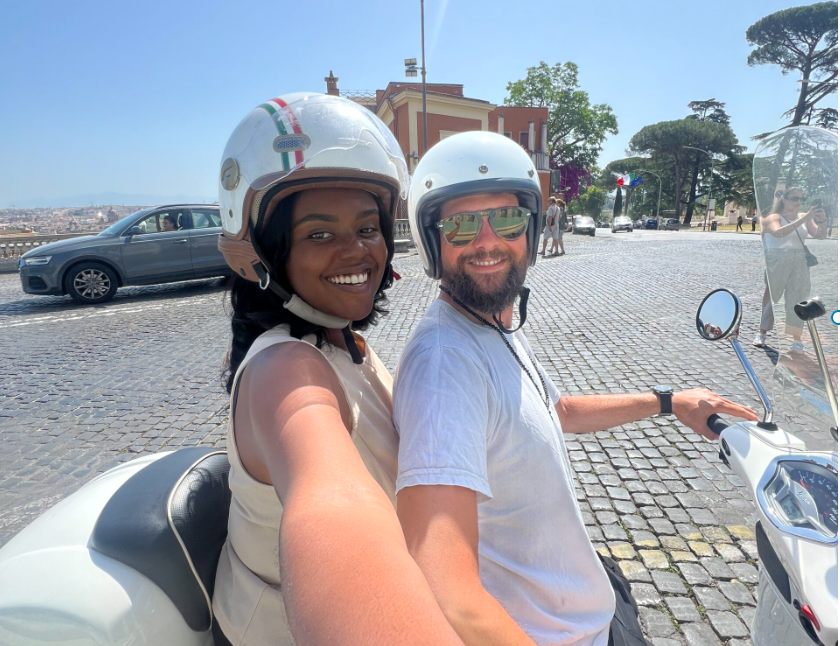
Trevi Fountain
This fountain is one of the most famous in the world and is an attraction you probably saw everywhere while researching your trip to Rome.
I mean, it’s only right to visit the iconic fountain featured in THE Lizzie McGuire movie that many of us hopefully grew up on!
The Trevi Fountain, built in the 18th century, is the largest fountain in Rome. It features Oceanus and is a staple attraction.
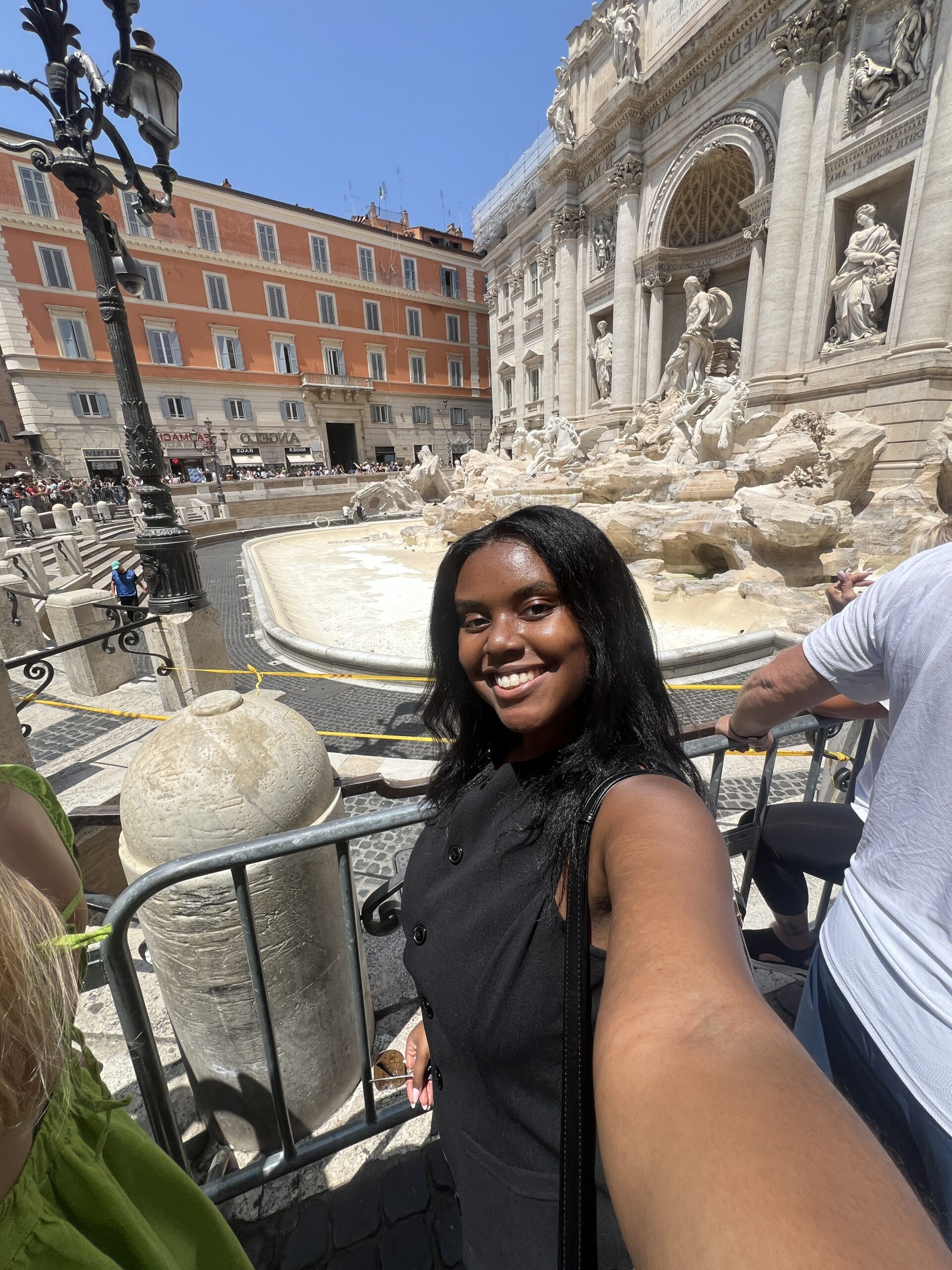
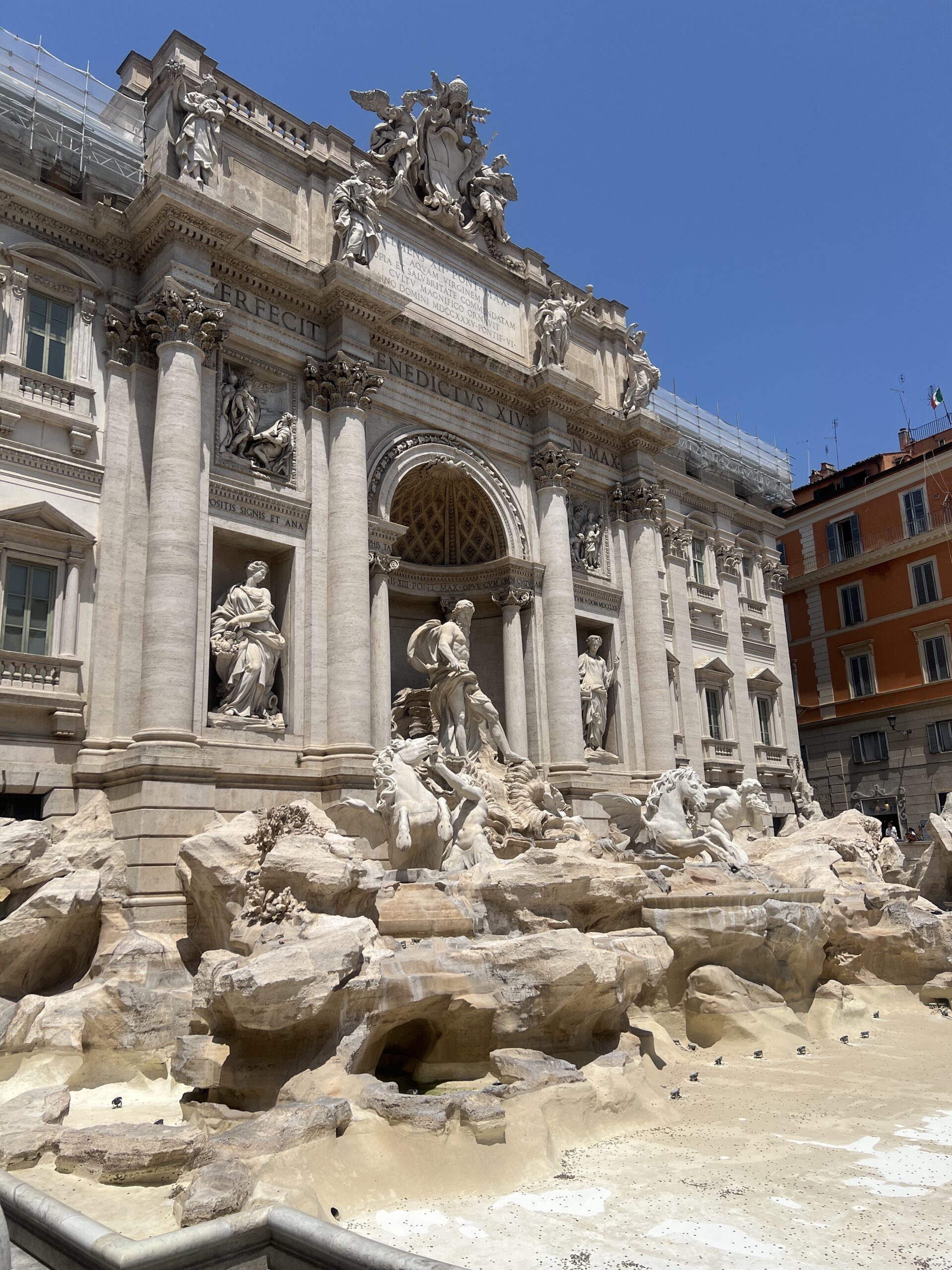
The fountain does get packed, so if you want cute pictures here, I recommend going as early as 5 a.m. You’ll still come across some people, but it is way less packed.
I did a beautiful photoshoot at the fountain and got some great pictures.
Remember to bring a coin to toss over your left shoulder using your right hand, with your back facing the fountain. Participating in this tradition means that you will return to Rome someday.
Cost: FREE
Special Trevi Fountain Tours in Rome
- Trevi Fountain and Underground Guided Tour
- Rome: Spanish Steps, Trevi, Navona, and Pantheon Sunset Tour
- Trevi Fountain District Underground Tour and Ice Cream
Spanish Steps
The Spanish Steps of Rome, which contain about 135 steps, connect the Trinità dei Monti church at the top with the Piazza di Spagna below.
The Piazza di Spagna is a beautiful spot in Rome where many other tourists gather, take photos, and enjoy street performances. It is surrounded by historic buildings, fountains, and high-end boutiques.
I did not go up the stairs as I was more into the Piazza itself rather than the stairs, but many say the view up the stairs is stunning.
Cost: FREE
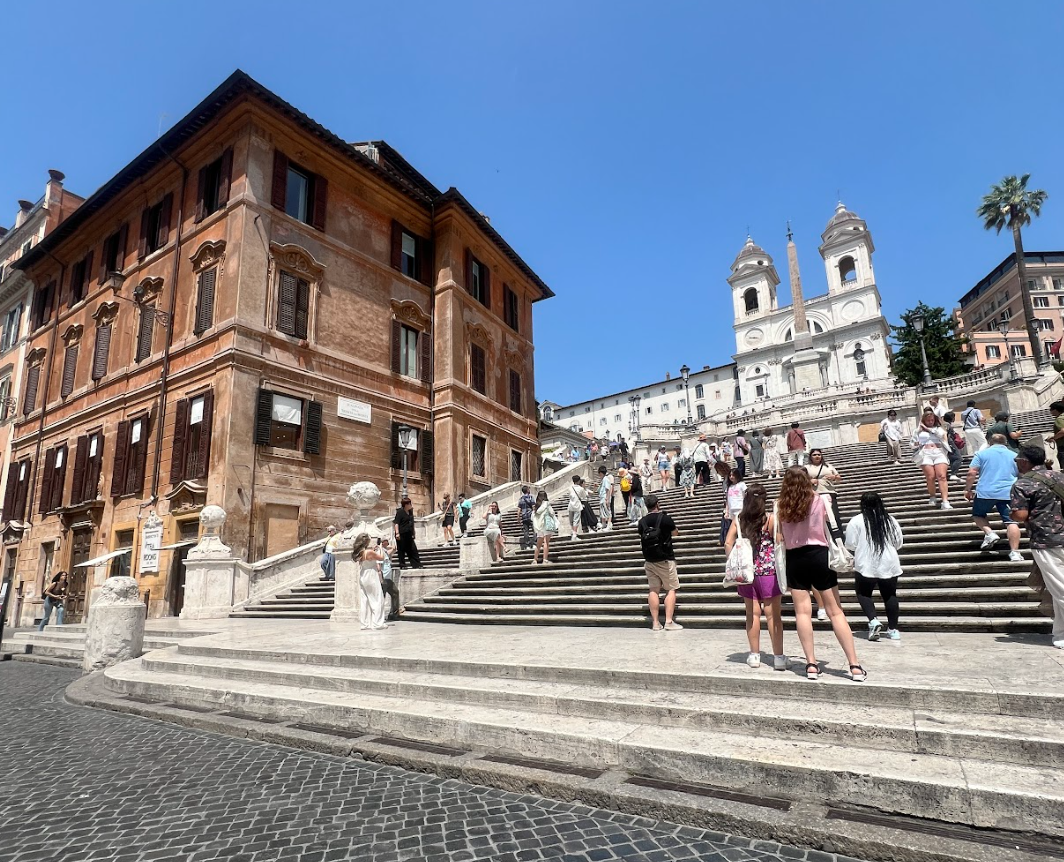
Capture your time in Rome with a photoshoot
One of my favorite things to do when I travel to a new city, especially solo, is to book a photo shoot to ensure I have beautiful pictures to remember my time.
While in Rome, I booked a group photo session on Airbnb Experiences, but thankfully, it ended up being a solo session as I was the only one who booked for that time.
I met with my photographer at 5:30 a.m. at the Trevi Fountain and took some beautiful pictures and great videos.
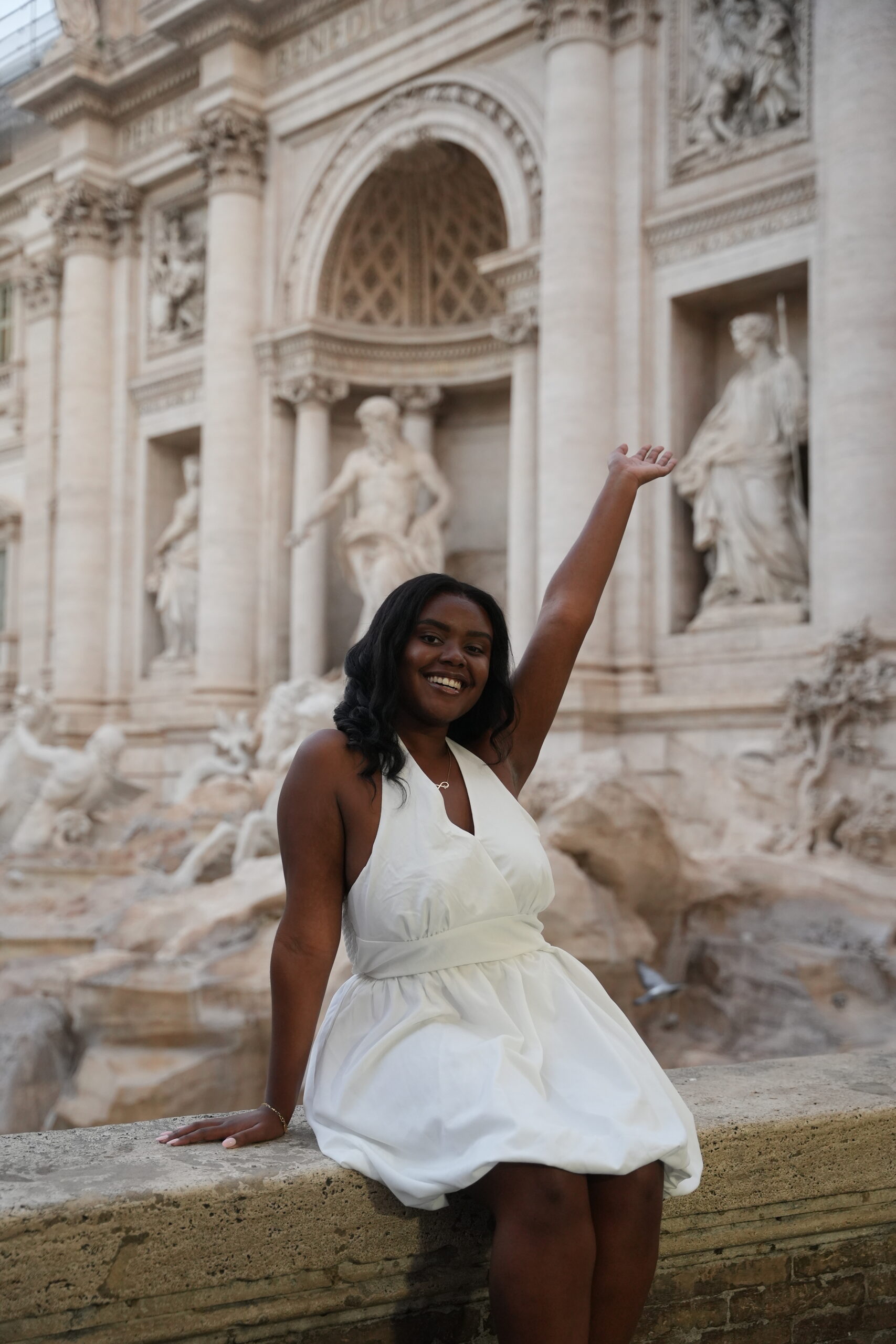
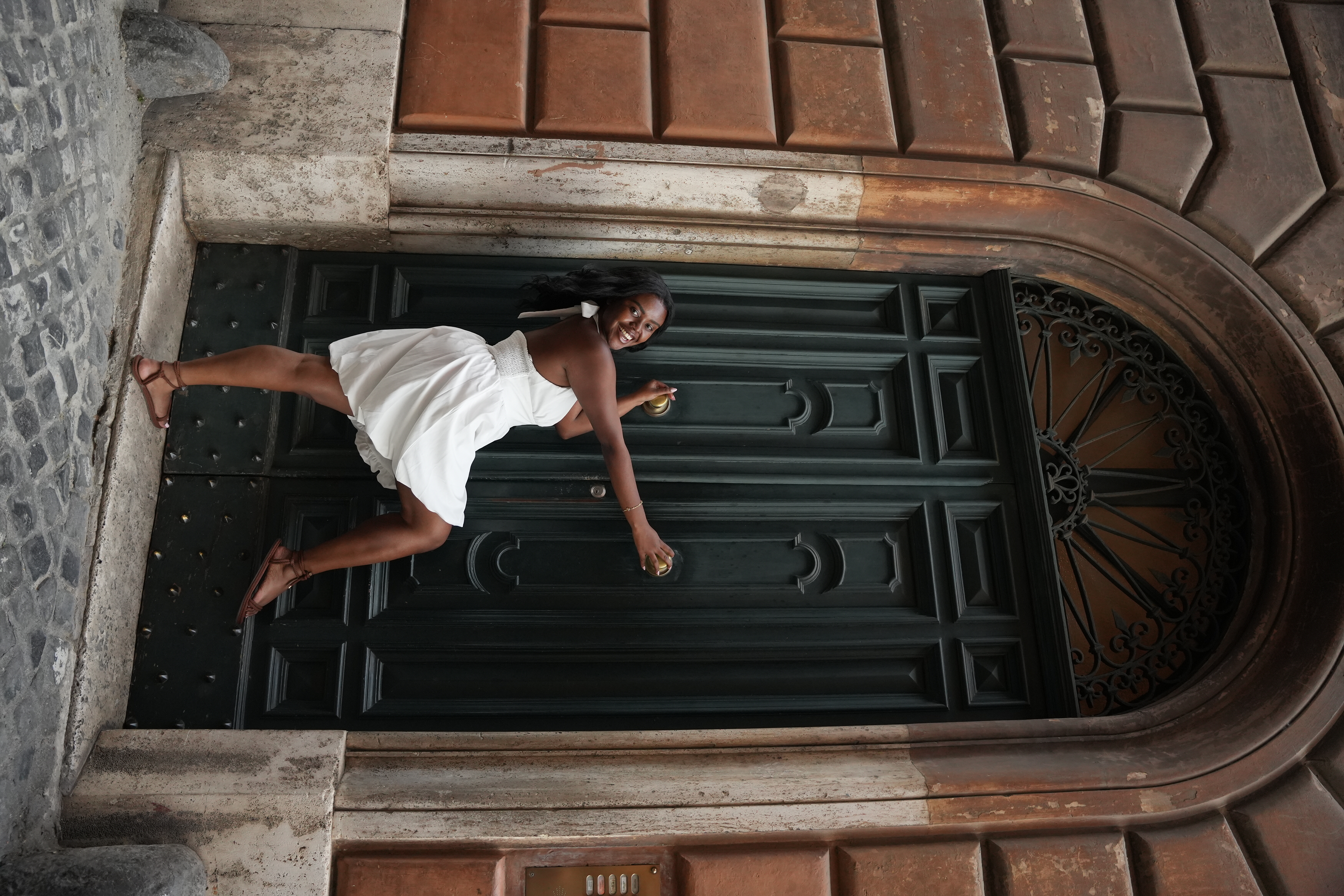
Rome is very crowded during the day due to tourists, so if you are going to do a photo shoot, I highly recommend booking in the morning to avoid the crowd and get the best shots.
Cost for a Group Photo Session: $55.82
More Rome Photoshoots:
Vespa Tour with Scooterroma
Once I started planning my trip to Rome, I knew I would want to hop on a Vespa, so I booked a Vespa city tour with Scooterroma.
Scooteroma hosted me on their “Scooterroma Shuffle” tour, which combines artwork, city sights, and sweet bites in one tour over 3-4 hours.
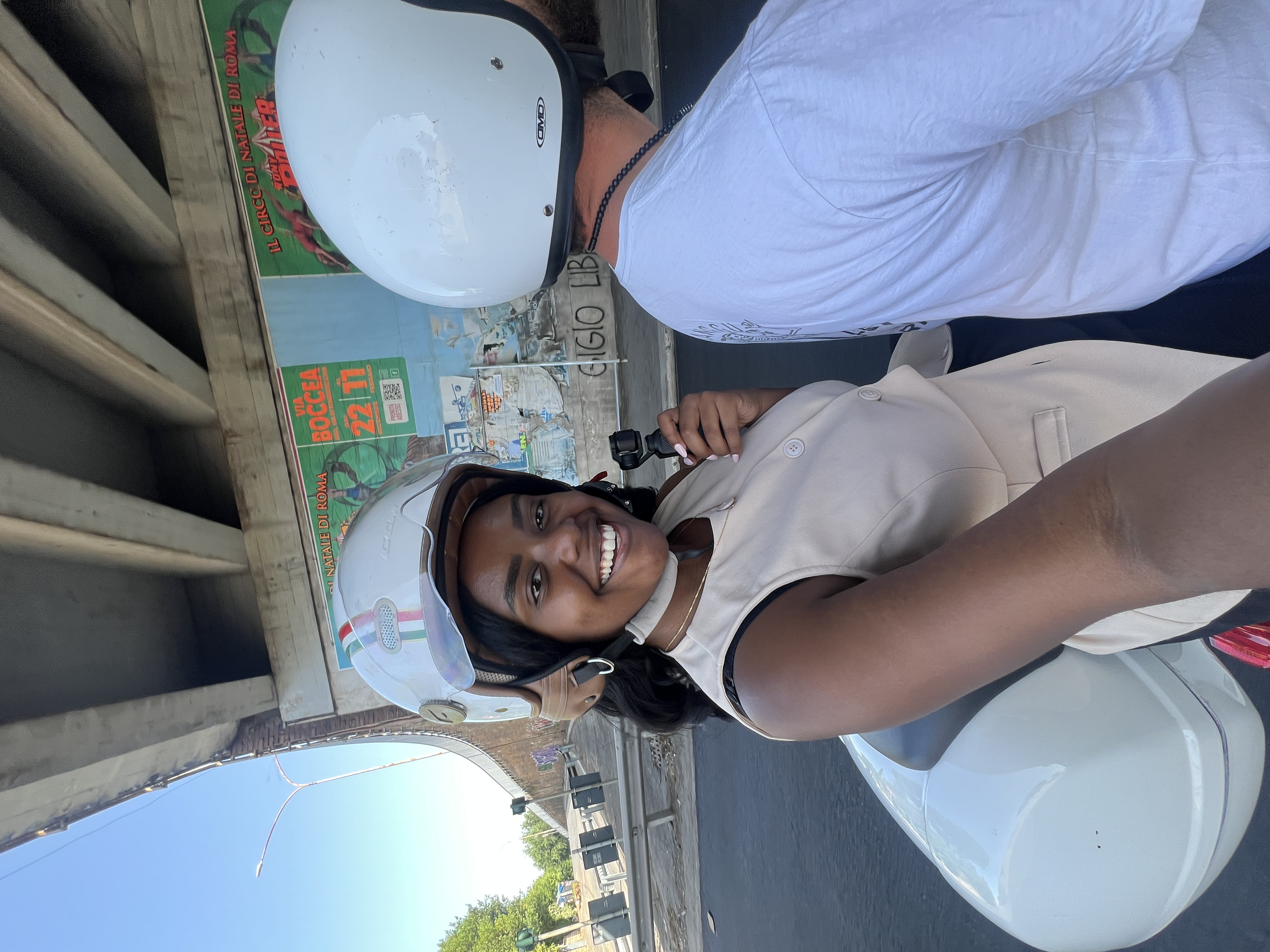
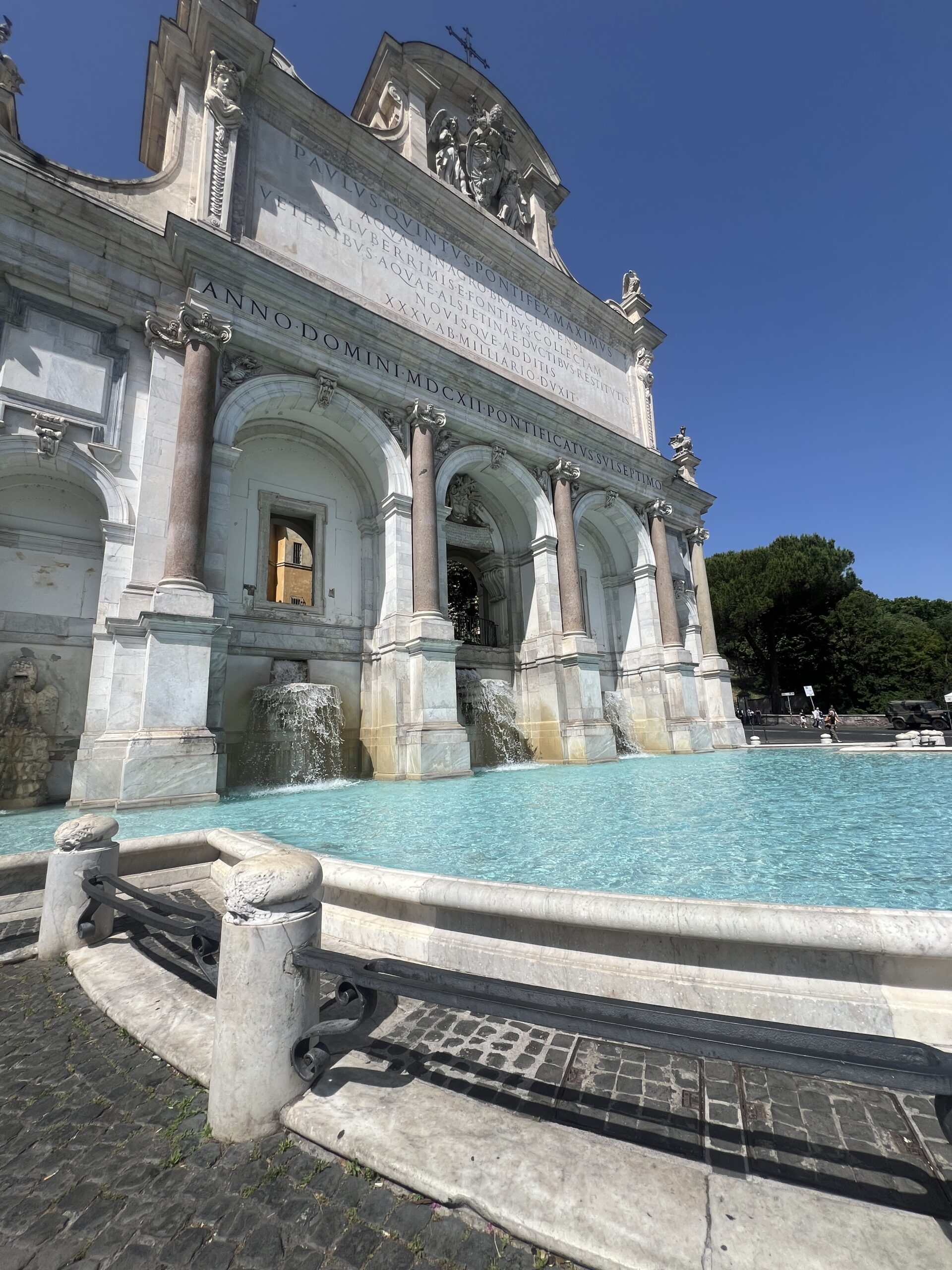
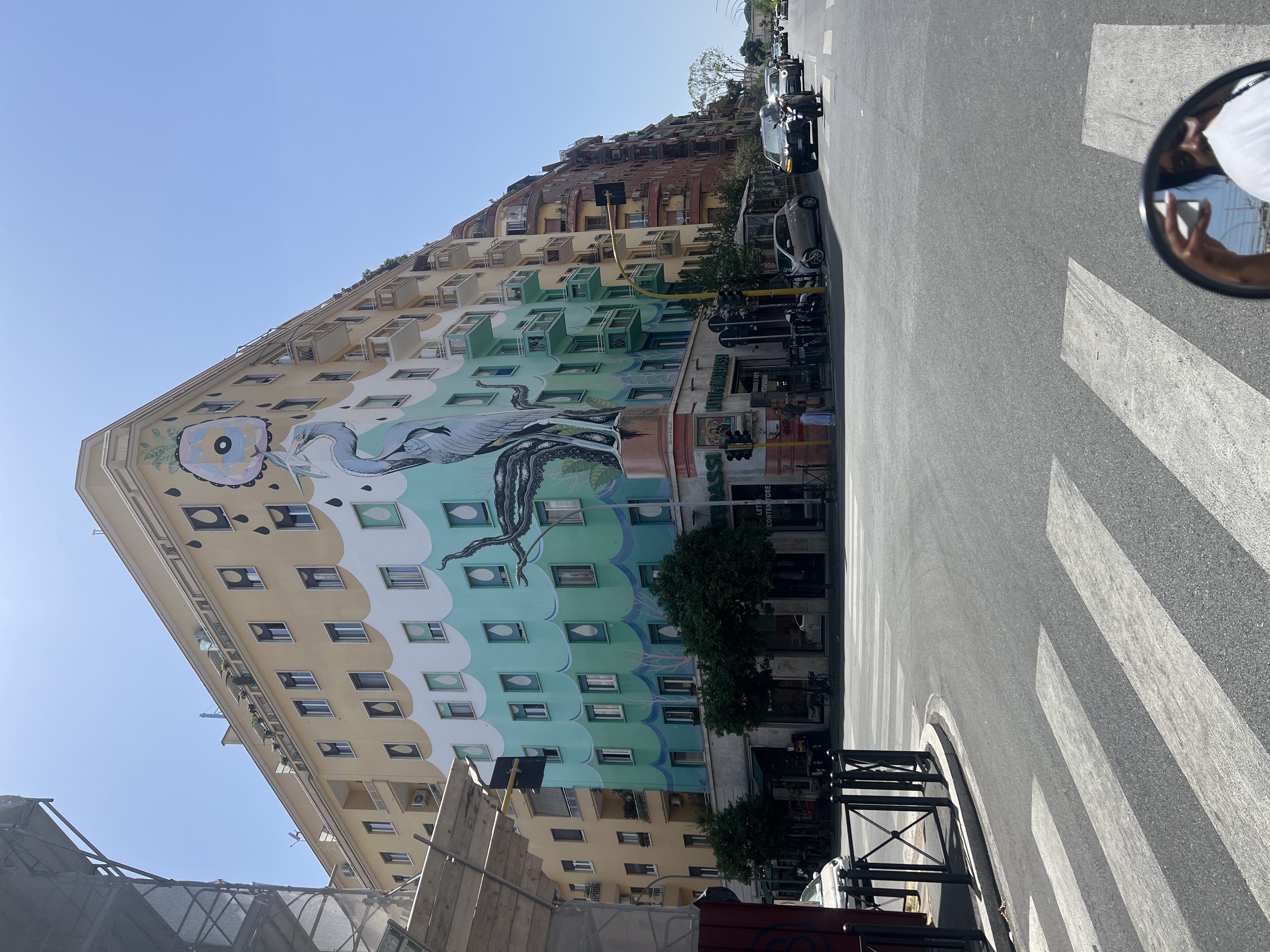
My tour guide, Marco, picked me up from my accommodation, planned our route in a few minutes based on what I wanted to see, and we were on our way!
I visited so many spots in Rome, stopping along the way to take beautiful pictures around the city and finishing with a refreshing gelato cone.
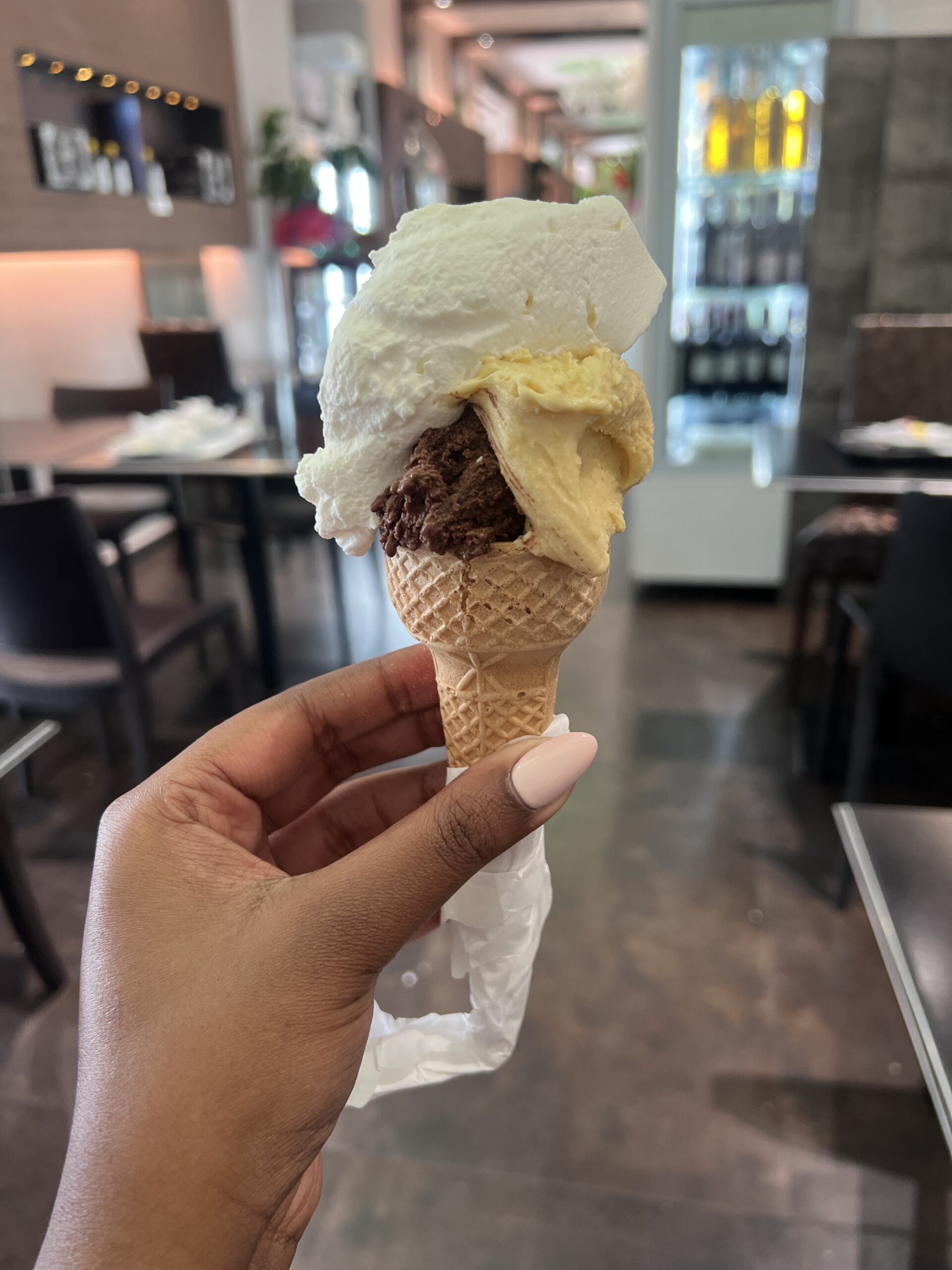
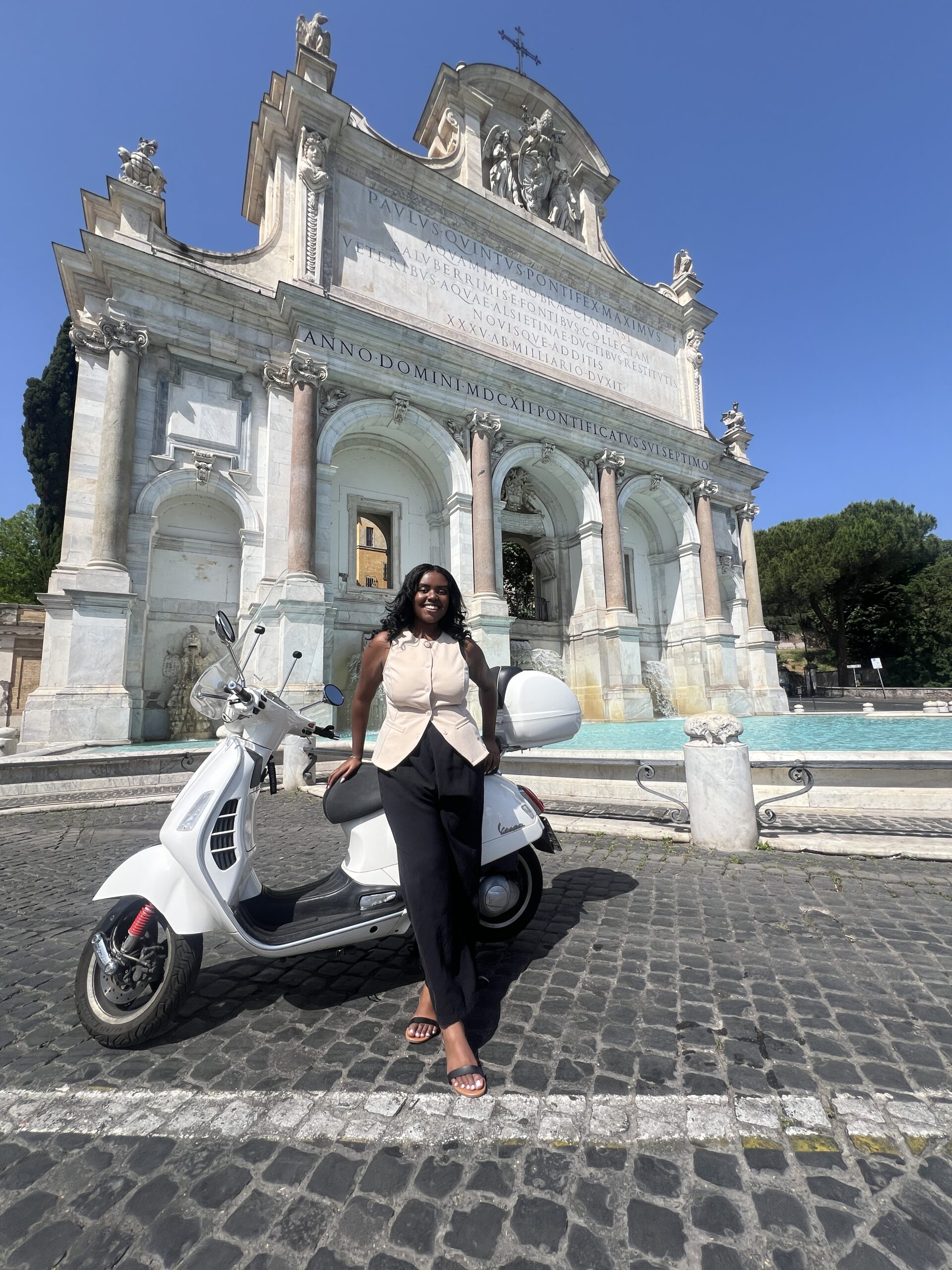
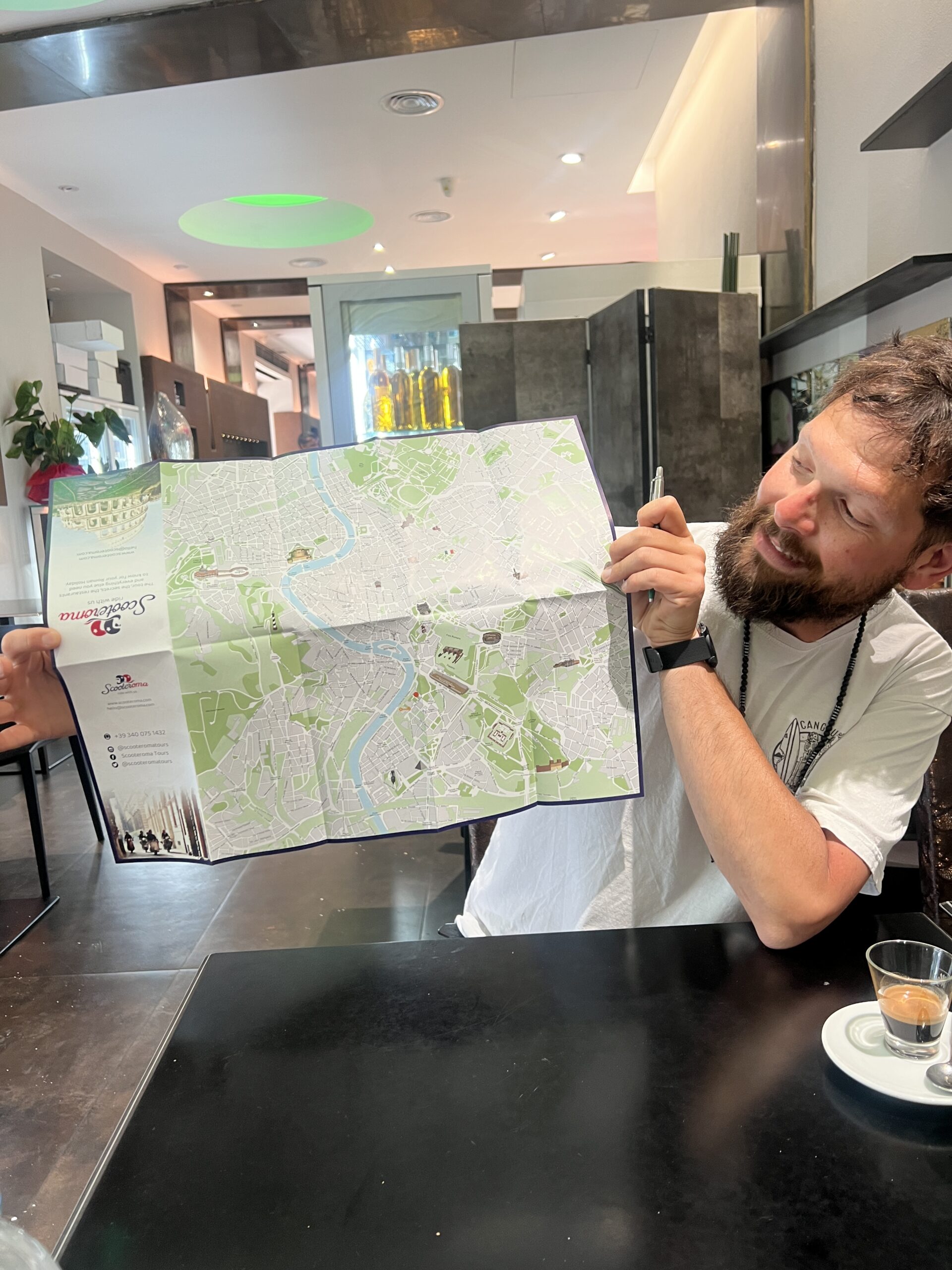
If you’re in Rome, especially if you’re traveling solo, I highly recommend booking a Rome vespa tour with the company. This was definitely a highlight of my trip.
Cost: Rates for tours begin at €180 ($207.44)
More Rome Photoshoots:
- City Tour by Vespa with Pictures and Sweet Tastings
- Vespa Tour with Historic City Highlights
- Rome Vespa Scooter Tour
Soak in the fountains and sights at Piazza Navona
Another one of Rome’s most beautiful squares, Piazza Navona, exudes a lively street atmosphere blended with historic charm.
A hub of culture and relaxation, the square offers visitors the opportunity to admire the different fountains, relax at outdoor cafés, and watch local artists and performers bring the square to life.

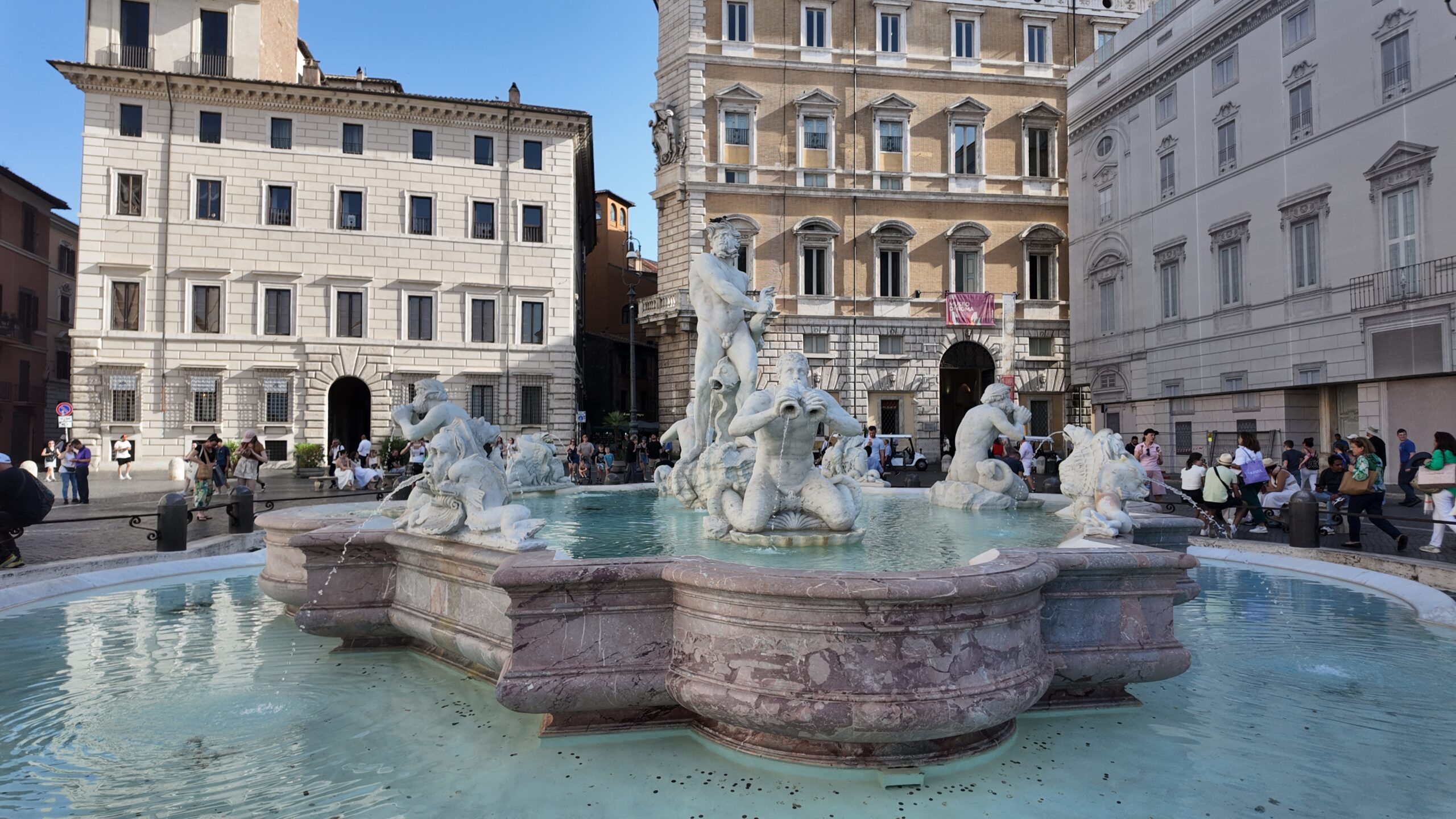
I enjoyed walking around this plaza and even had lunch at one of the surrounding restaurants, which was amazing for people-watching.
Piazza Navona is said to be more lively in the evening, so if you have to choose, I would recommend stopping by around those hours for a better chance of seeing street performers and other lively entertainment.
Cost: FREE
Take a guided tour of the Colosseum
A World Wonder, the Colosseum in Rome was built nearly 2,000 years ago and is a massive amphitheater that once hosted gladiator battles, wild animal hunts, and grand public spectacles in front of large crowds.
I highly recommend booking a guided tour that can help you skip the very long line and explain the layered history of the place so you understand details about the Colosseum that you would likely have a limited understanding of if you were to visit on your own.
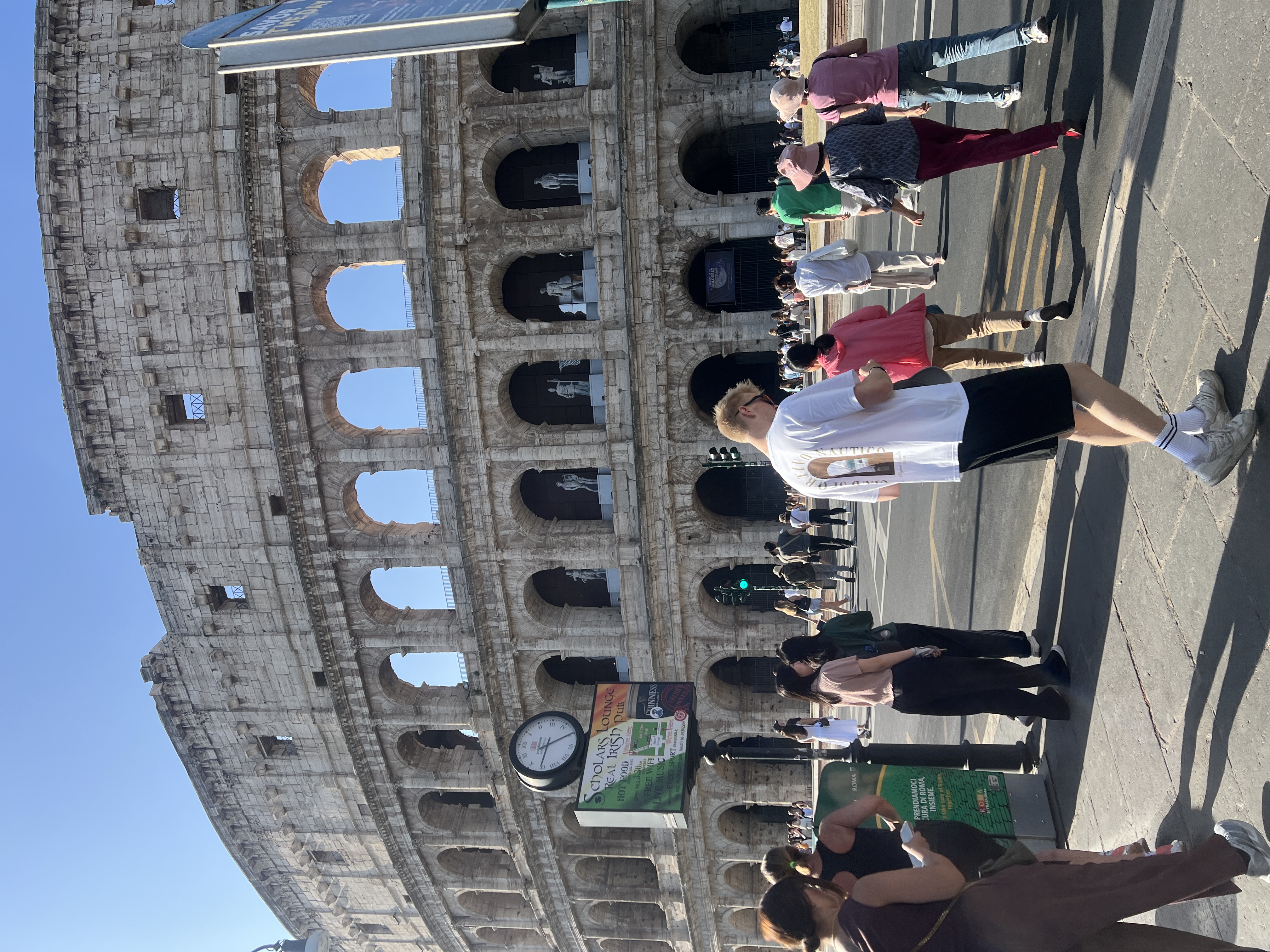
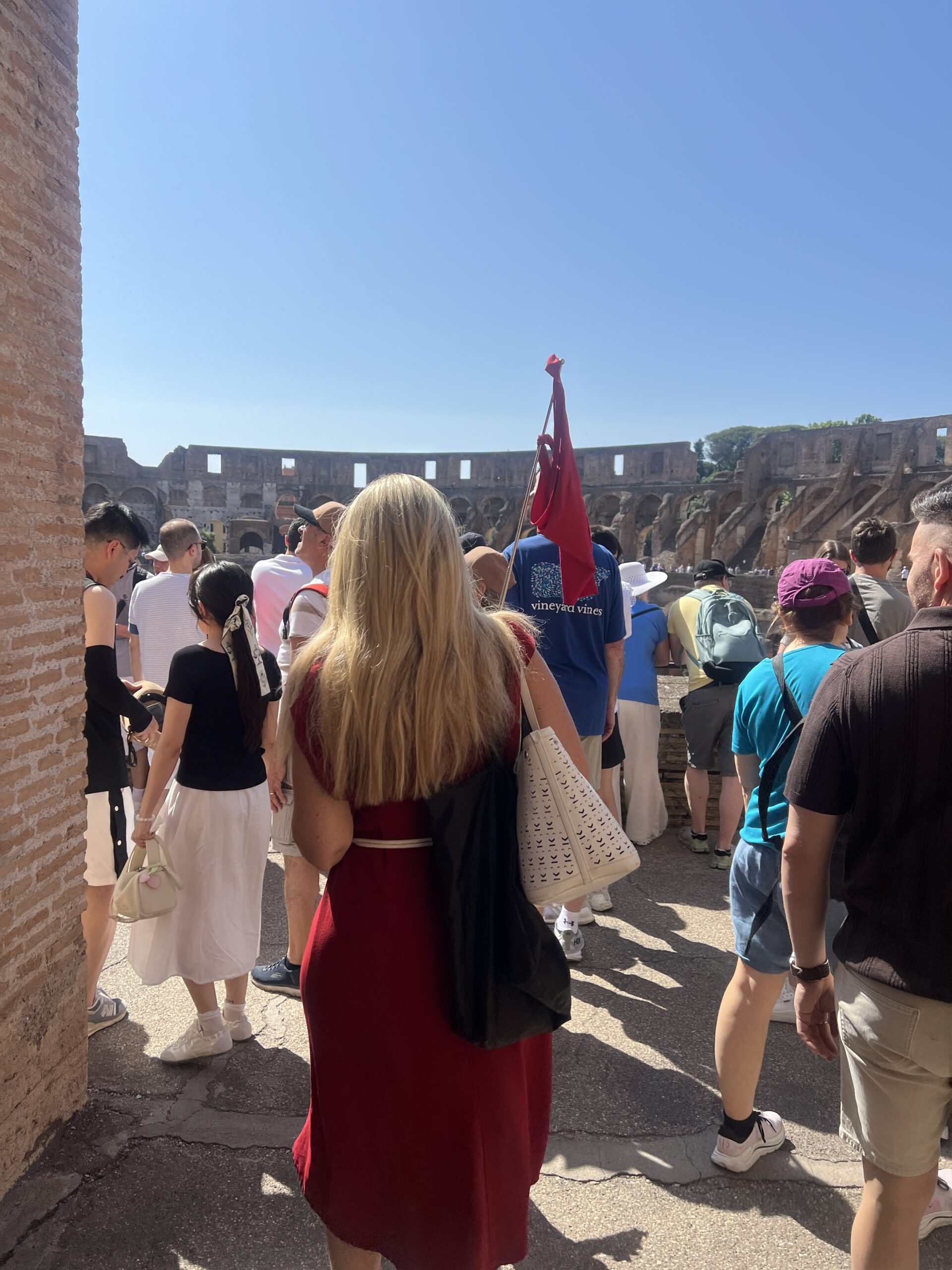

I booked this guided tour that included the Colosseum, Roman Forum, and Palatine.
When booking this tour, there is an option for a small group, and I highly recommend selecting that option, as I did.
There are groups as large as 30+ people, but the group that I was in was 10 people in total, and it made moving around a lot easier and seeing the Colosseum a lot less overwhelming.
If crowds don’t bother you, you’ll be fine regardless of the tour you select, but ask someone who doesn’t like tours. I found this to be a refreshing experience.

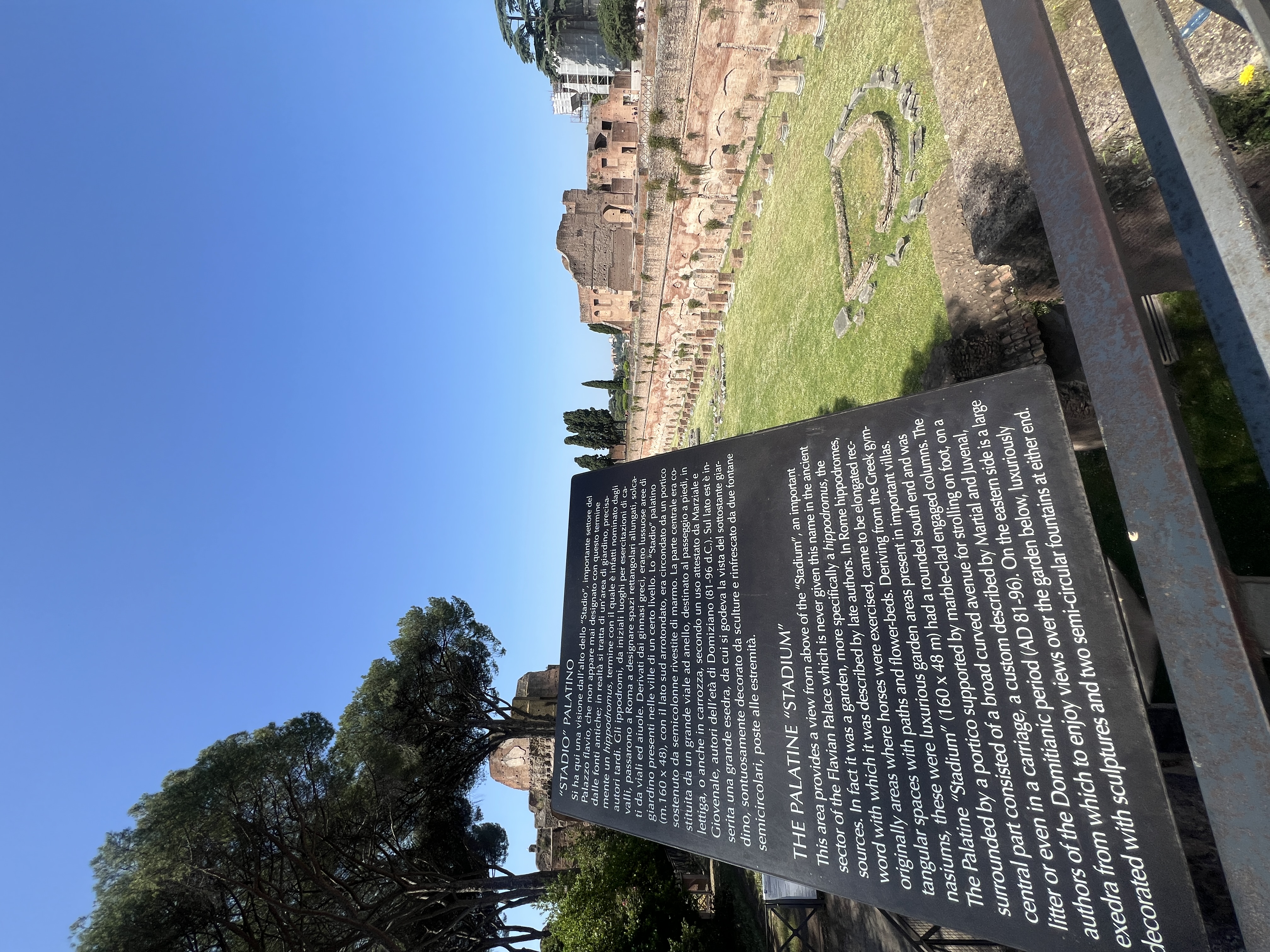
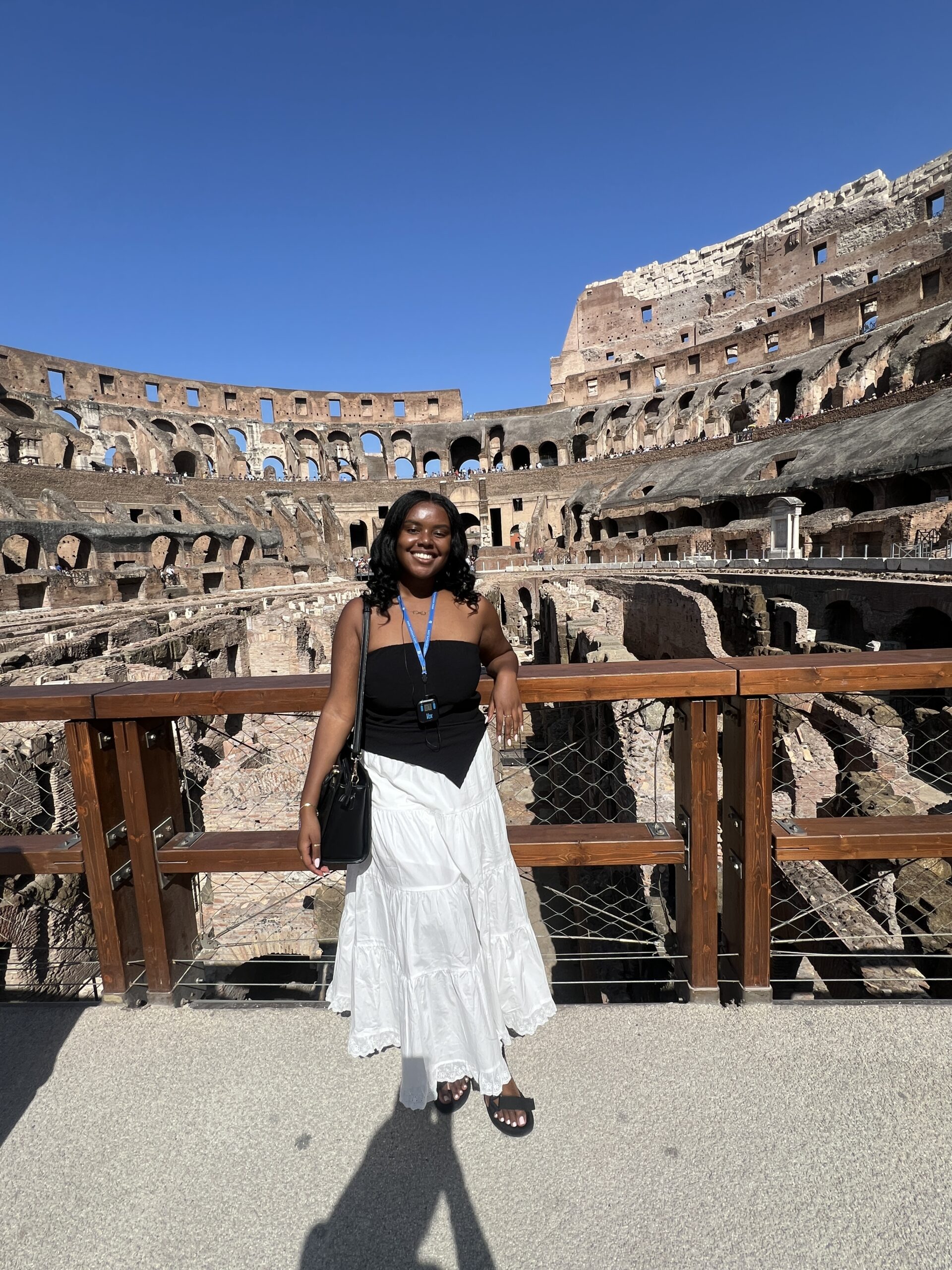
Upon arrival at the meeting point, I checked in and was given an earphone piece with a radio so that I could hear my guide throughout the tour.
Overall, I greatly enjoyed this tour and can definitely vouch for it. It was very organized, informative, and a great experience. If you decide to visit during the summertime, it is a lot of walking in the heat, but it is definitely worth it.
The cost of the tour I took depends on whether you want to see the arena floor or not.
Cost: Tours start at $56.47
- English Small Group Tour with Special Access to Arena Floor: I paid $146.67 (There was a sale so this is a discounted rate. Normal price is listed as $183.34)
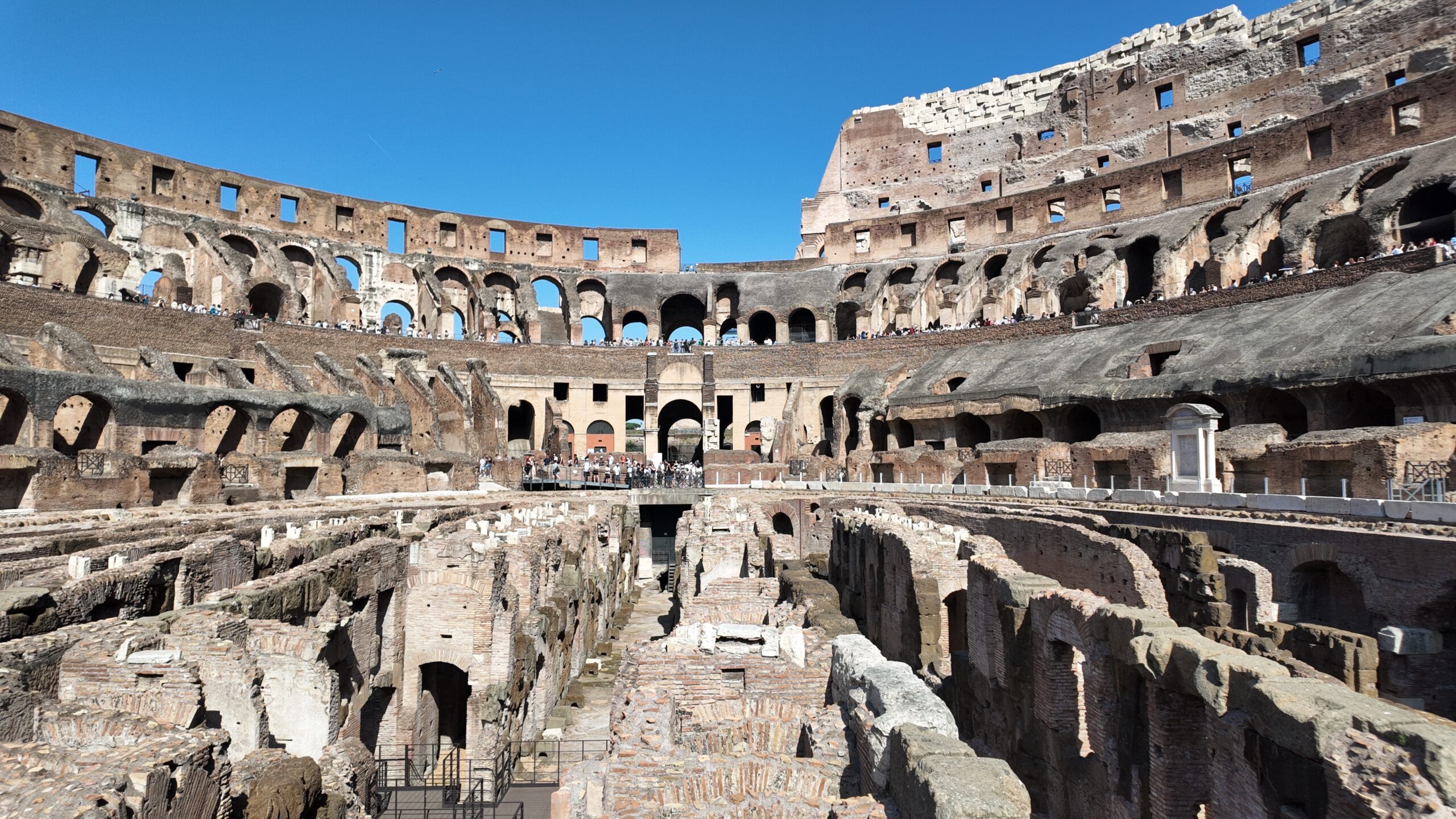
Shop with local vendors at the Campo de’ Fiori Market
Campo de’ Fiori Market is one of Rome’s oldest and most colorful open-air markets. It offers a lively mix of fresh produce, cheeses, and souvenirs.
You can expect to see stalls selling fruits, vegetables, flowers, spices, olive oil, pasta, cheeses, cured meats, and souvenirs.
The market is very close to Piazza Navona, so you can combine the two places on your itinerary for a 2-1 special!
The market runs most days from 7:00 AM to 2:00 PM, so you’ll want to fit this early into your day or even take a food tour that includes a visit to the market.
Cost: FREE, unless you decide to purchase something
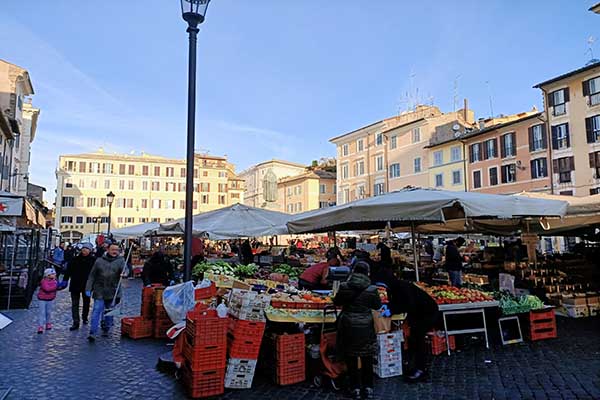
Visit the Sistine Chapel
The Sistine Chapel is a chapel in Vatican City and the Pope’s official residence. It is located within the Vatican Museums.
Many people visit the chapel to see the famous ceiling painted by Michelangelo and other stunning artwork.
Baptisms and other official ceremonies of the Pope are held inside the chapel.
Cost: €8.00 – €20.00 ($9.24 – 23.09) Entry Fee
Sistine Chapel Tours:
- Vatican: Museums & Sistine Chapel Entrance Ticket
- Vatican Museums & Sistine Chapel Skip-the-Line Entry Ticket
- Guided Chapel Tour
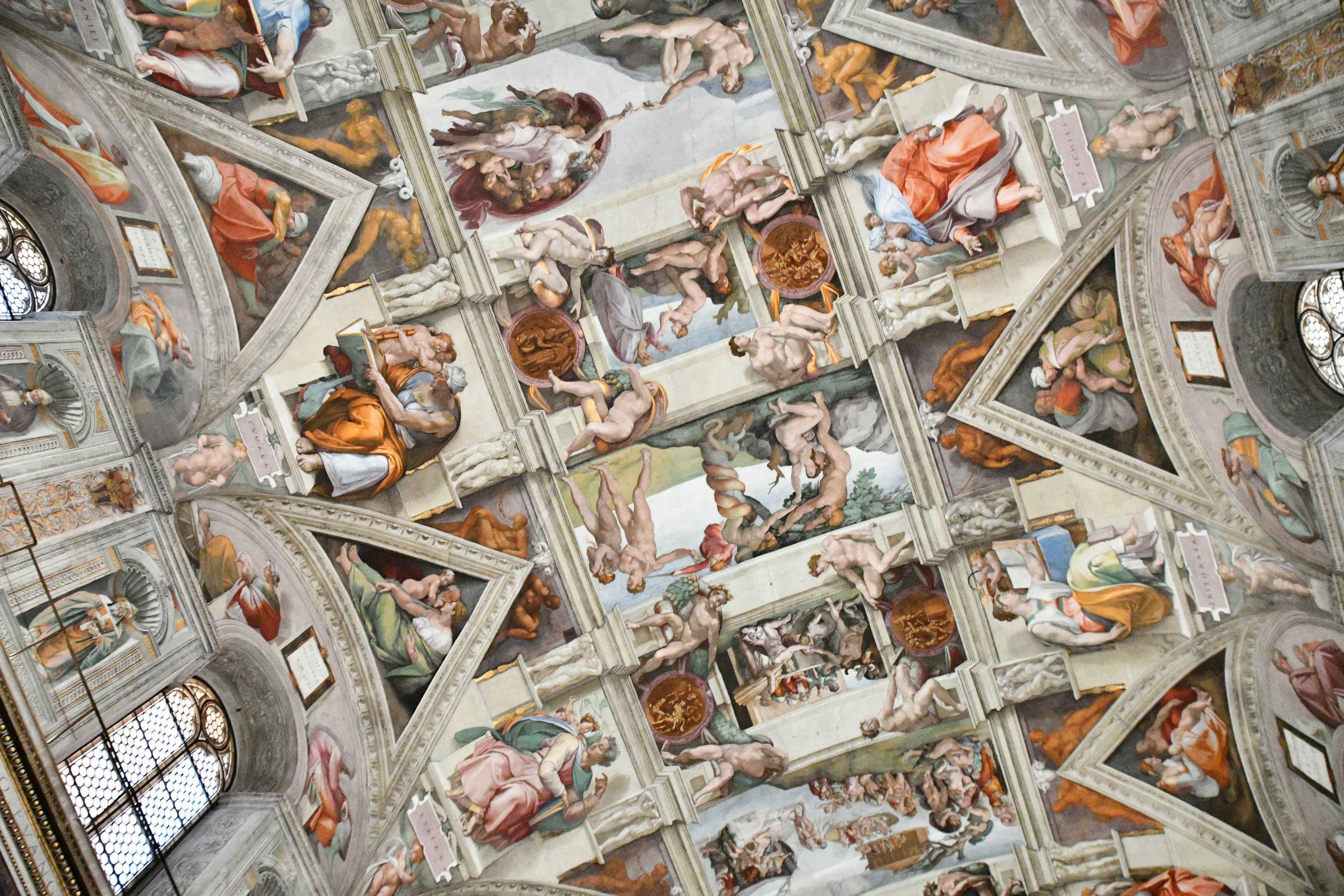
Go city sightseeing on a hop-on hop-off bus
Explore Rome on a hop-on, hop-off bus. You will see many of the city’s iconic sights from an open-top, double-decker bus.
On the hop-on hop-off bus, you’ll stop by the Vatican, Spanish Steps, Colosseum, and more with the ability to hop off the bus and explore these sights even more.
During your time on the bus, you’ll receive a set of headphones to actively listen to the narration of the sights as you pass by with audio in 8 languages.
Cost: €29.80 ($34.39)

Learn how to make pasta and dessert in a cooking class
Taking a cooking class in Rome is a fun way to connect with Italian culture while learning hands-on skills you can apply in your kitchen.
Rome has many cooking classes throughout the day, with professional chefs who will walk you through all of the stages of making a tasty dish.
Many classes include unlimited wine while you cook, and taking a cooking class is also a great way to meet other fellow travelers!
Cost: Rates typically start at $50+/person
Cooking Classes in Rome
- Fettucine Pasta Cooking Class in Rome’s City Center
- Traditional Pizza Cooking Class
- Fresh Pasta and Tiramisu Making Class with Fine Wine
Where I Ate in Rome
As a pasta and pizza lover, I looked forward to trying different foods in Rome and had some interesting experiences.
In this section, I’ll share all the restaurants I visited in Rome and how I felt about the food at each place.
Disclaimer: I can be spontaneous in how I navigate food scenes when traveling. What someone considers “good food” is subjective, so I usually don’t seek recommendations beforehand.
I usually walk into restaurants and hope for the best 🙂
I also did not make any reservations for restaurants other than the rooftop I visited. I would often just walk in and be able to get a seat.
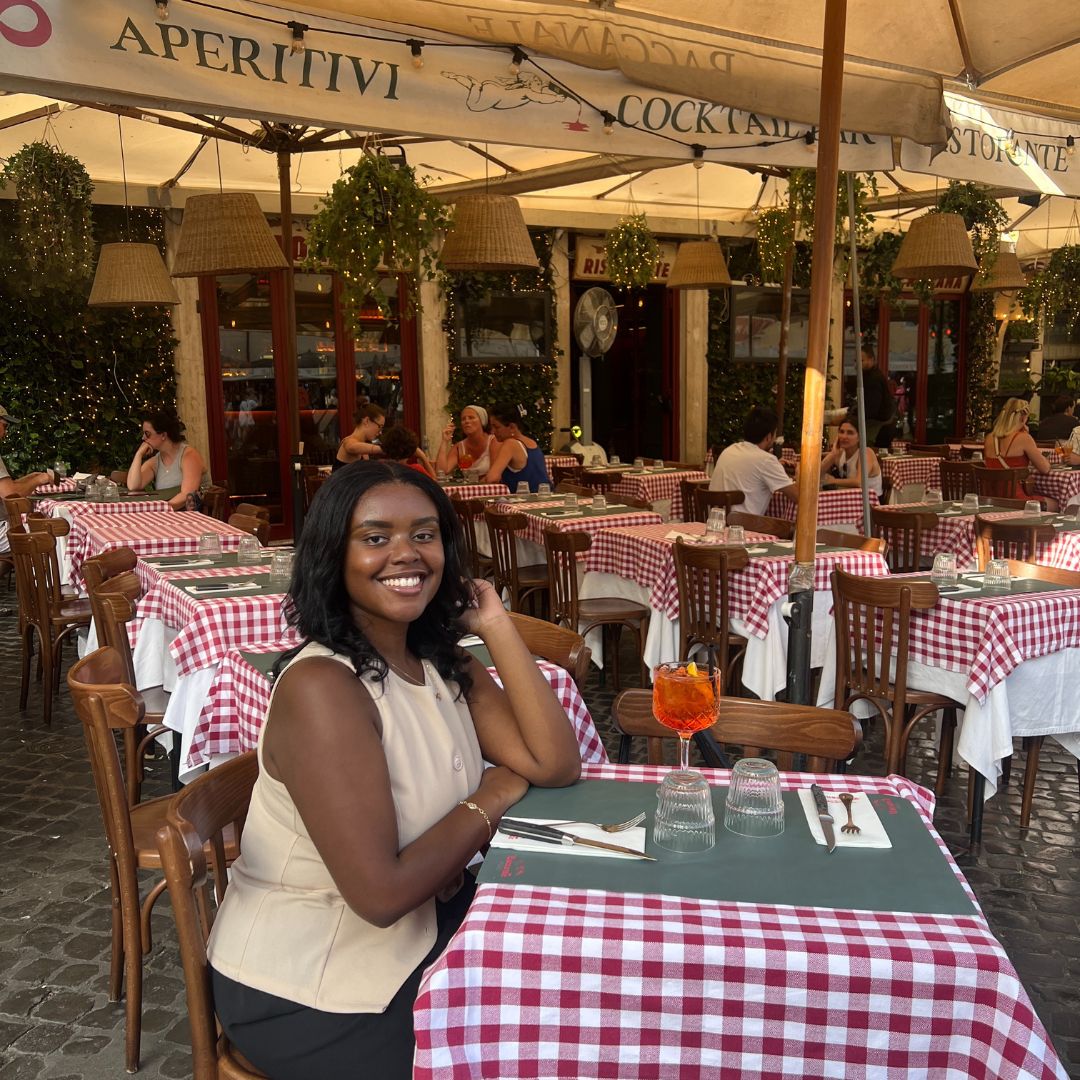
Hanna’s Ristorante Roma
I had my first official meal in Rome at Hanna’s Ristorante Roma, and it did not disappoint.
It’s a one-minute walk from the Trevi Fountain. I found it while walking from the attraction and decided to stop and have lunch, as I loved the restaurant’s location and the outdoor seating layout.
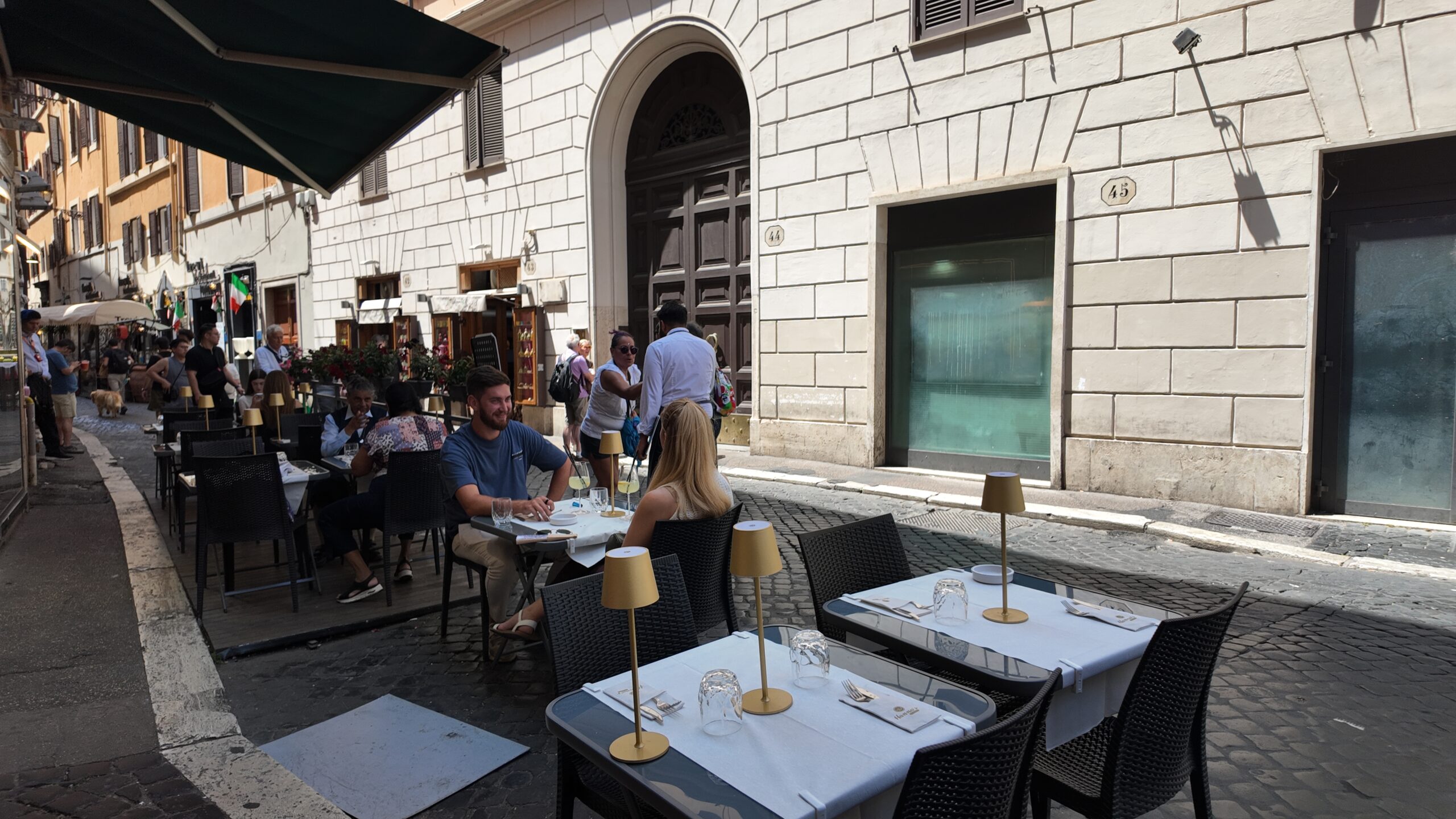
It’s located in an alleyway, with tables set up. There are great people-watching opportunities, as plenty of people are walking by.
I ordered fettuccine bolognese with an Aperol spritz, and I am not overexaggerating when I say this is the best pasta I have ever had. I’m so glad this was my first meal in Rome.
The portion was huge, and I didn’t finish it, but it was so delicious.
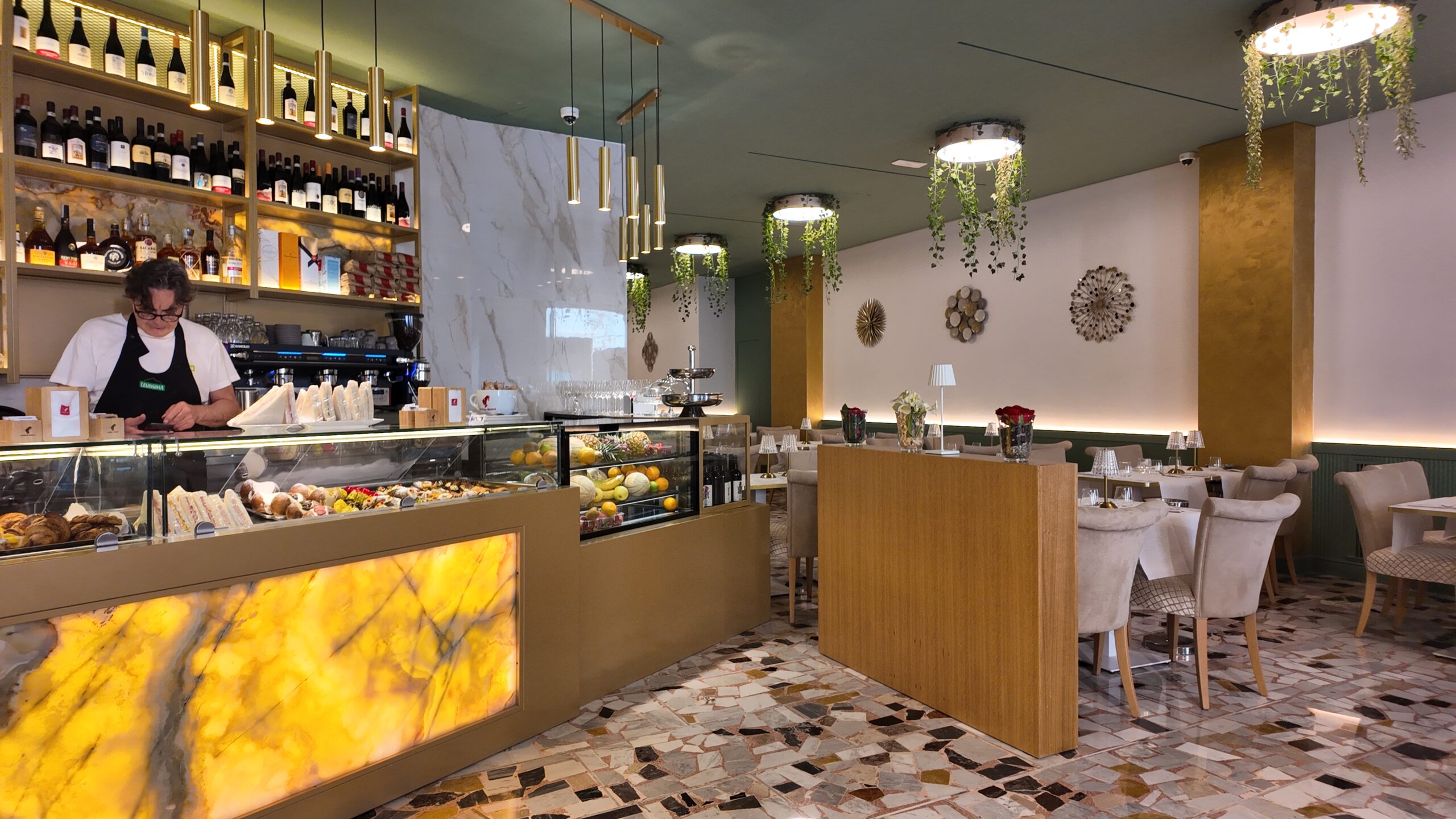
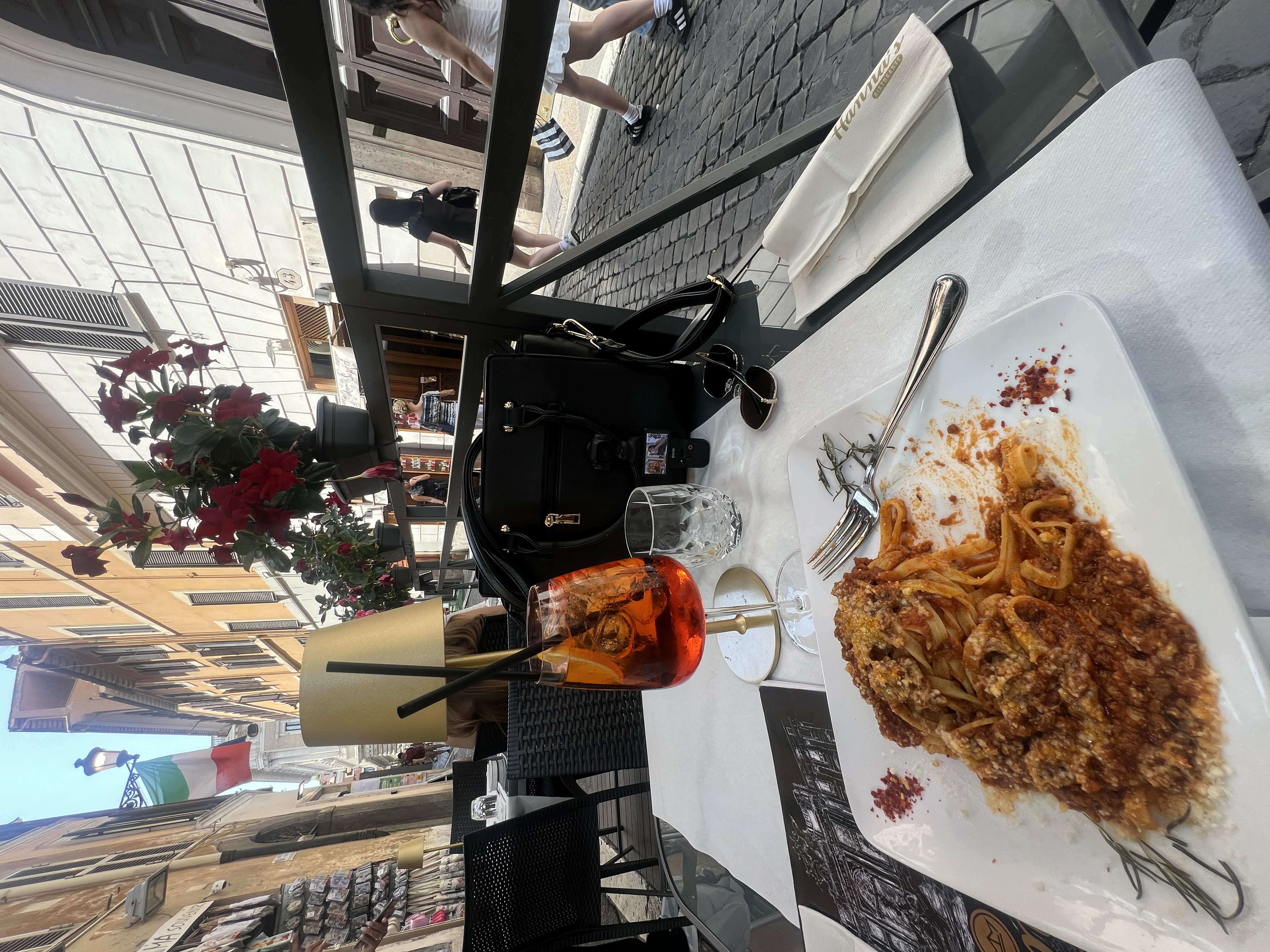
The service was amazing, and the servers actively engaged in conversation with me beyond the food. This is a restaurant I would love to go back to in the future!
Meal Ticket:
- Fettuccine alla Bolognese €16 ($18.44)
- Aperol Spritz €9 ($10.37)
AcquaRoof Terrazza Molinari
Wanting to experience my first aperitivo in Rome, I knew a beautiful rooftop bar would set the vibe for what I was looking for, and AcquaRoof Terrazza Molinari provided just that.
The rooftop bar, part of the First Arte Hotel, is known for its fish-based Italian cuisine and provides stunning views of Rome from above.
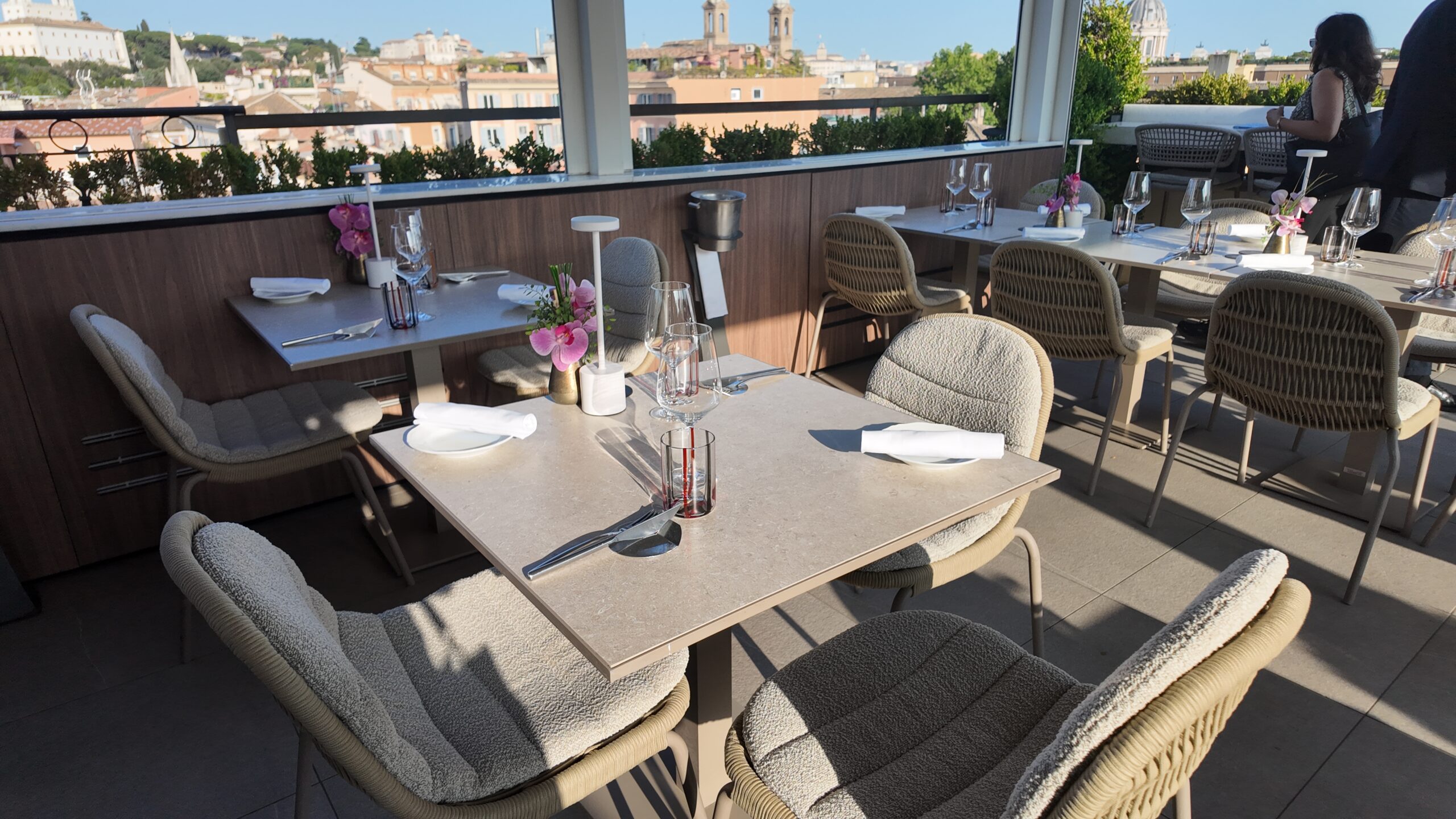
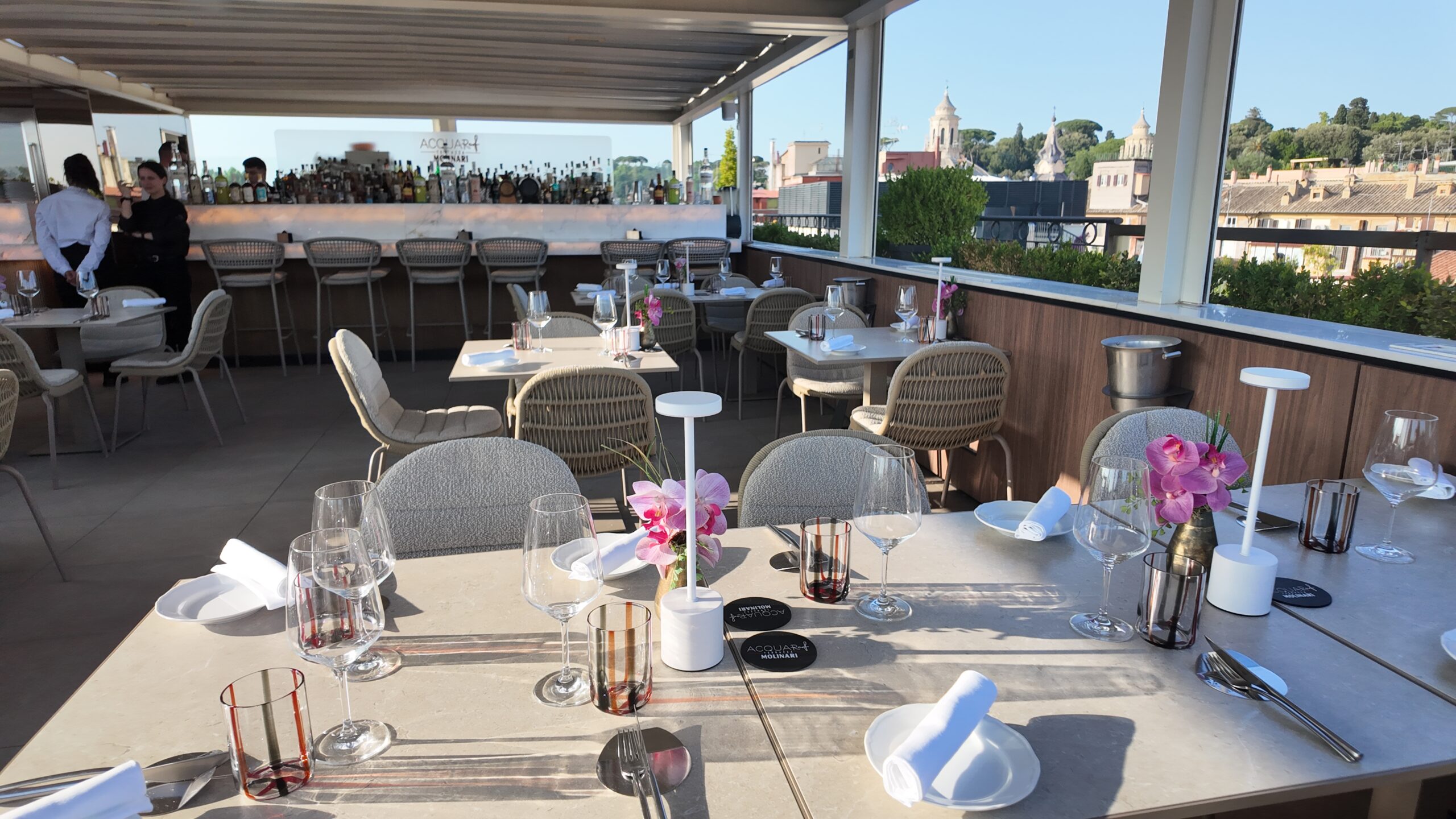
I went solely for aperitivo, and the rooftop does not accept reservations, so I was nervous about it being full. However, I went around 6:30 p.m. in early June with a friend, and we were the only people there. As the evening went on, more people came slowly.
An aperitivo is a drink or light meal served before dinner in Italy. Depending on the drink, small plates of snacks are typically served.
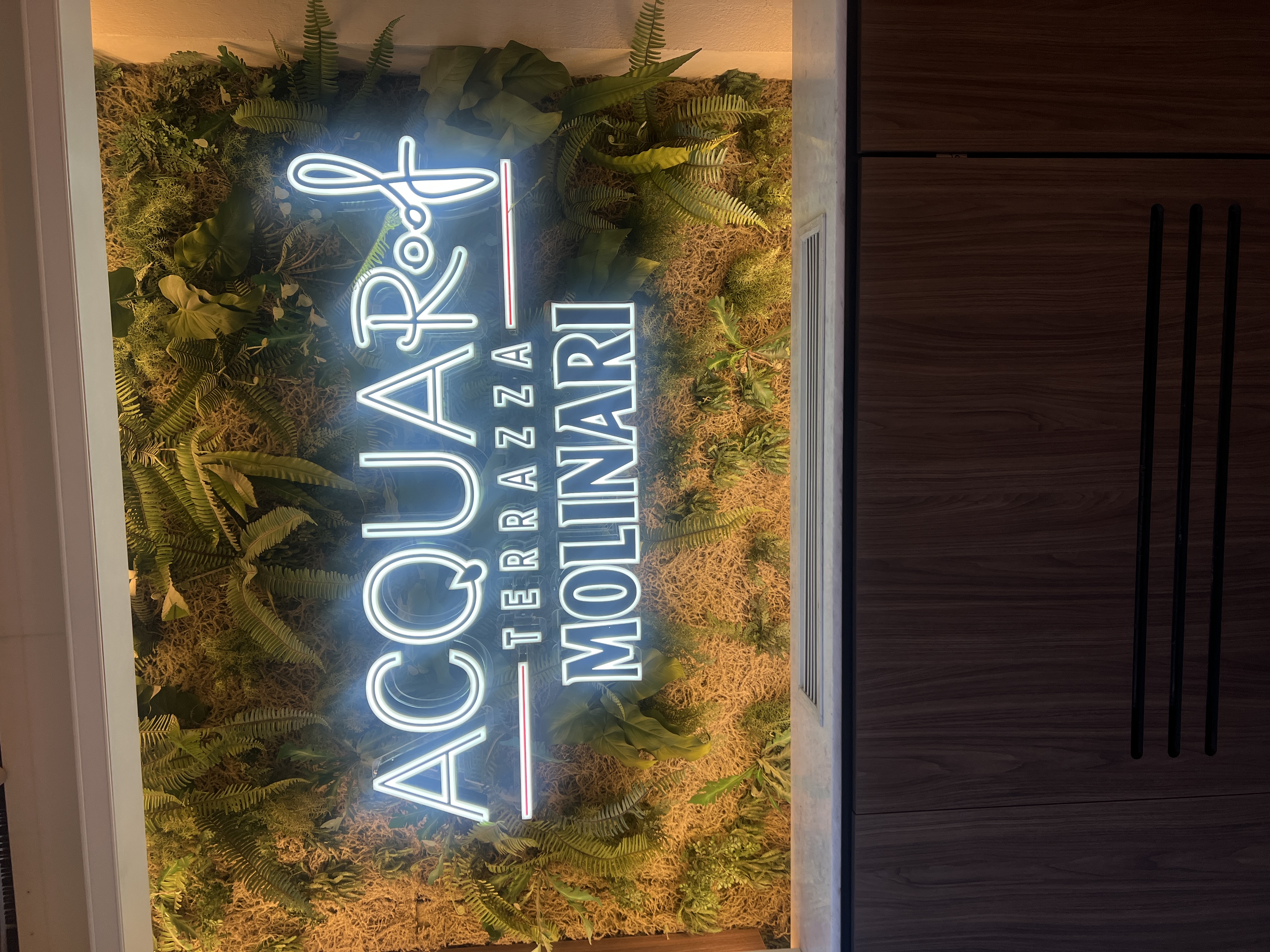
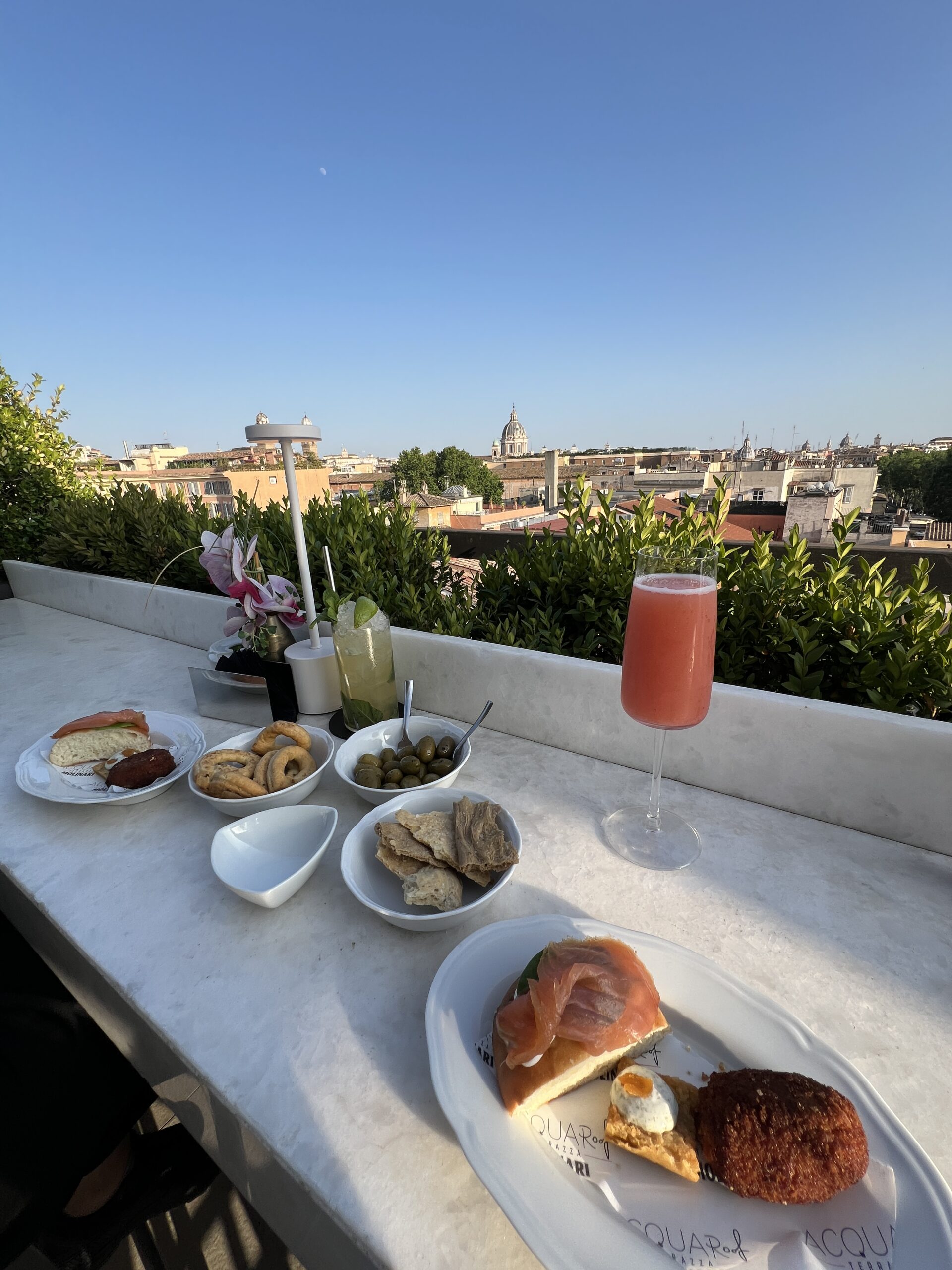
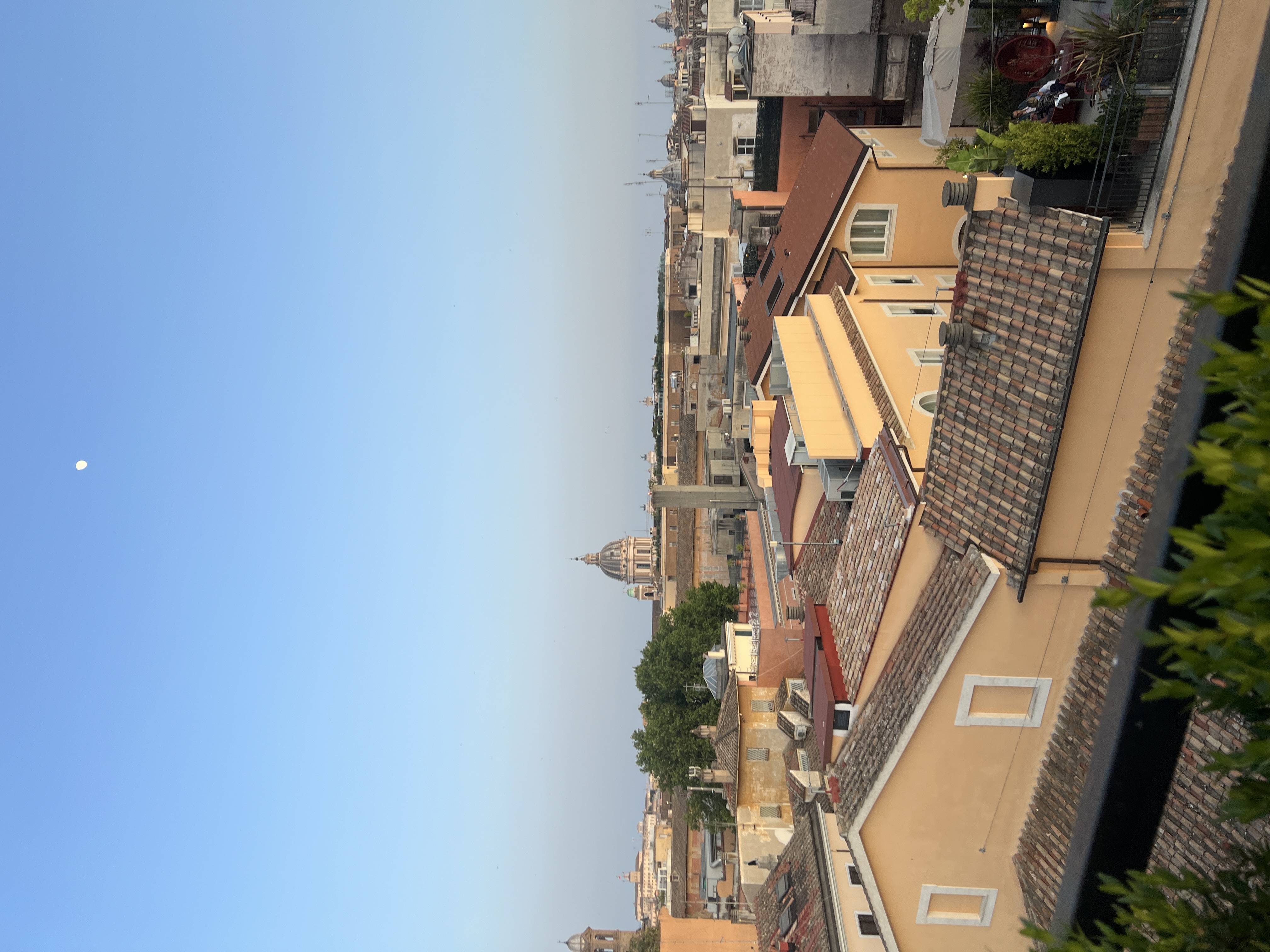
The ambiance of this rooftop bar was elevated, and I would be willing to visit again and have a full dinner here.
Meal Ticket:
- Bellini Cocktail €20 ($23.05)
Cambio Trastevere
Cambio Trastevere is a restaurant in the Trastevere neighborhood of Rome that I visited due to its breakfast menu.
Breakfast in Italy is usually light, with a sweet pastry and coffee being the typical go-to.
Usually, this would be perfect for me as someone who has a light breakfast if I have breakfast at all, but I wanted to see what a place serving a bit more would be like as they had options like pancakes listed on their menu.
I ordered a pancake meal with eggs, bacon (removed), and maple syrup.
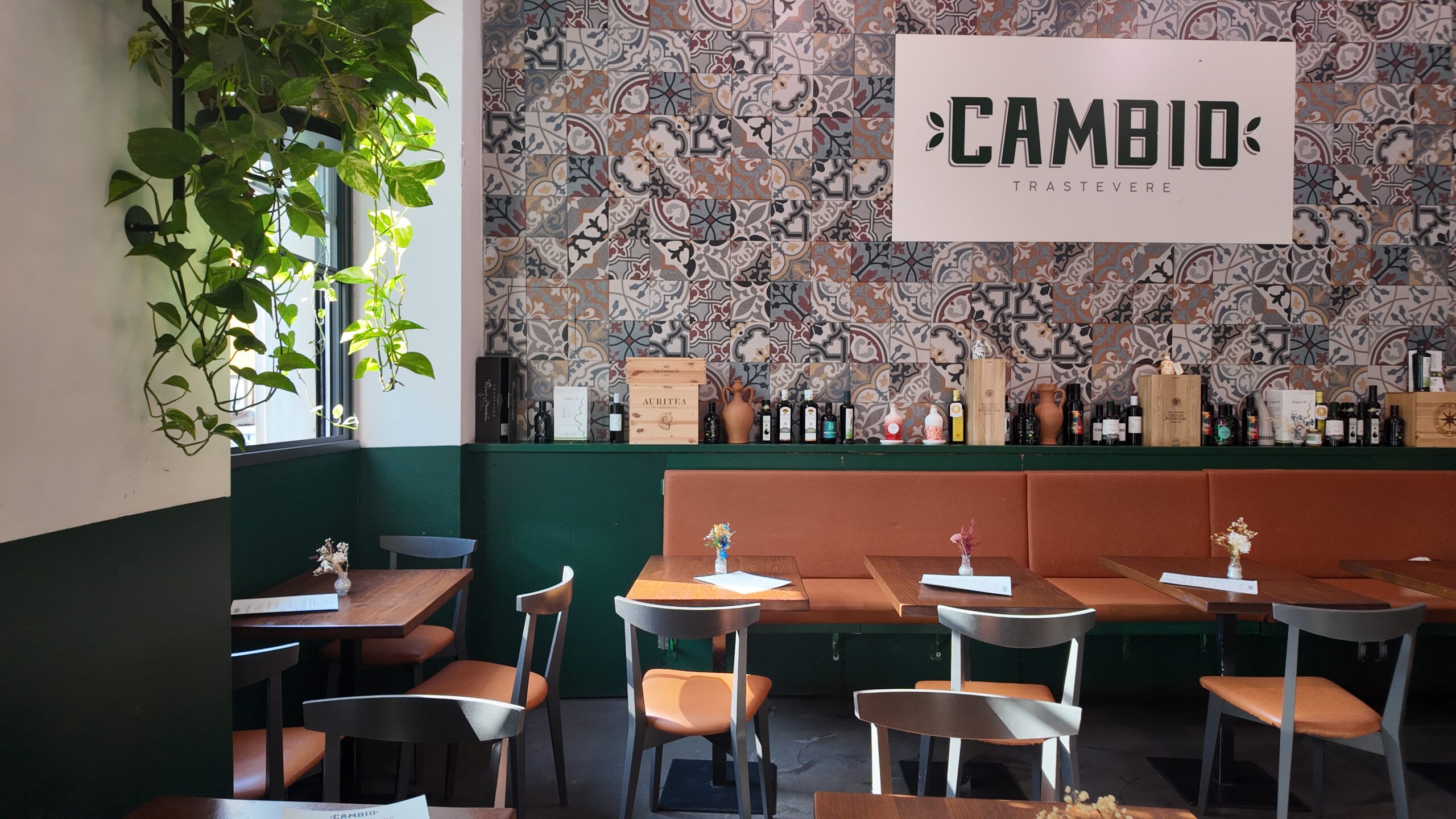
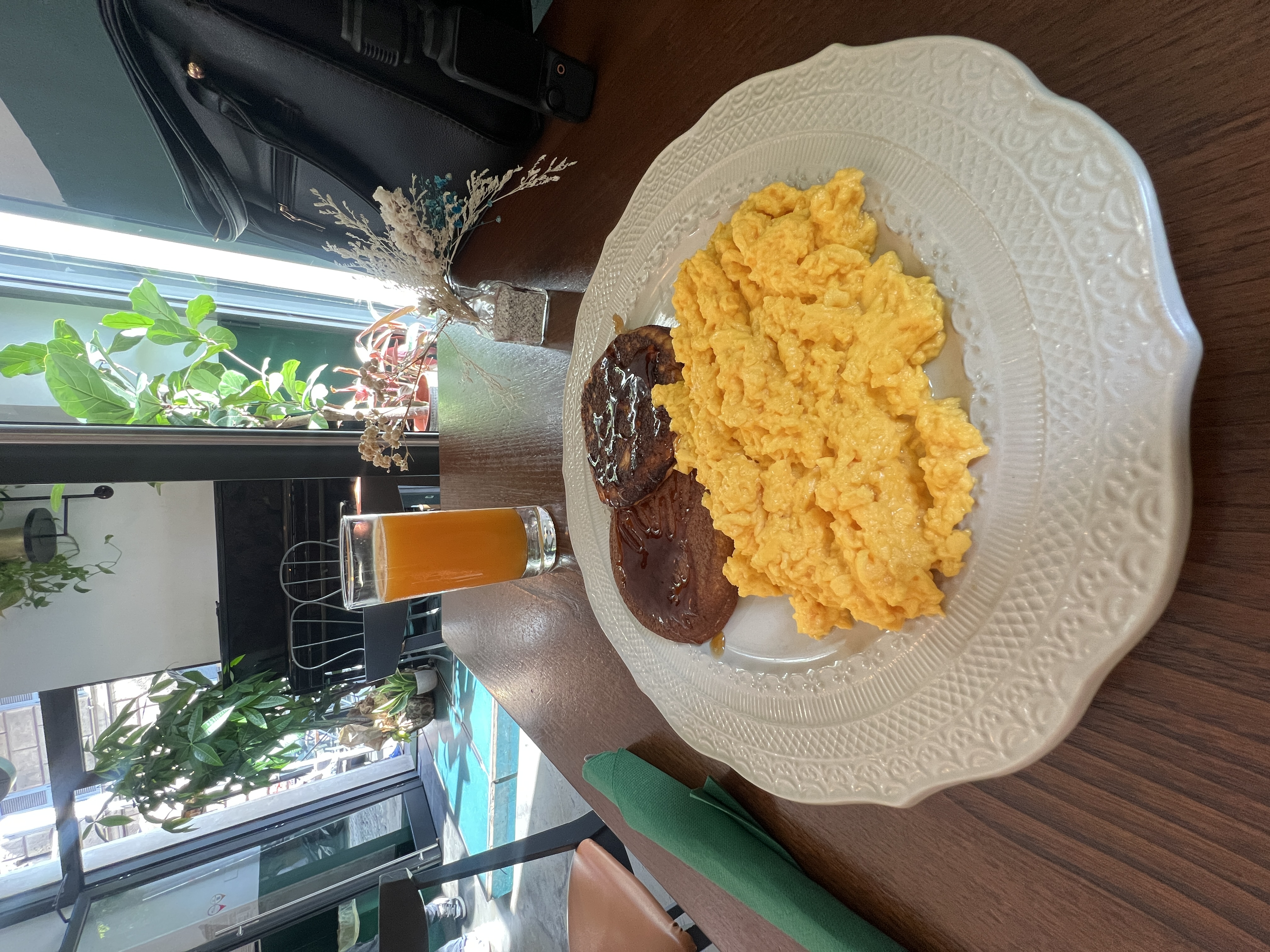
I was disappointed with my meal, as my pancakes were a bit hard, and the eggs lacked flavor. So, I didn’t have the best experience here, but I can say the service was great.
Meal Ticket:
- Pancake Meal €14 ($16.13)
- Orange Juice €5 ($5.76)
Rosamunda’s
This cozy, quaint pizza restaurant was found while on another one of my walks in the city. It caught my attention due to its display of various pizzas, as I had not yet tried pizza in Rome.
The portion was larger than I expected and tasted fresh, but it did not blow my mind as one of the best pizzas I’ve ever had, but it was great for a quick bite.
The restaurant also serves various pasta dishes, and I would like to try one.
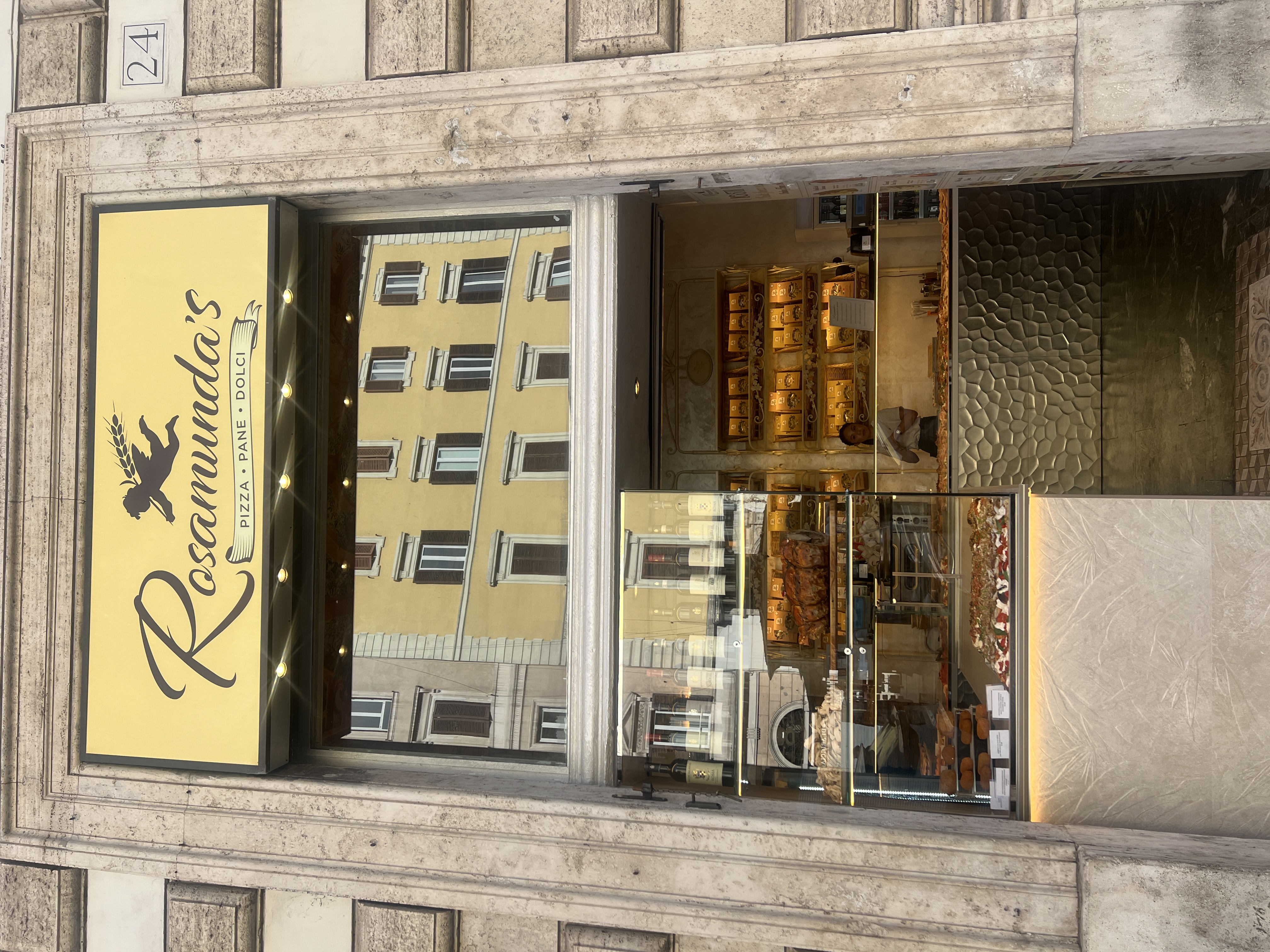
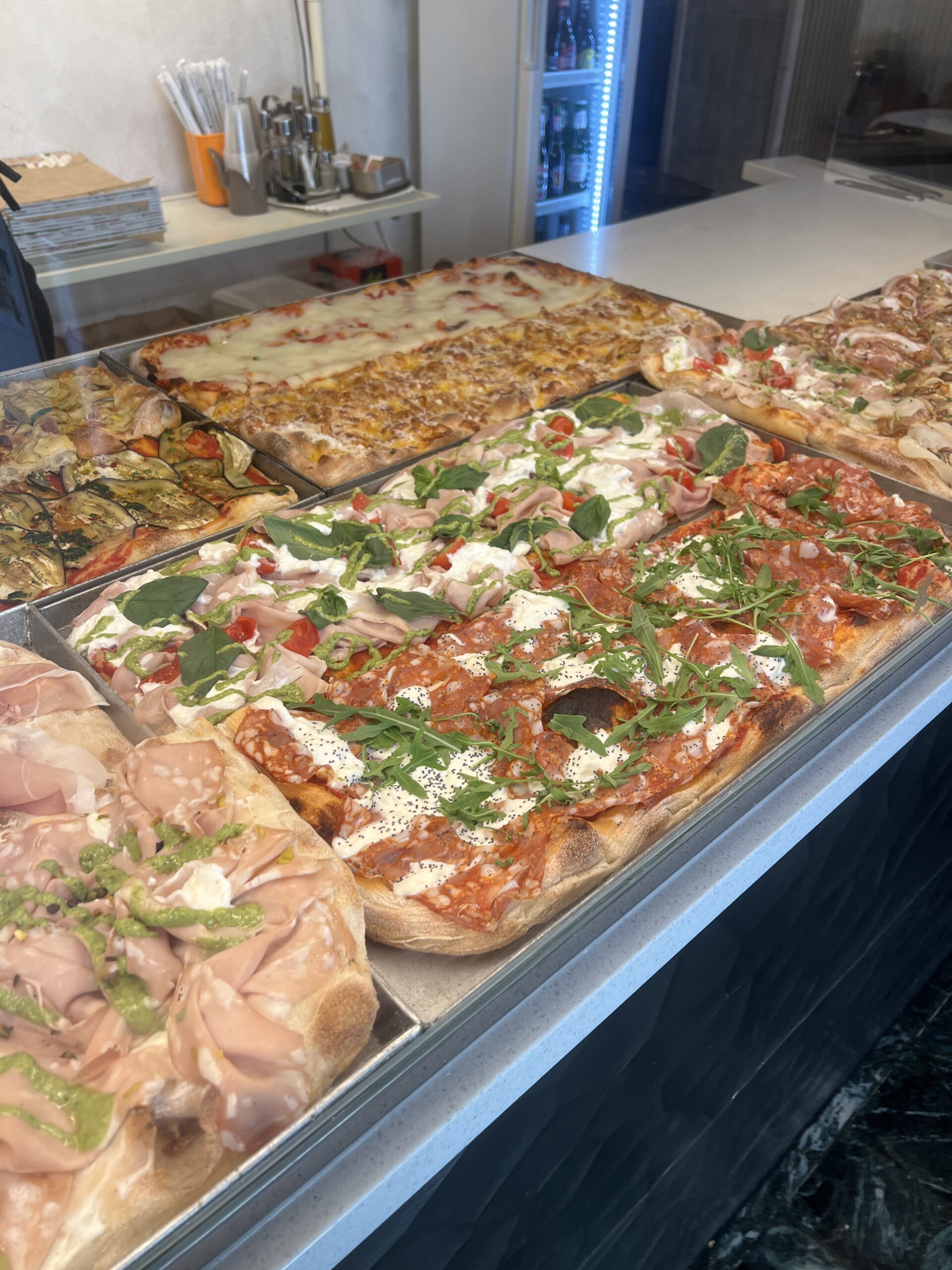
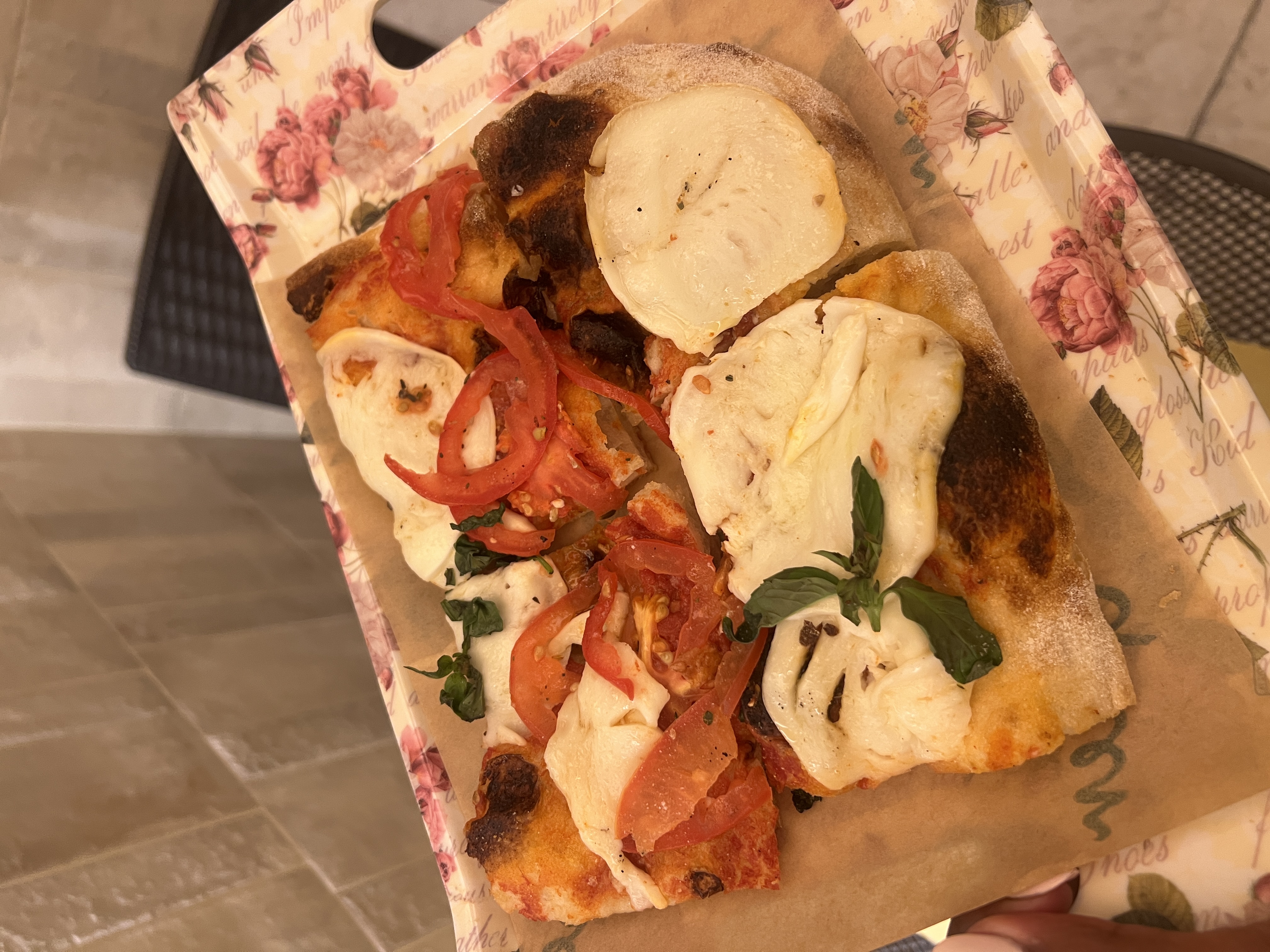
Meal Ticket:
- Pizza Slice €8 or €10 ($9.22 – $11.52)
Baccanale
Baccanale is a restaurant I came across while exploring Piazza Navona and decided to have an early dinner.
It could have a lot to do with what I ordered, which was gnocchi, but I found the dish very bland and barely touched my plate.
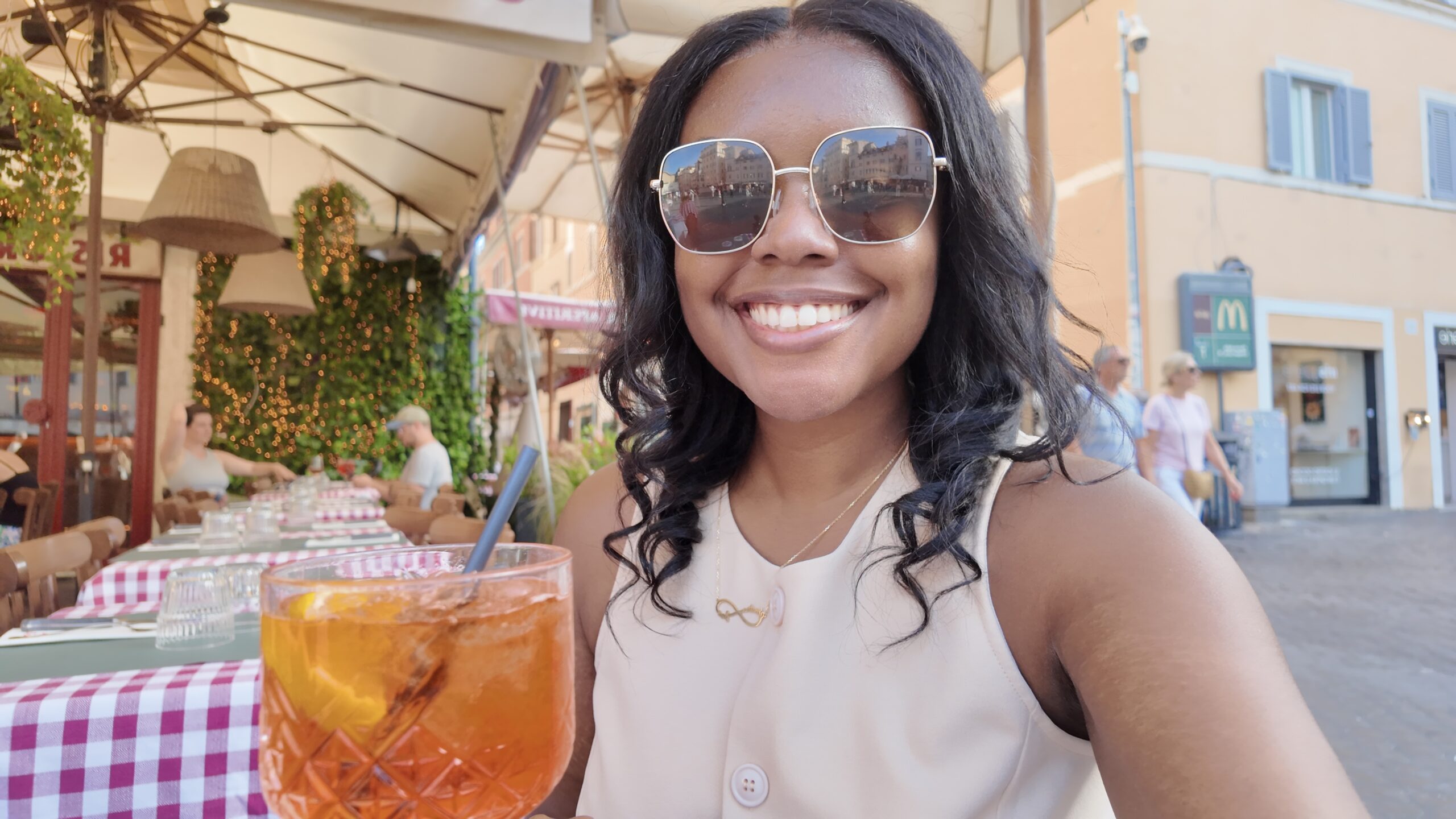
The staff was very kind and offered to swap my meal for free, but I was not hungry and decided to pass.
While I didn’t enjoy my meal, I absolutely loved the location and setup of the restaurant. It faces all of the action of the piazza and really gave me that “pinch me, I’m in Rome” feeling.
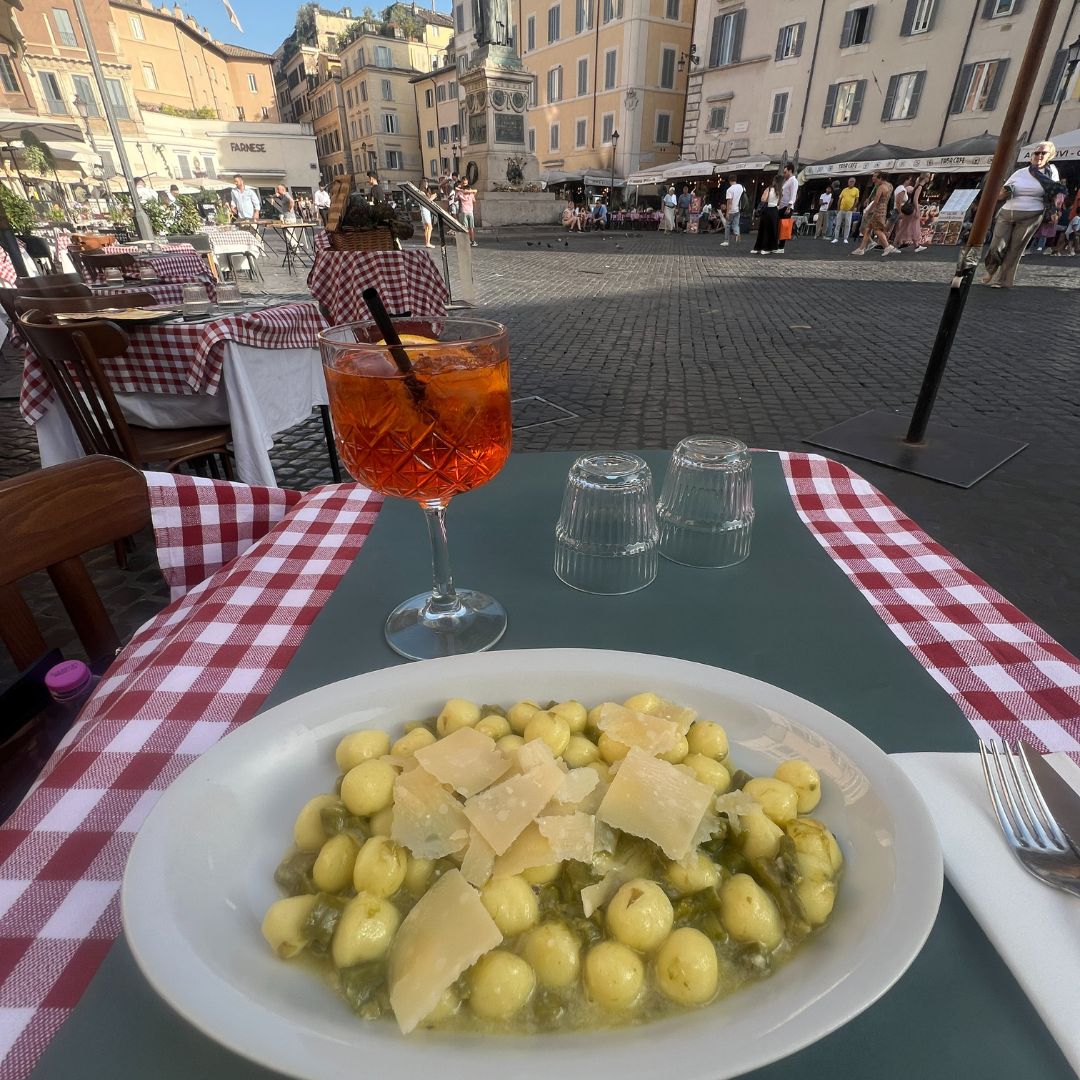
I would return and try another meal or even just come for aperitivo!
Meal Ticket:
- Gnocchi
- Aperol Spritz Drink
Pancia Felice
Wanting to try my first official pizza in Rome, which was not just a slice, I found Pancia Felice with a quick Google search and decided to try it.
The eatery is in the heart of Rome, and the name translates to “Happy Belly,”
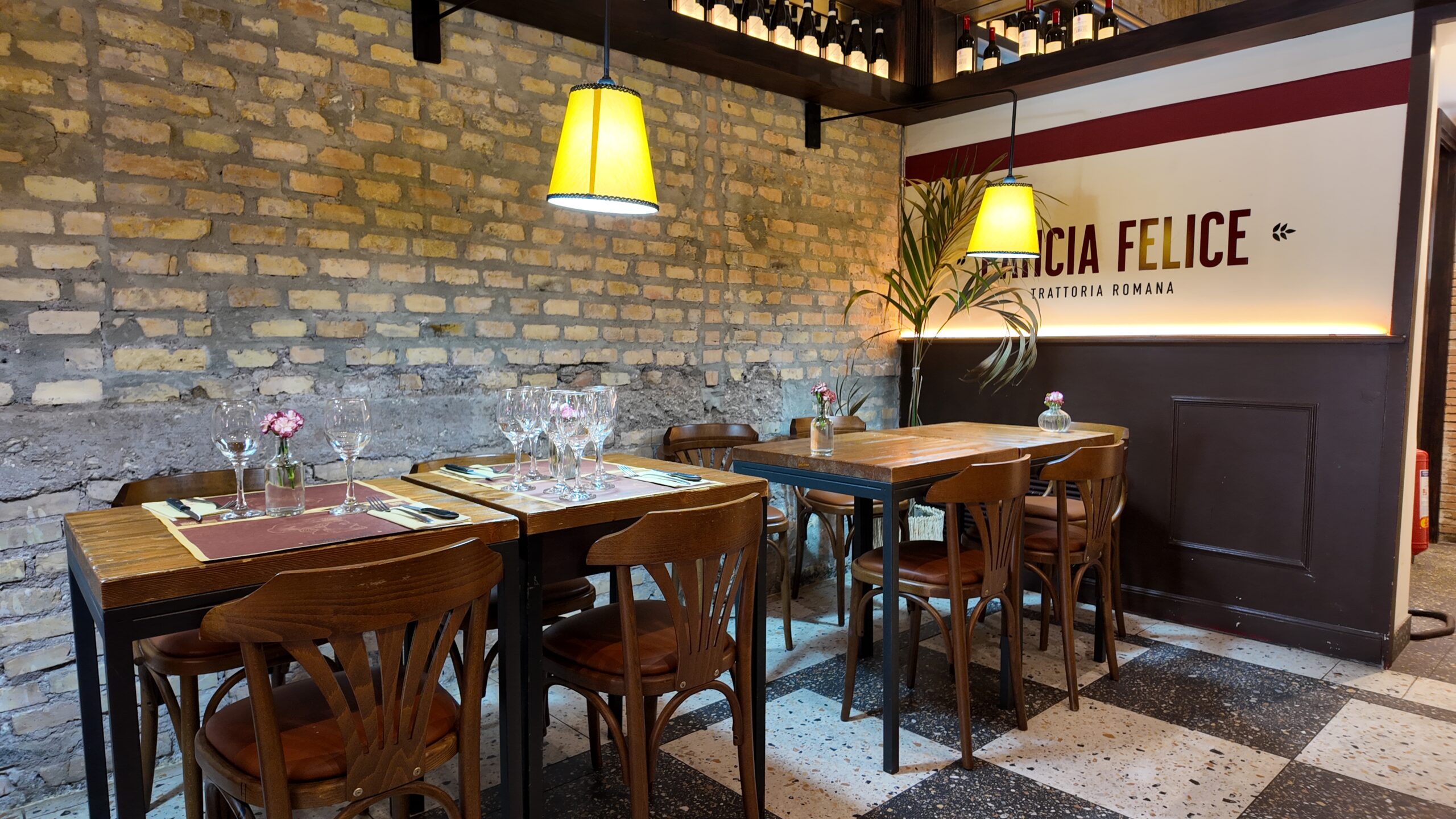
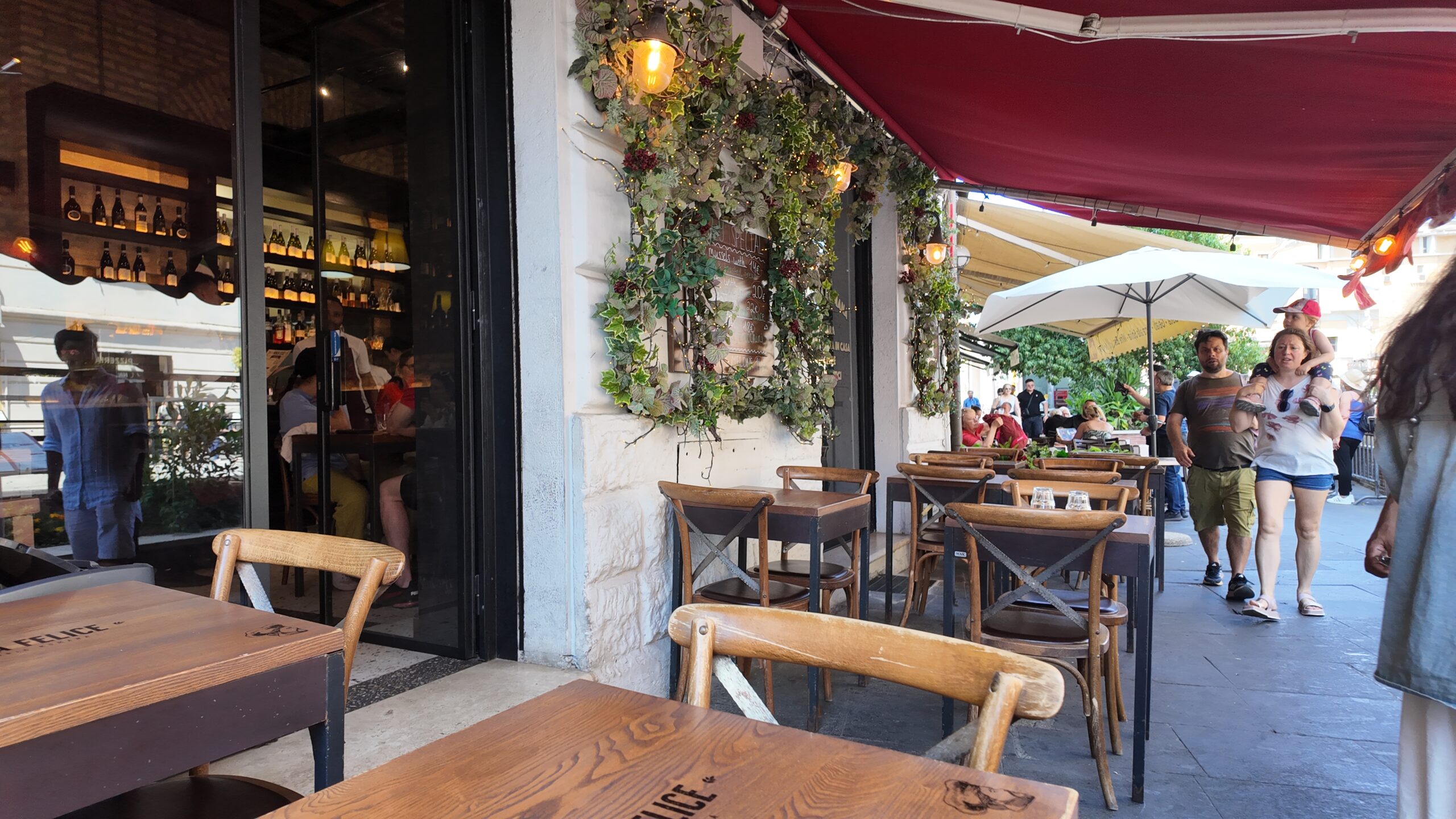
The genuine hospitality at this restaurant stood out to me, with my server making my experience even more fun.
I ordered a pizza margherita with a refreshing bellini. Honestly, the pizza did not blow me away. I feel like I’ve had better pizza in the U.S. and my current home, Doha.

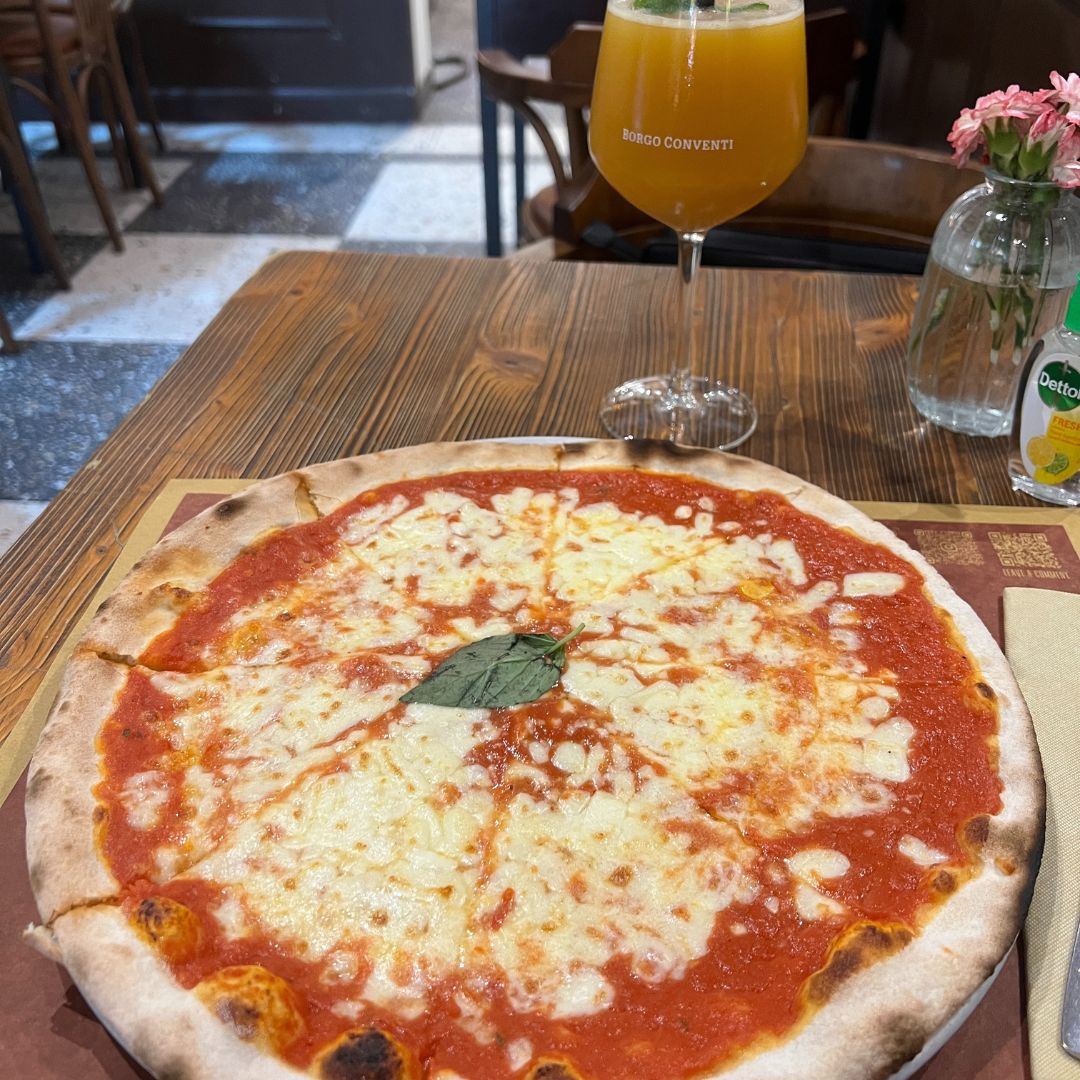
I don’t know if the ingredients are more fresh but it did not hit the spot for me.
Meal Ticket:
- Pizza Margherita €10 ($11.52)
- Bellini €10 ($11.52)
Mr 100 Tiramisu
Serving over 100 flavors and variations of tiramisu, Mr. 100 Tiramisu is a great stop for dessert or when craving a sweet treat.
Adding toppings like candies, fruit, nutella, and more youll have a big decision to make when it comes to trying to figure out how to choose just ONE out of the one hundred options available.
I chose the Peanut Butter and Nutella option, which was delicious.
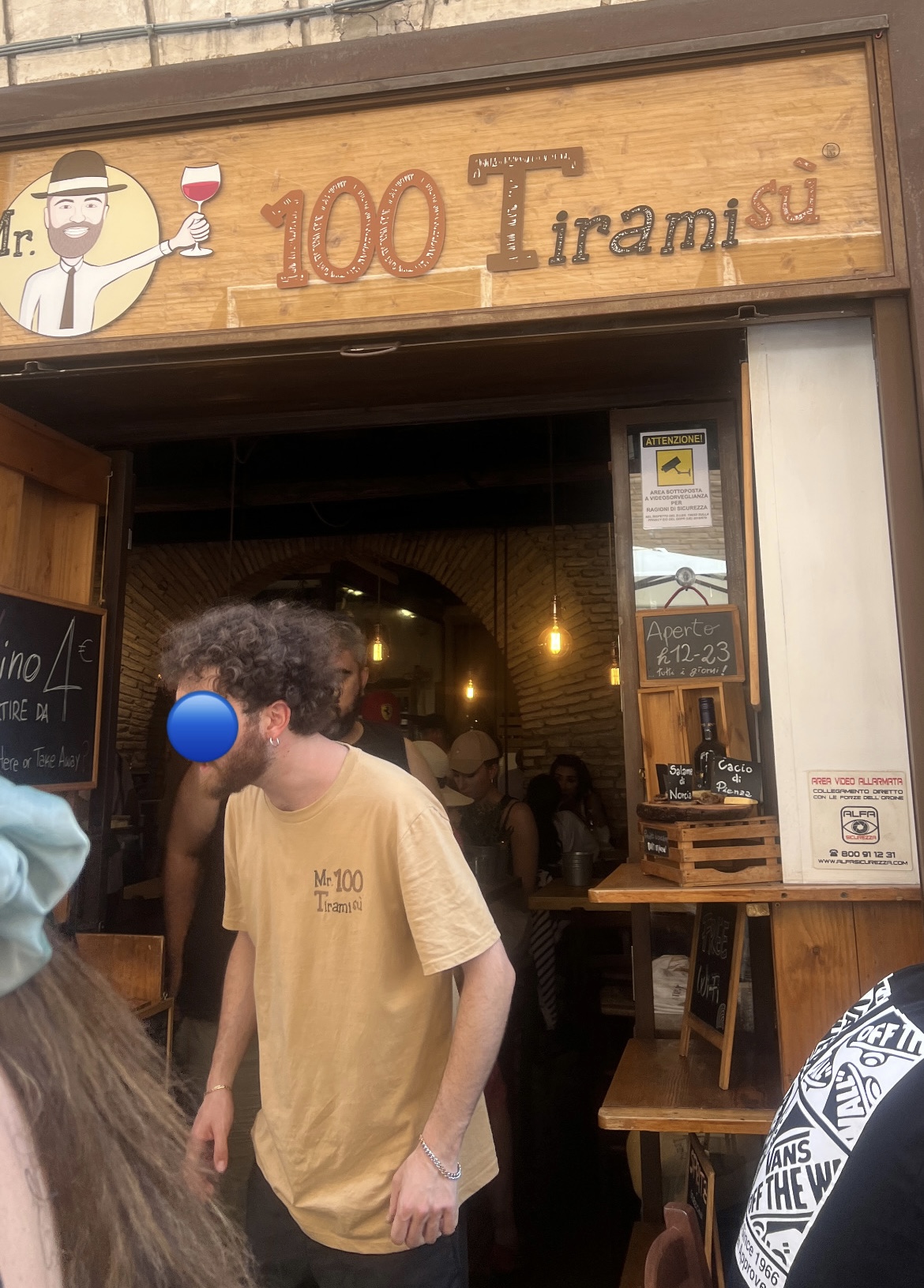
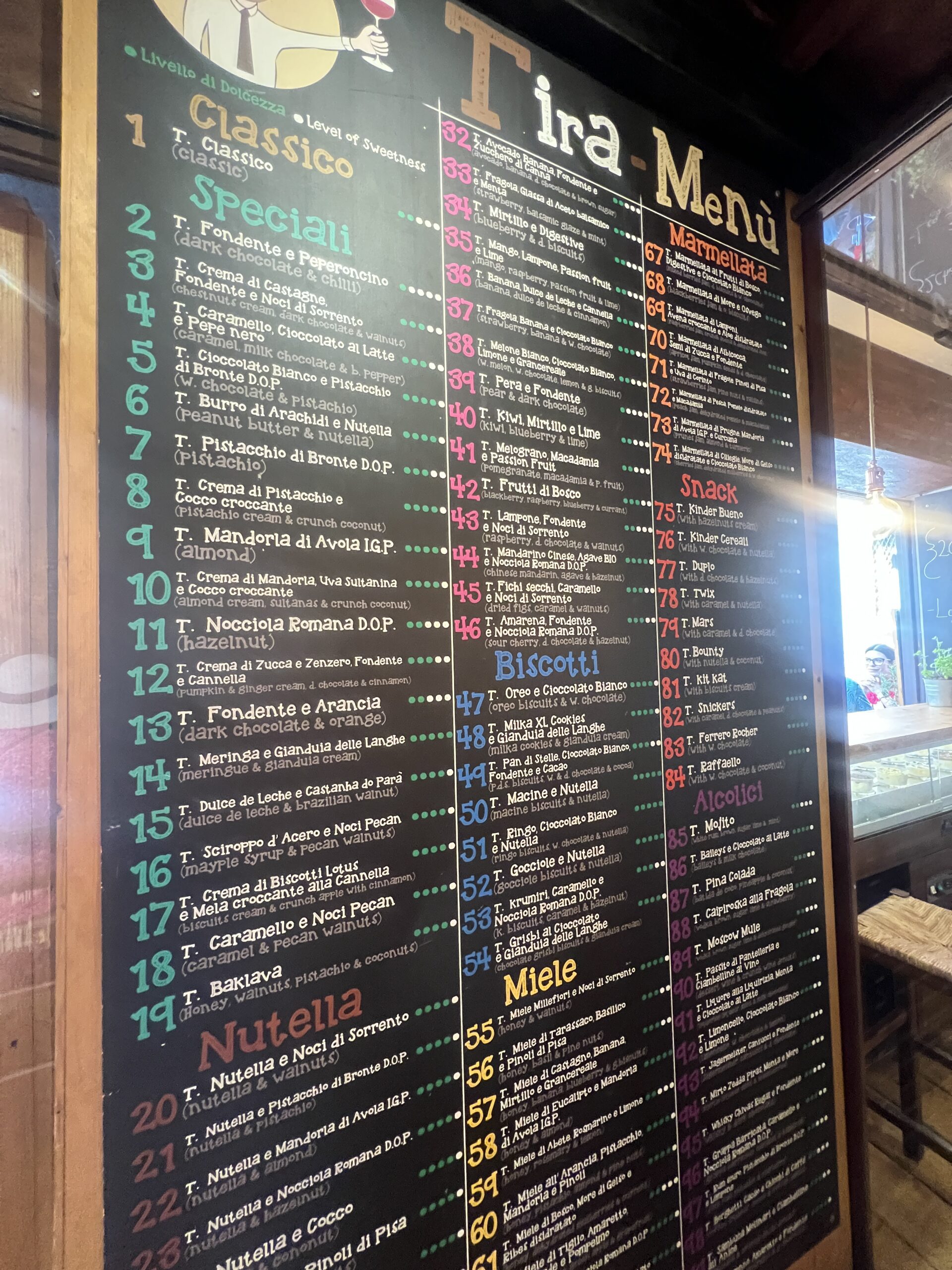
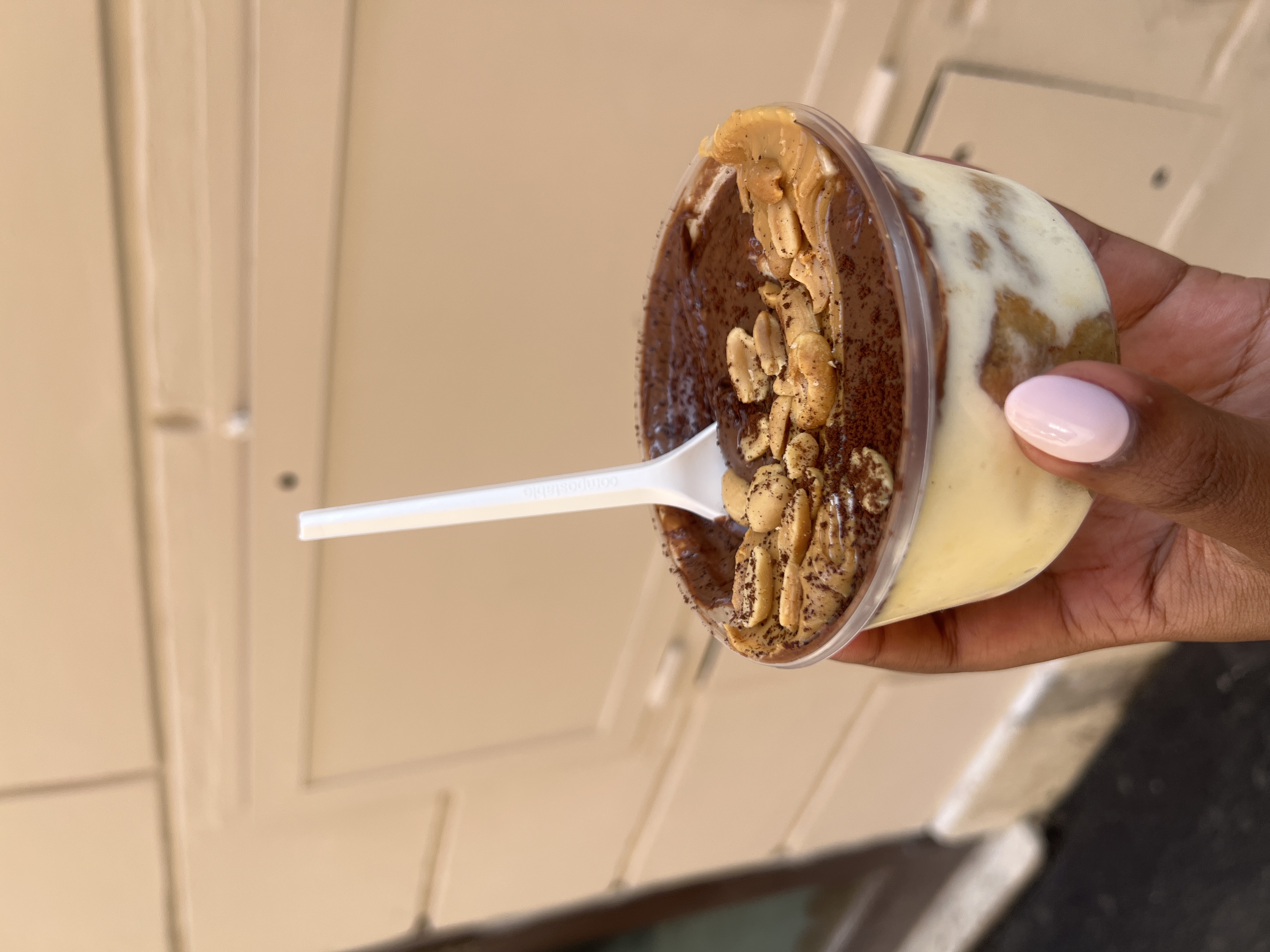
Seating is very limited inside and outside the shop, so I would plan to walk around with your cup!
Meal Ticket:
- Tiramisu Cup €10 ($11.52)
Frequently Asked Questions
Is Rome safe for tourists?
Rome is a safe destination for foreigners and tourists.
There are always many police officers roaming around the city and on the streets.
You will most likely have to worry about being pickpocketed. Always be aware and attentive of your belongings and make sure the zippers on your bags are zipped.
What is the best time to visit Rome?
The best time to visit Rome depends on your desired experience in relation to the weather and the number of tourists in the city, as there are low and high tourism seasons.
The weather is more pleasant, with fewer crowds in April–June and September–October.
You can expect the most tourists in July & August, which is also very hot.
The low season is considered to be November–March when the weather is cool, but there are fewer tourists, and things tend to be less expensive as a result.
Are the fountains in Rome safe to drink from?
Rome has small public fountains called nasoni that you can use to refill your water bottle.
You will know what they look like because they usually run continuously (at least the ones I saw).
These are safe to drink from and are fresh and usually cool.
The water comes from natural springs and is monitored for quality by city authorities.
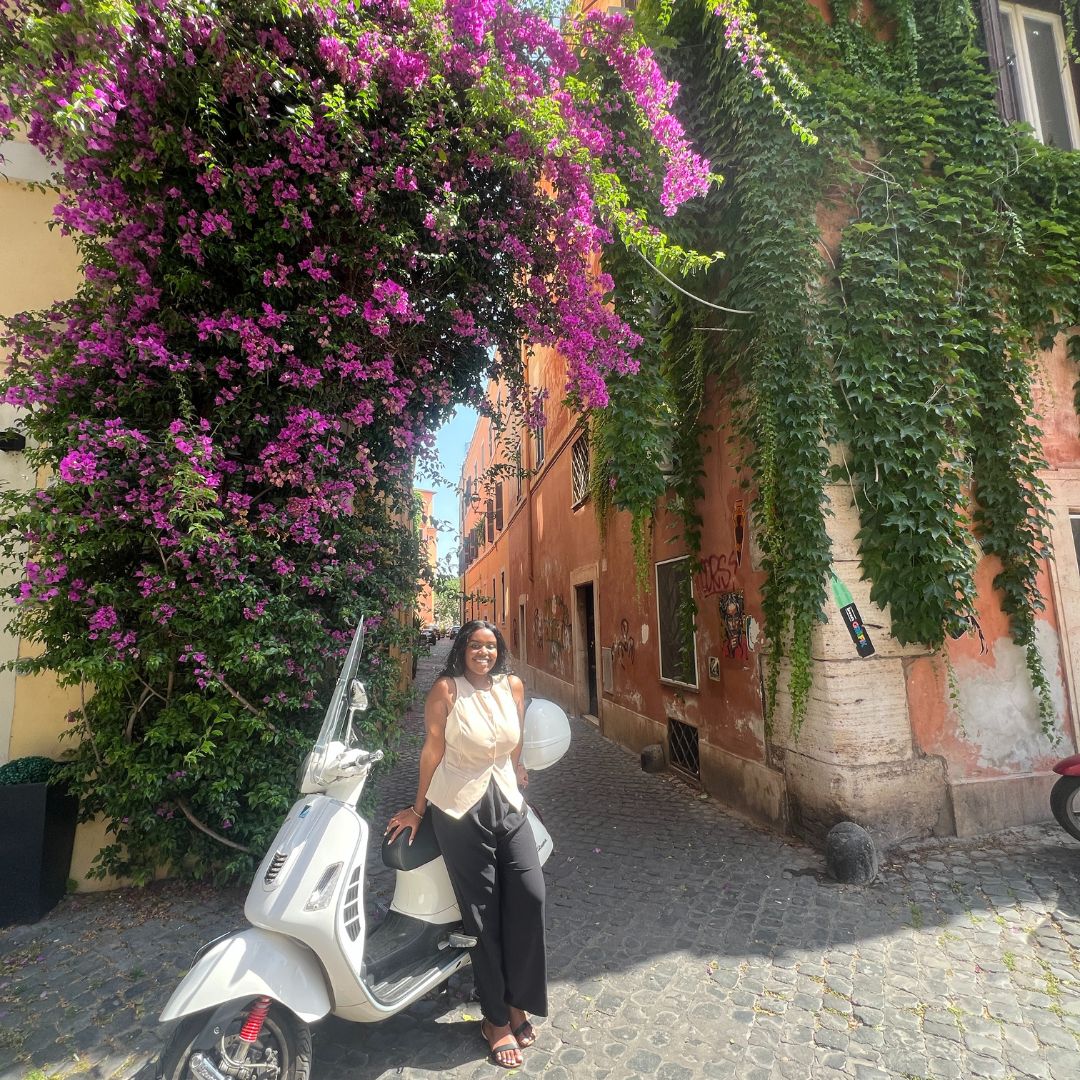
Final Thoughts on Rome
I greatly enjoyed my time in Rome and would definitely visit again or even take advantage of long layovers in the city.
Rome is a city that you can visit over and over again and still see something new every single time, and I look forward to discovering it slowly throughout the rest of my travels and time on this earth.
As someone who has not prioritized travel around Europe, Italy was really my first intentional tourist trip on the continent, and it started beautifully with Rome.
I think Rome is best done with a travel partner, but as a solo traveler, I felt completely fine navigating the city alone and still enjoyed my time there.
Rome is definitely the most touristy city I have visited so far, as the number of tourists outnumbered the locals.
I hope that this Rome travel guide helps you on your journey to exploring Rome and making great memories.










